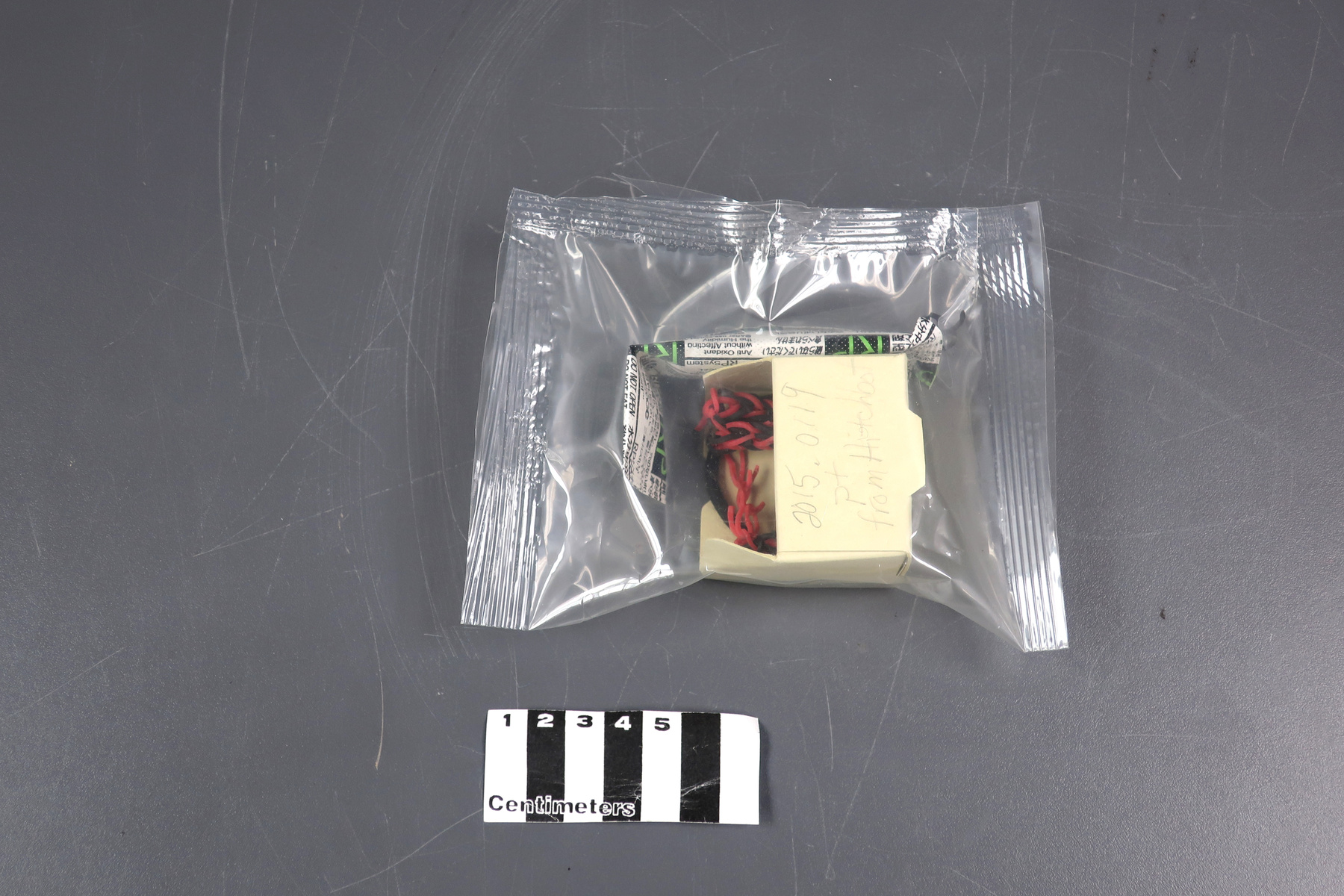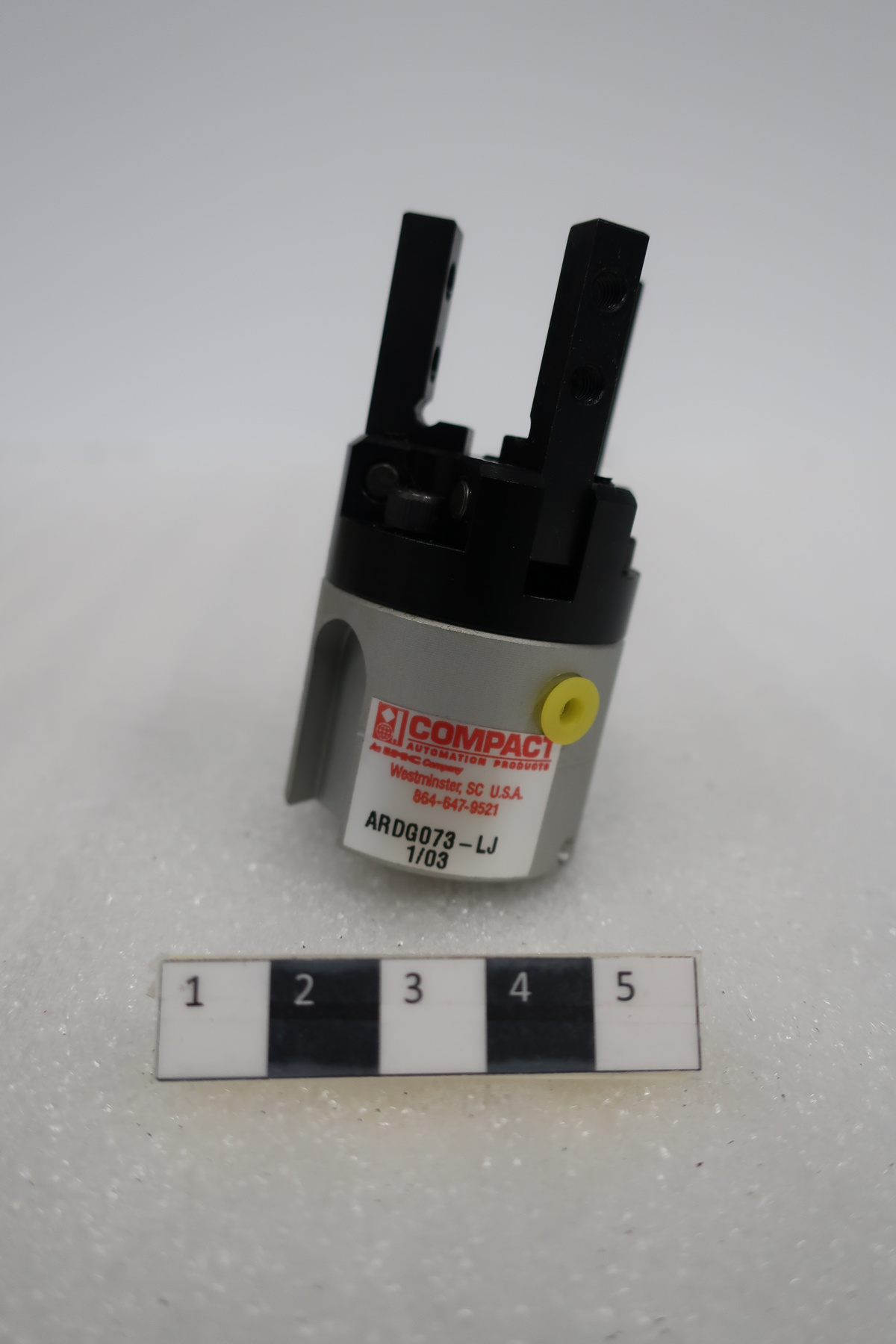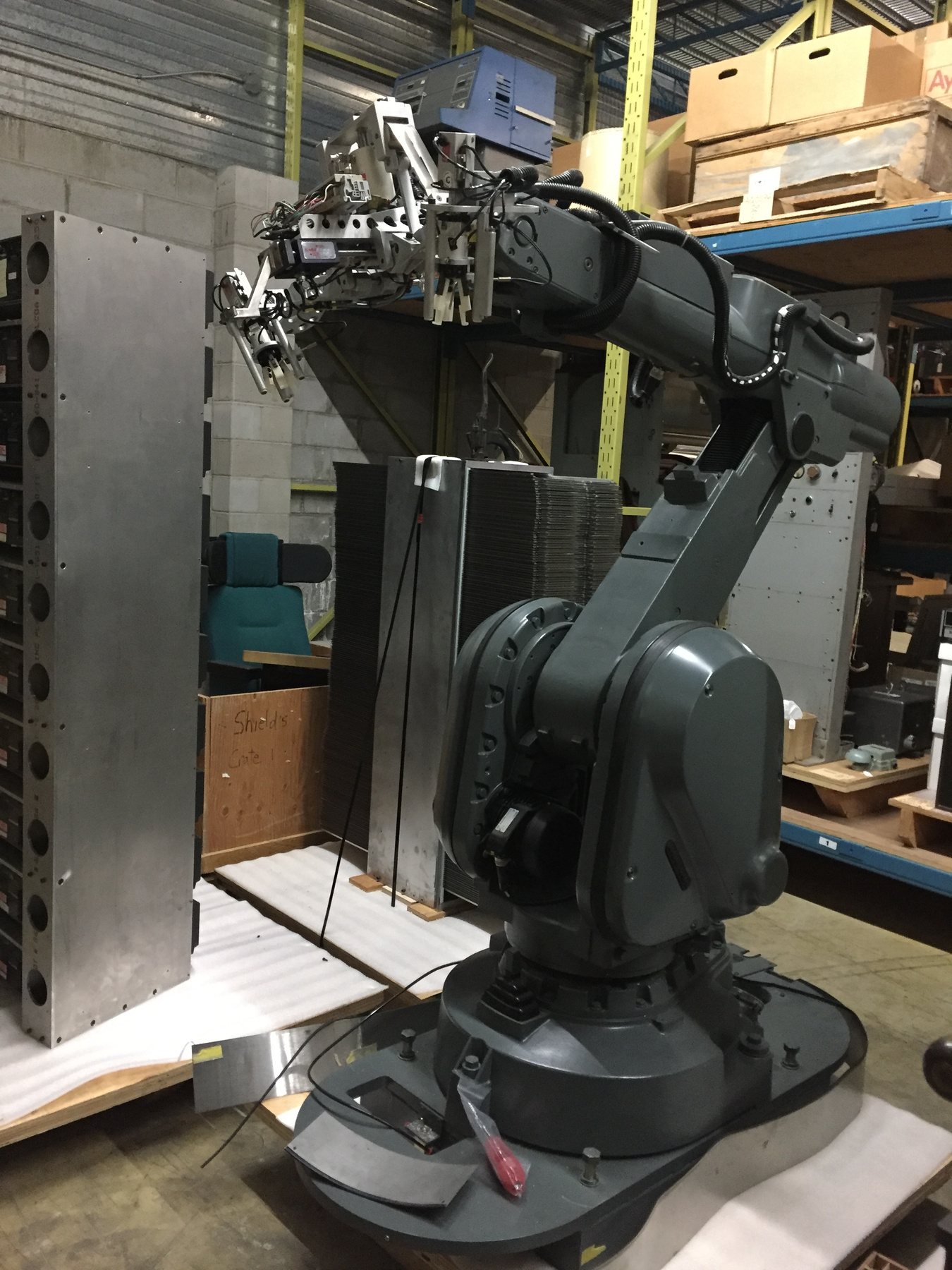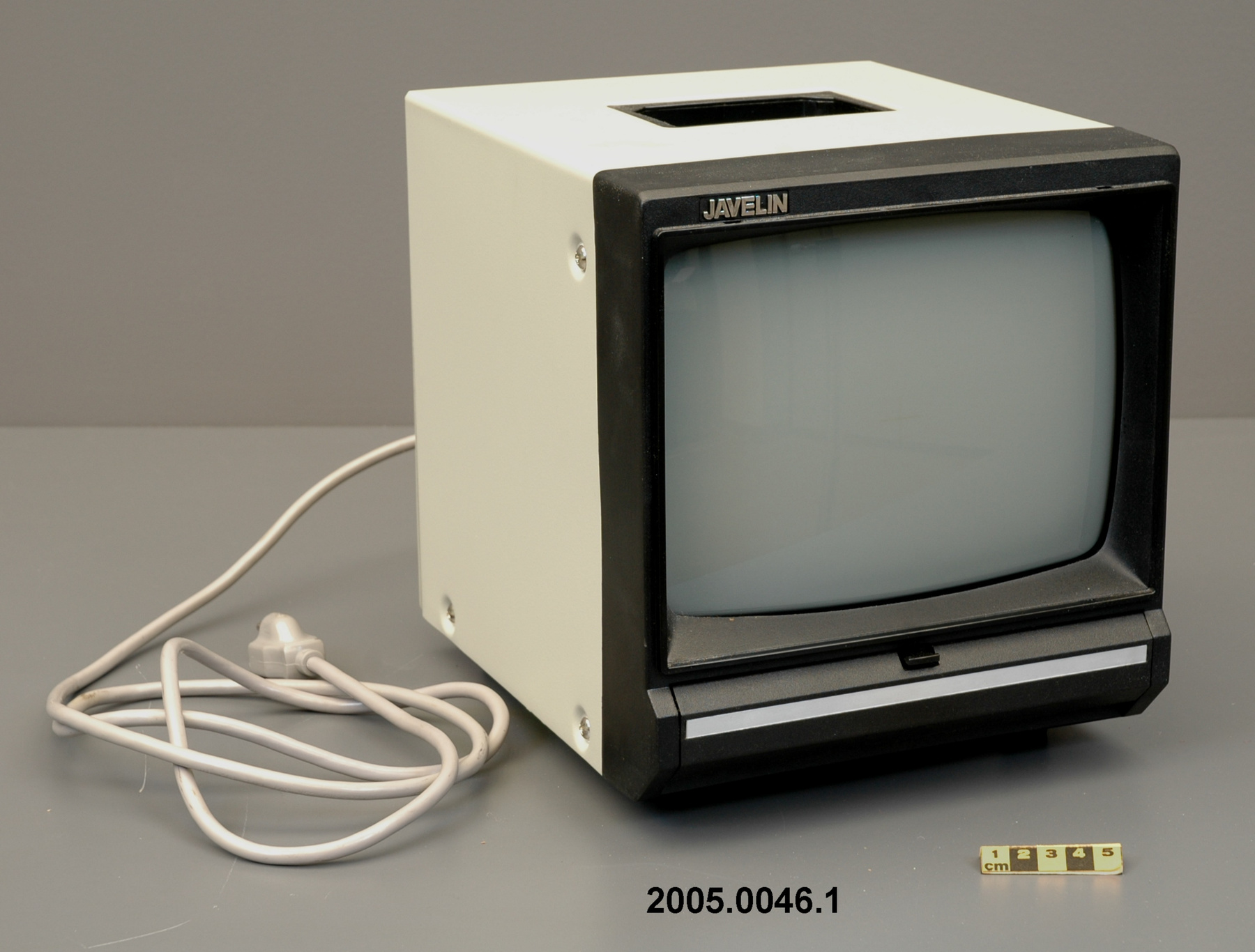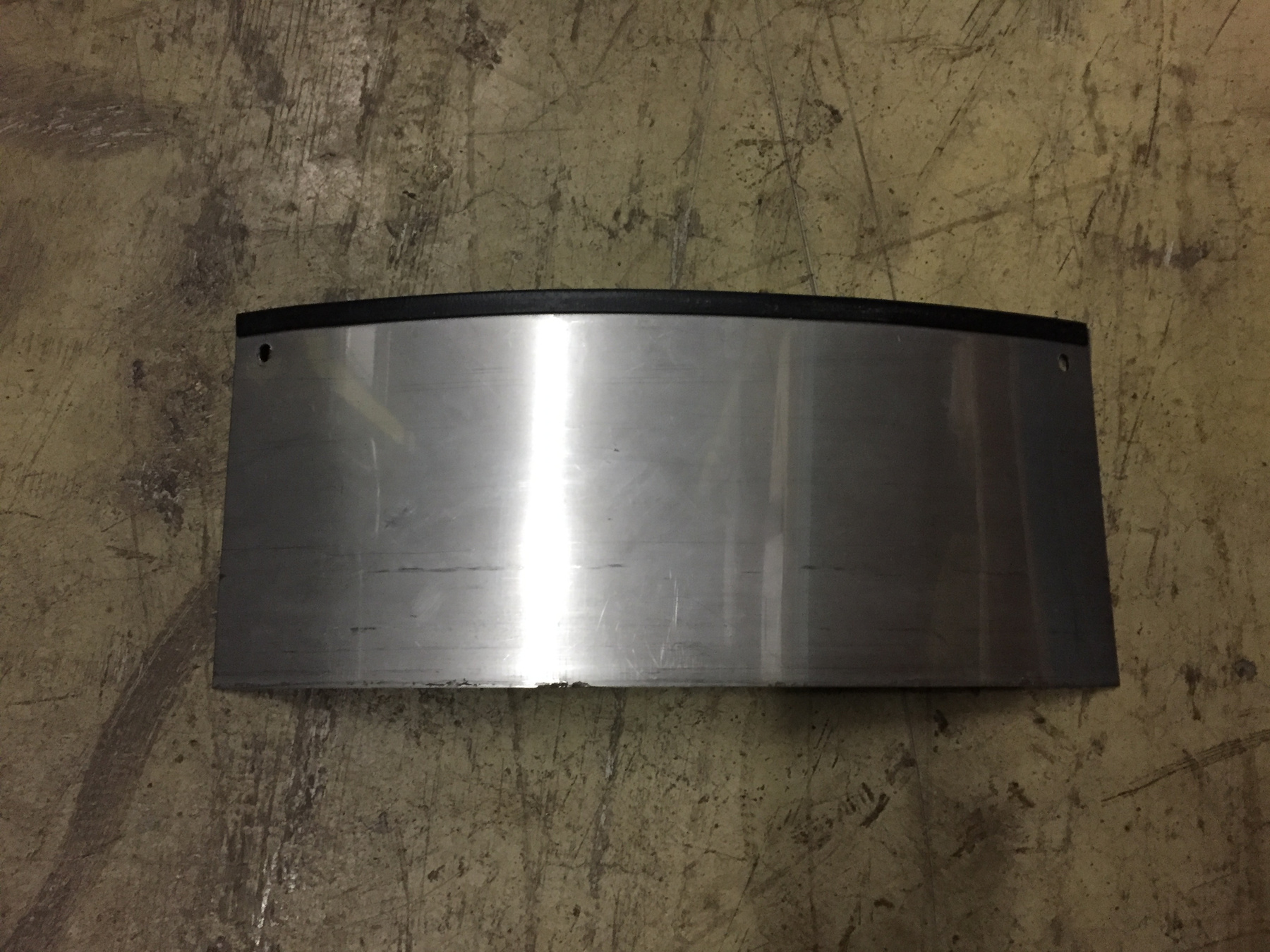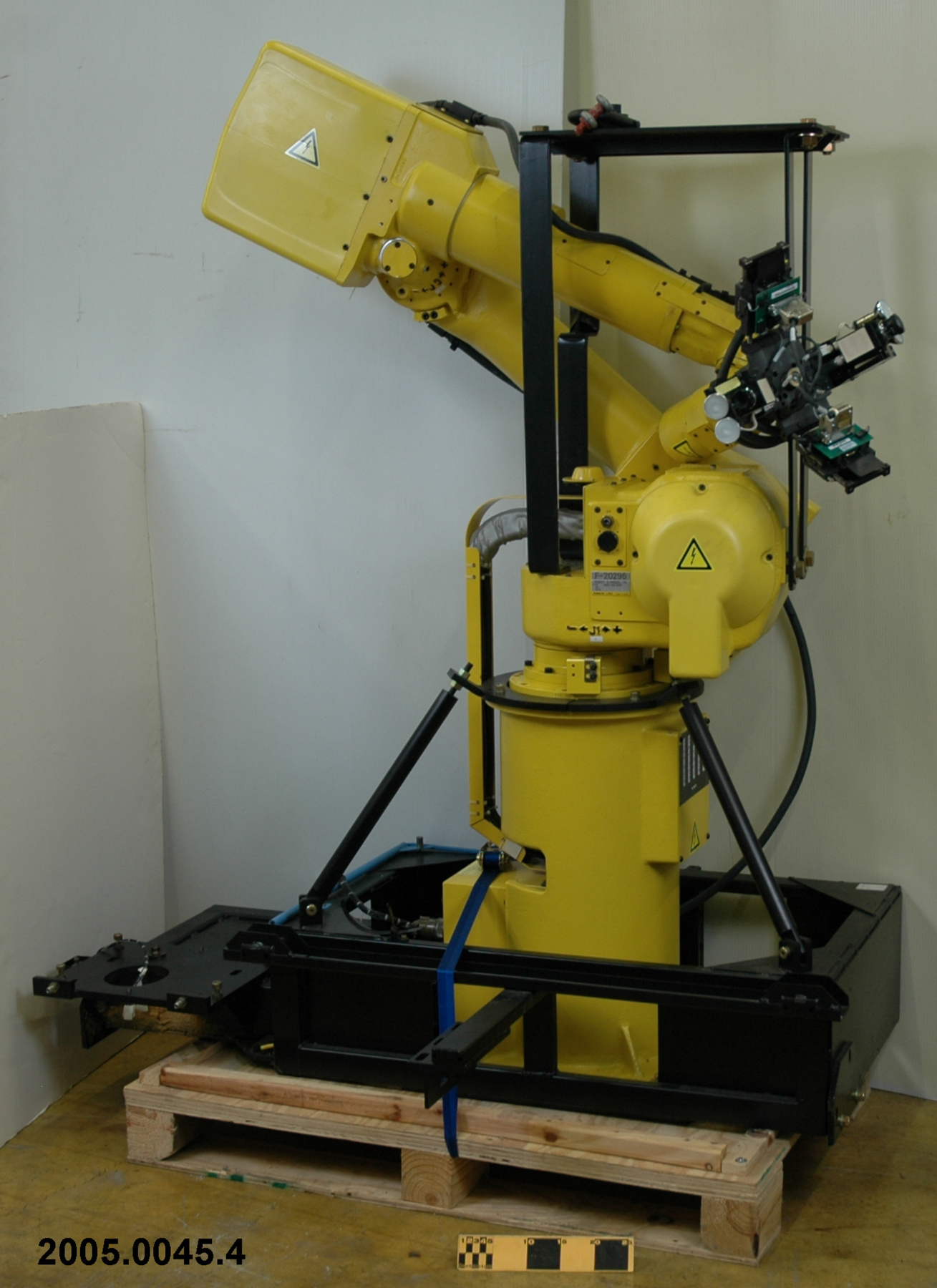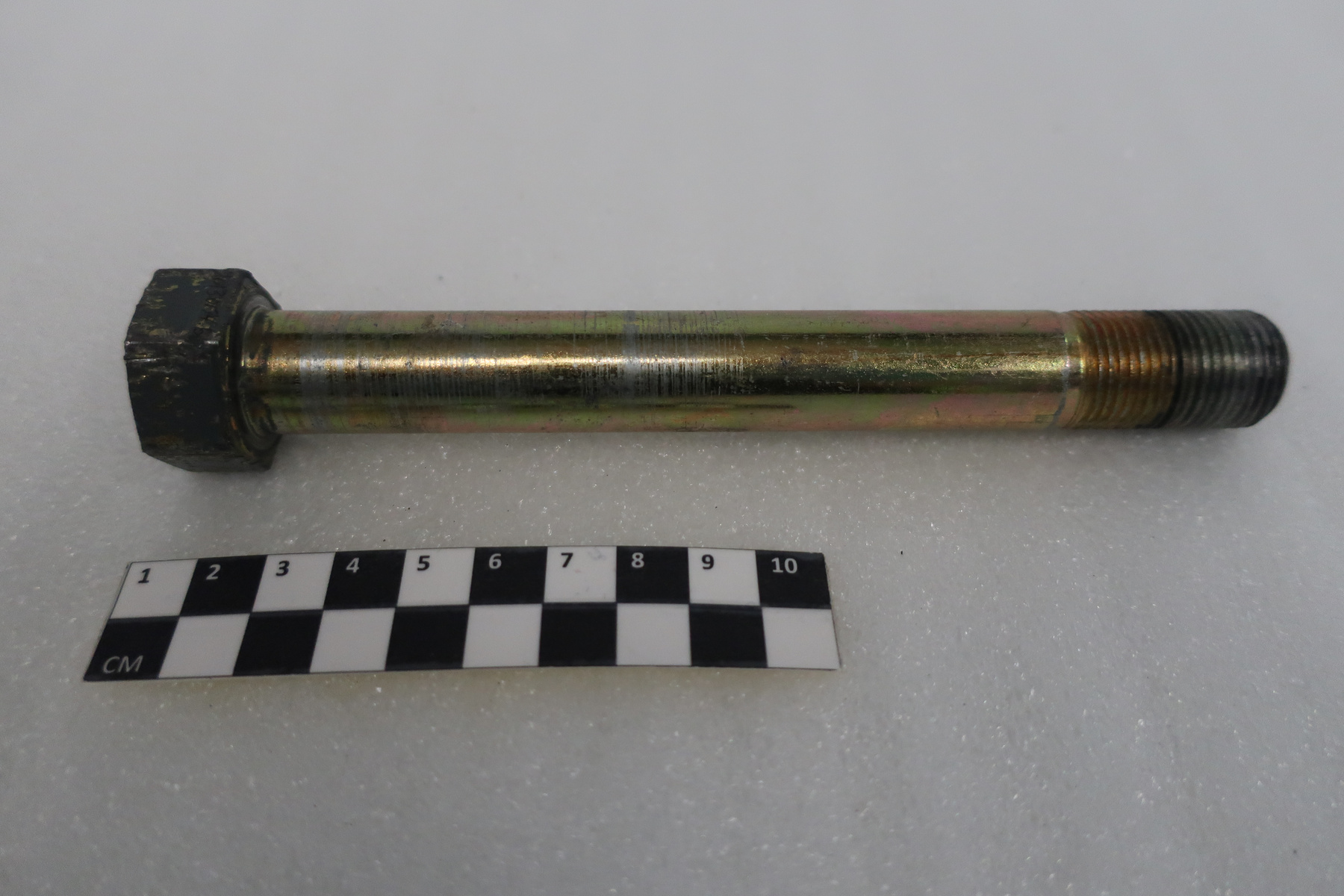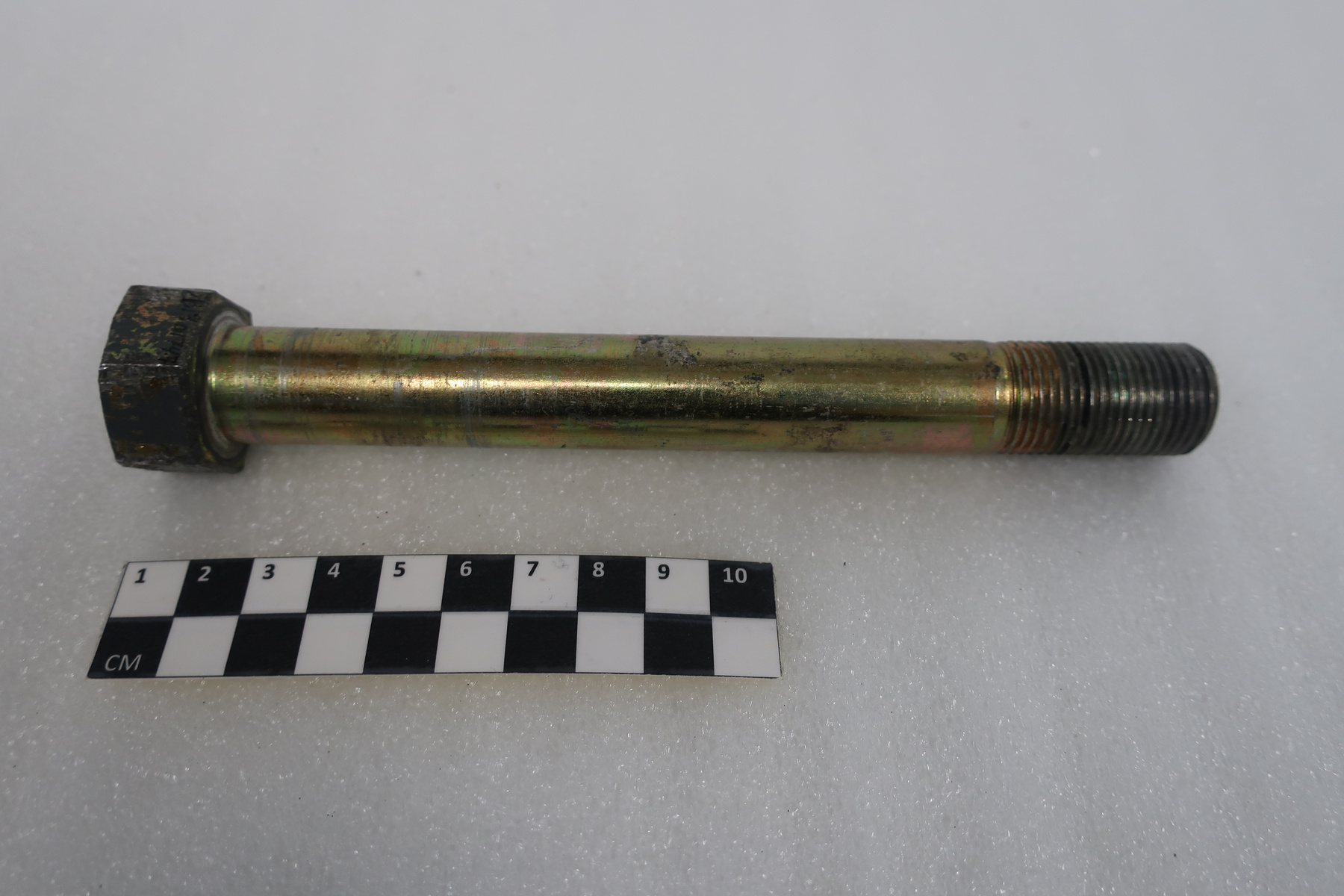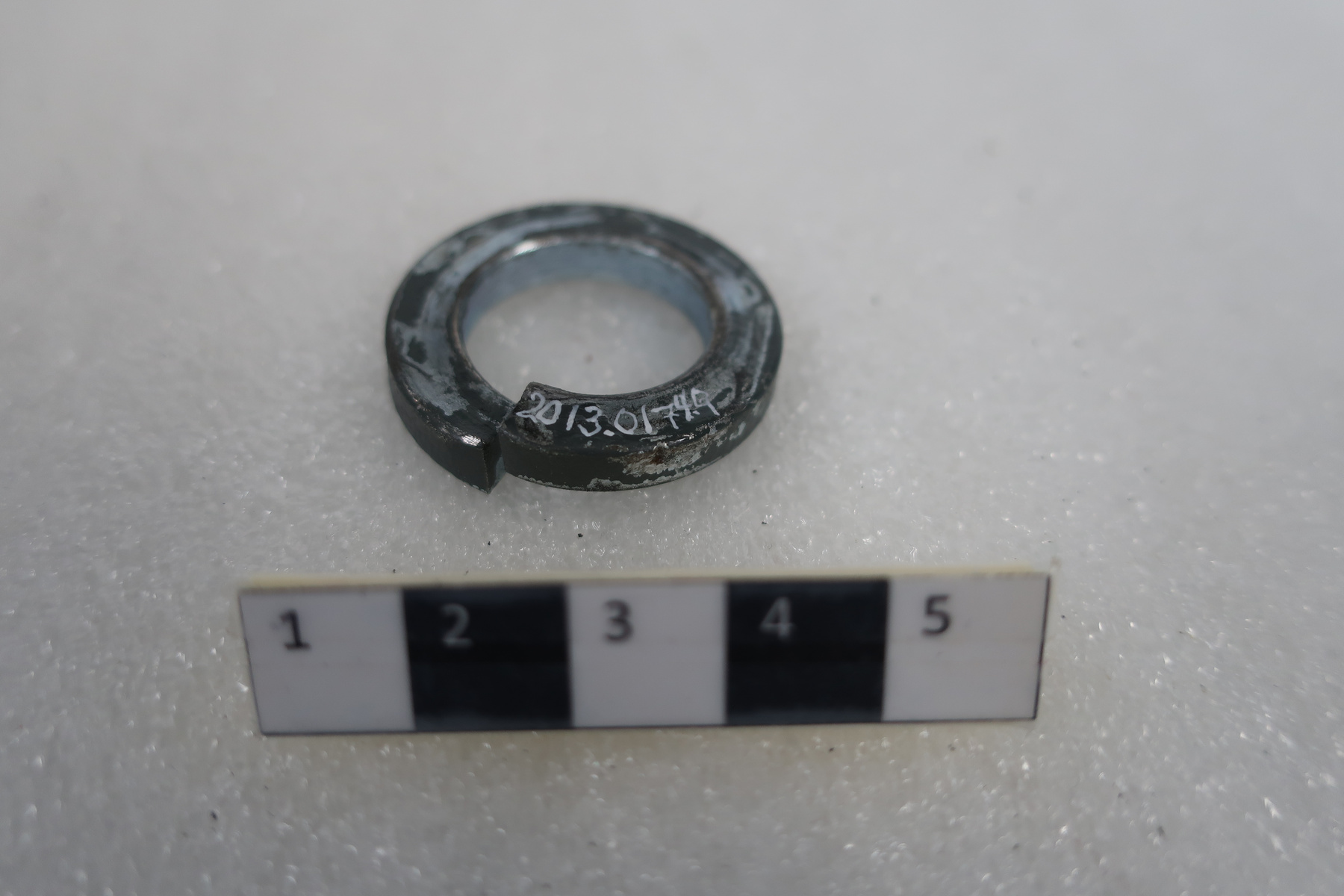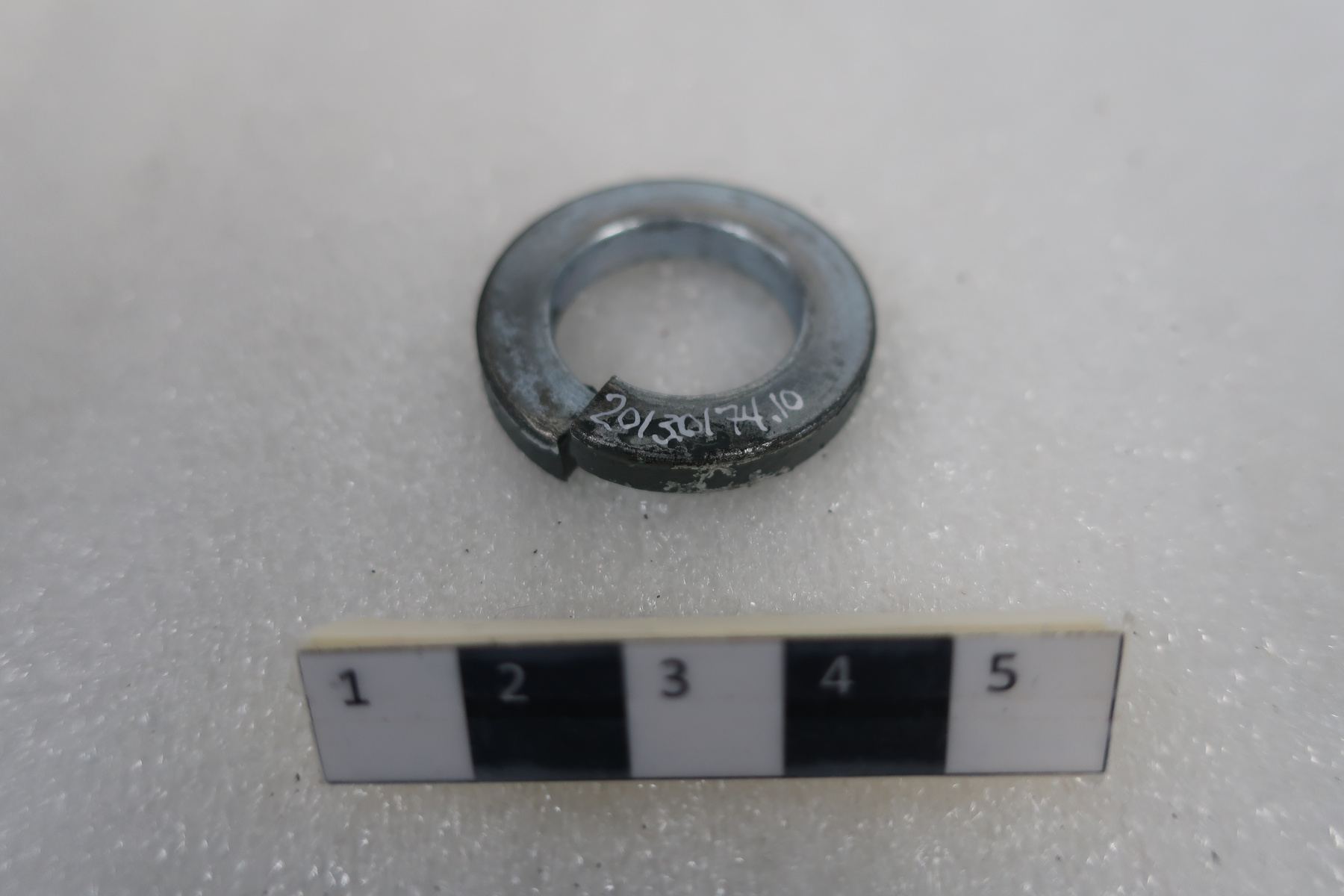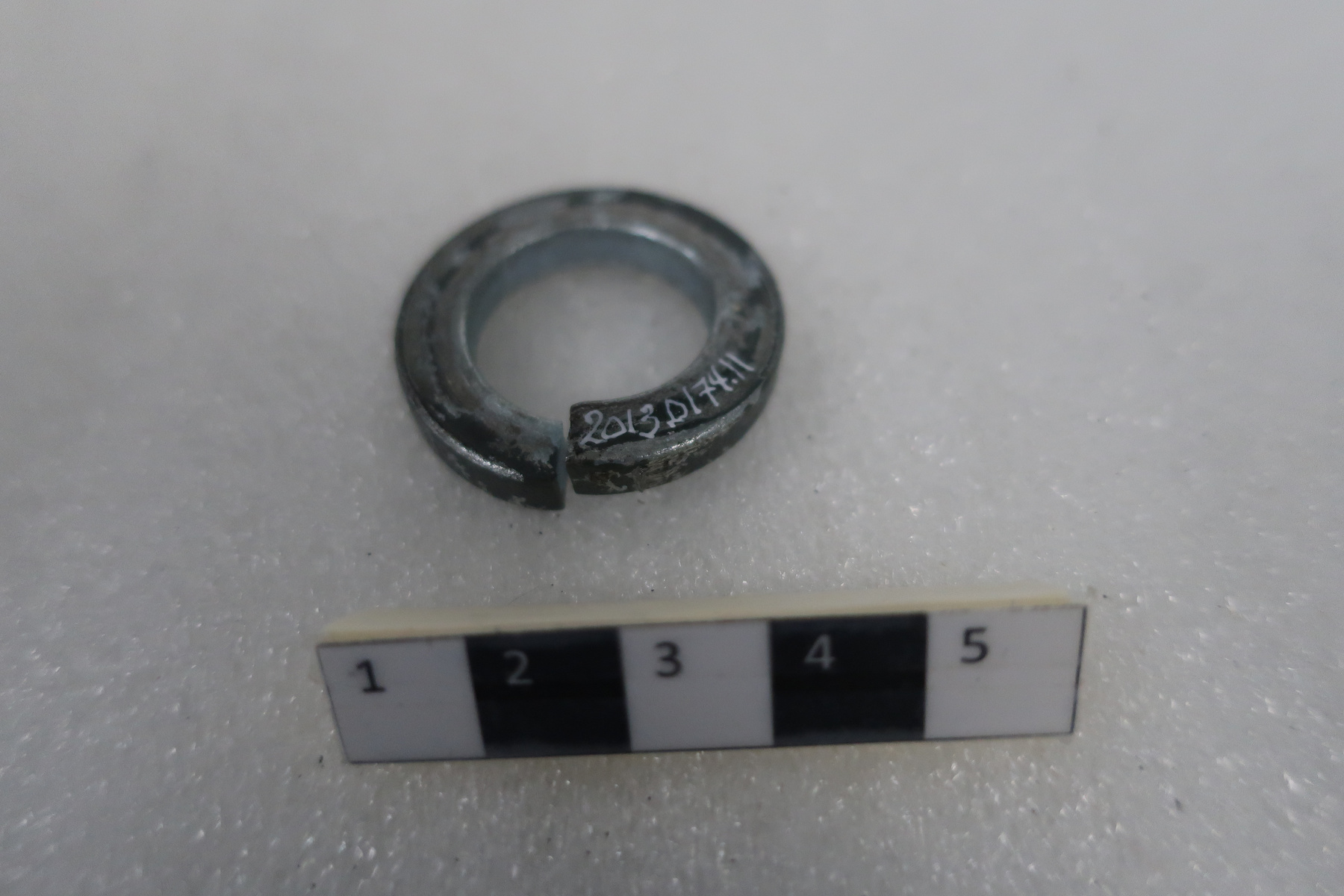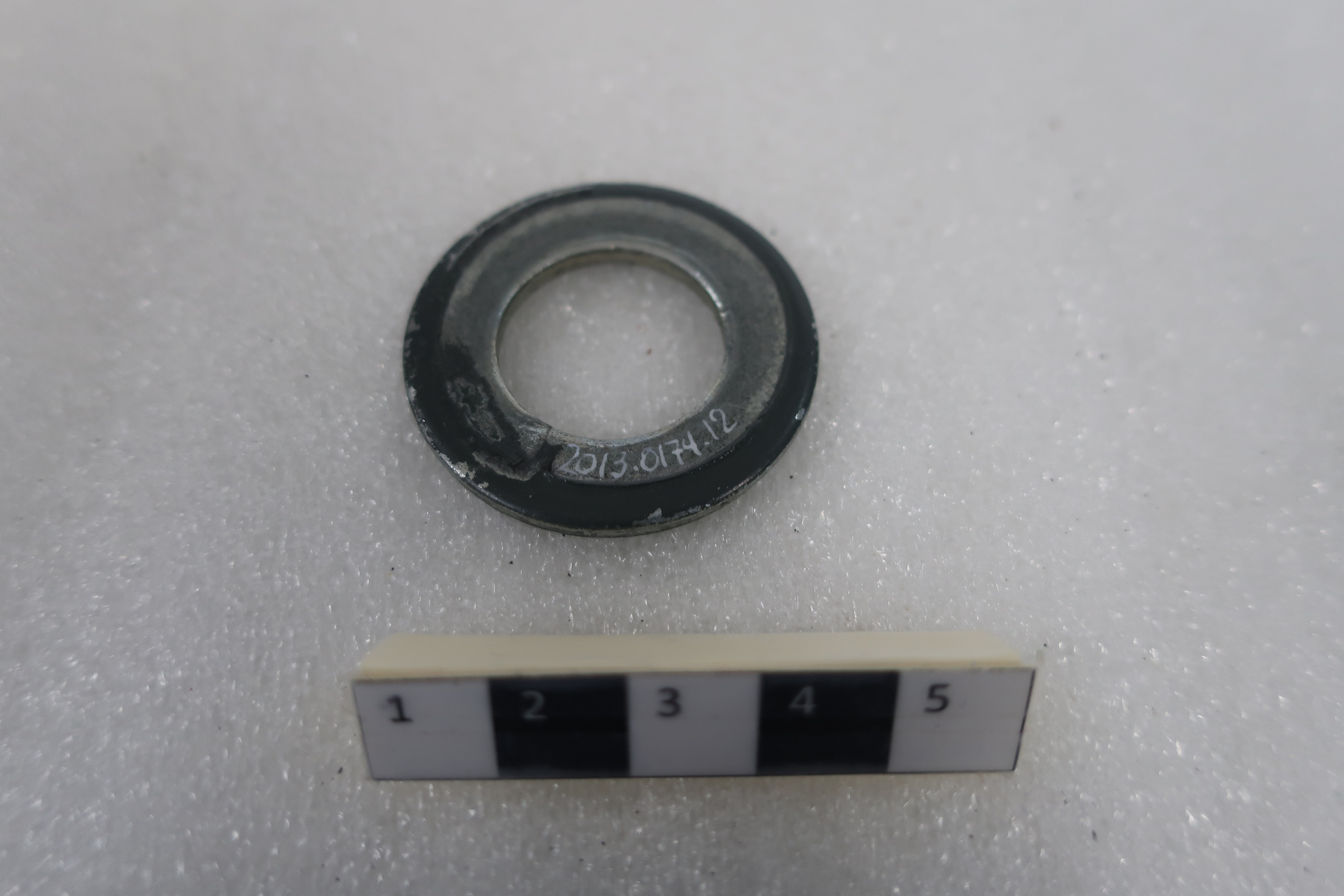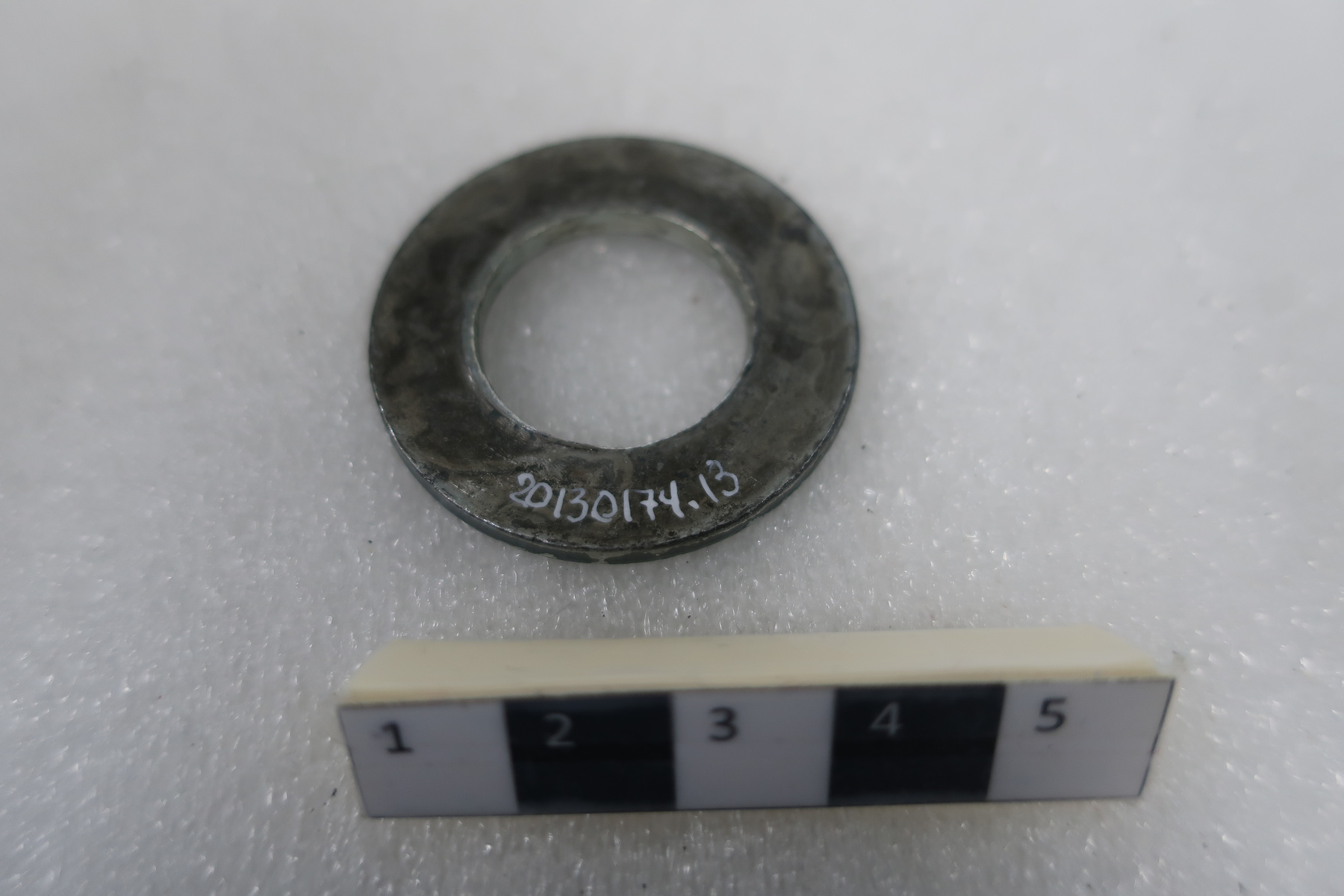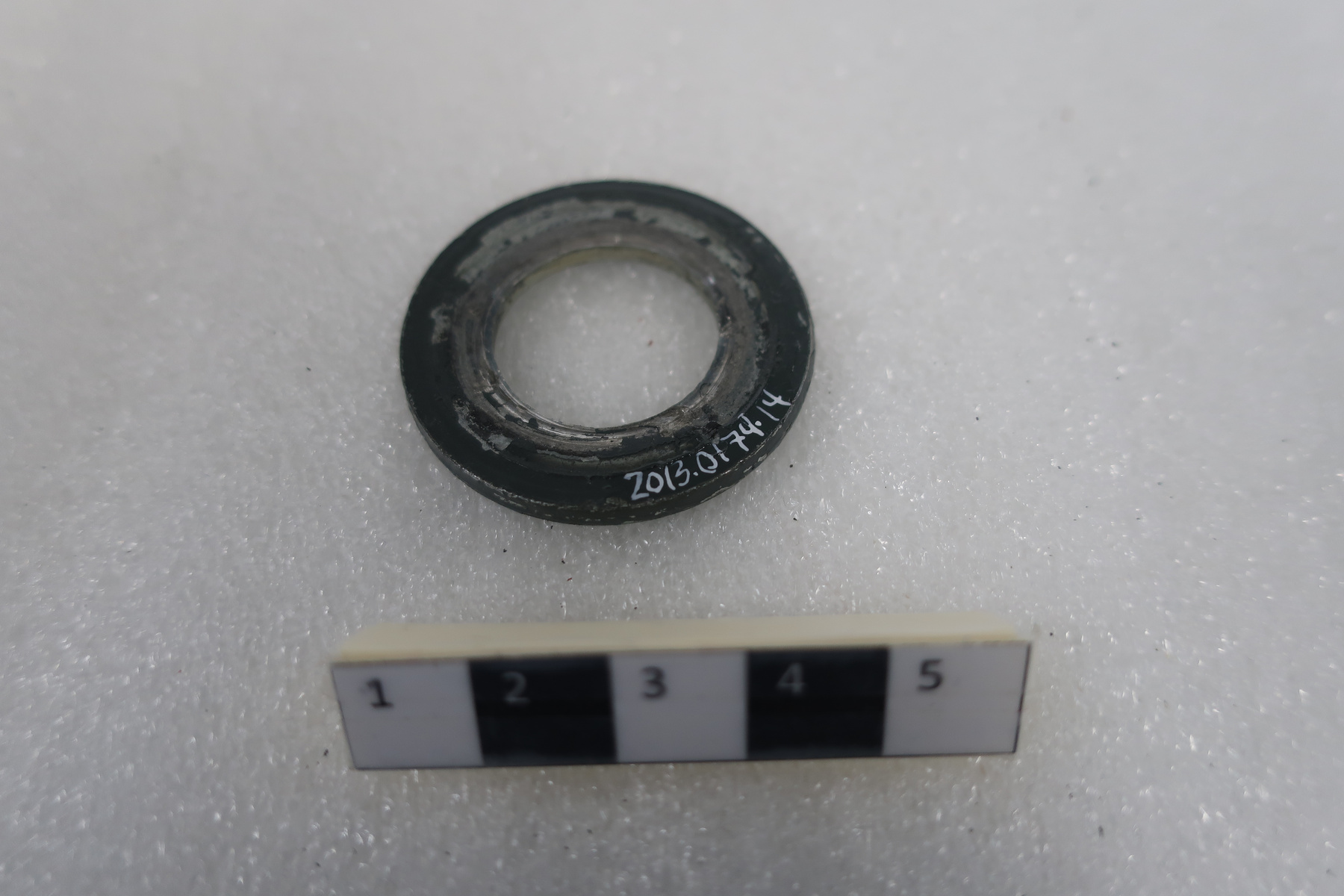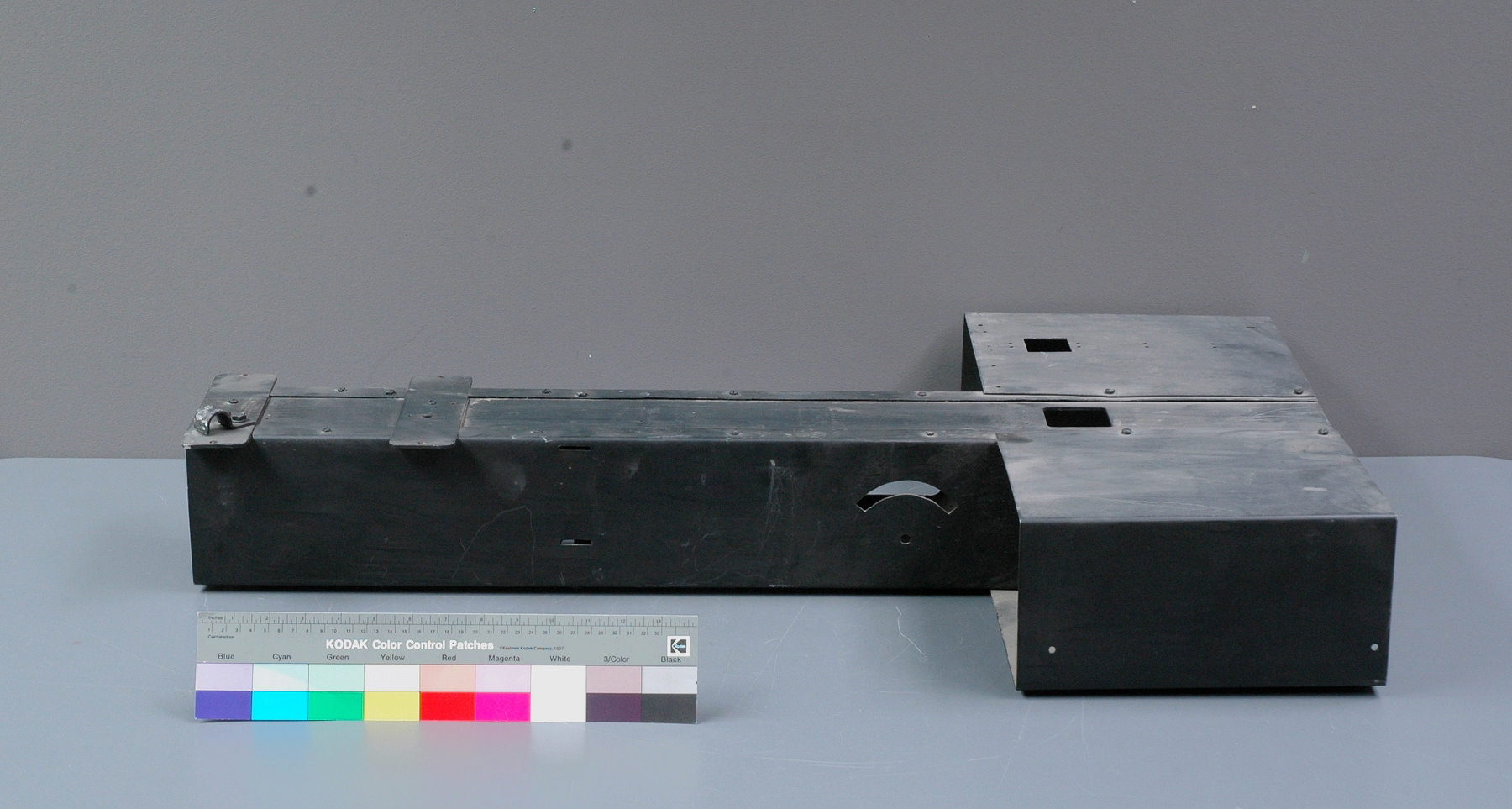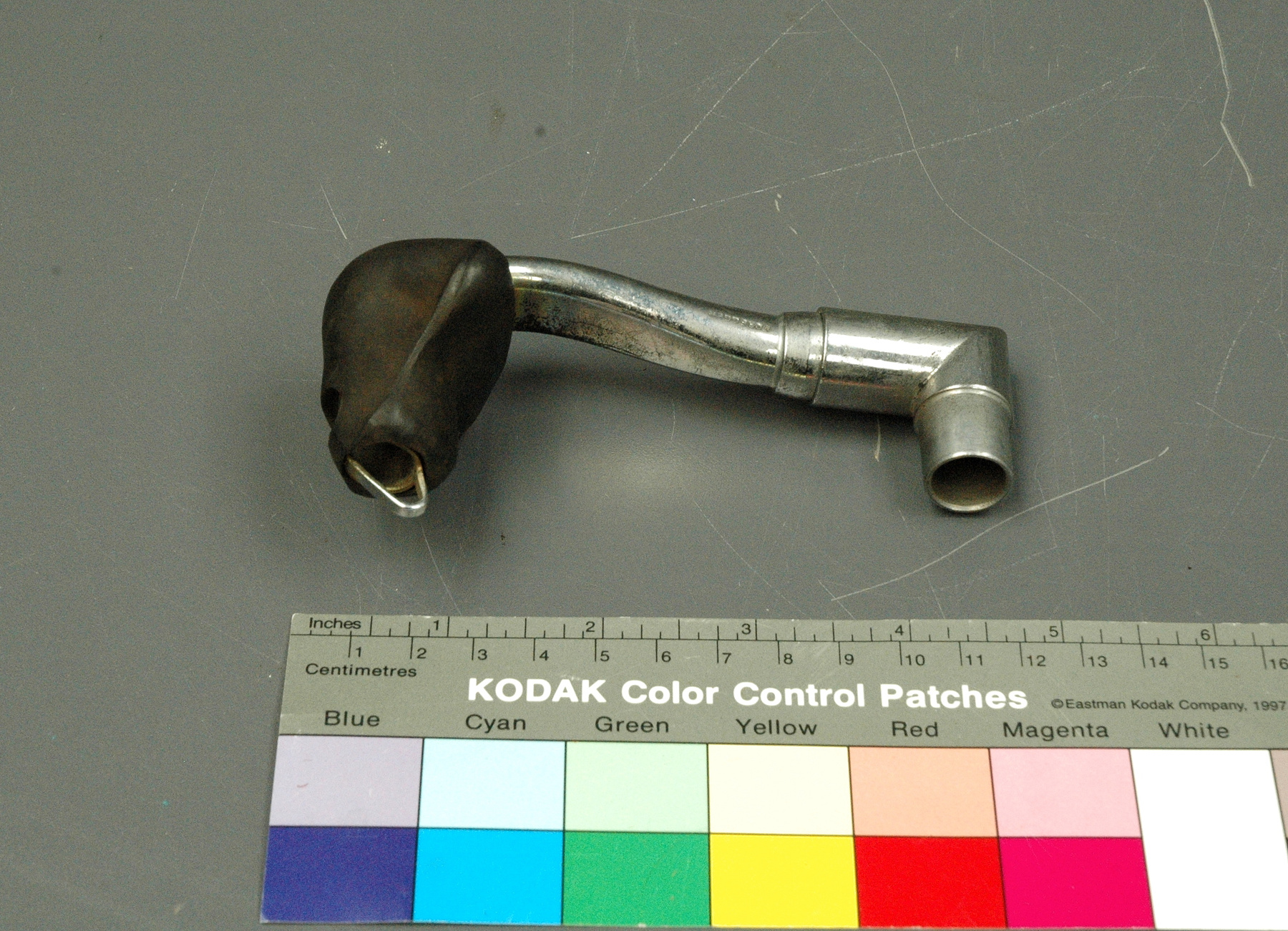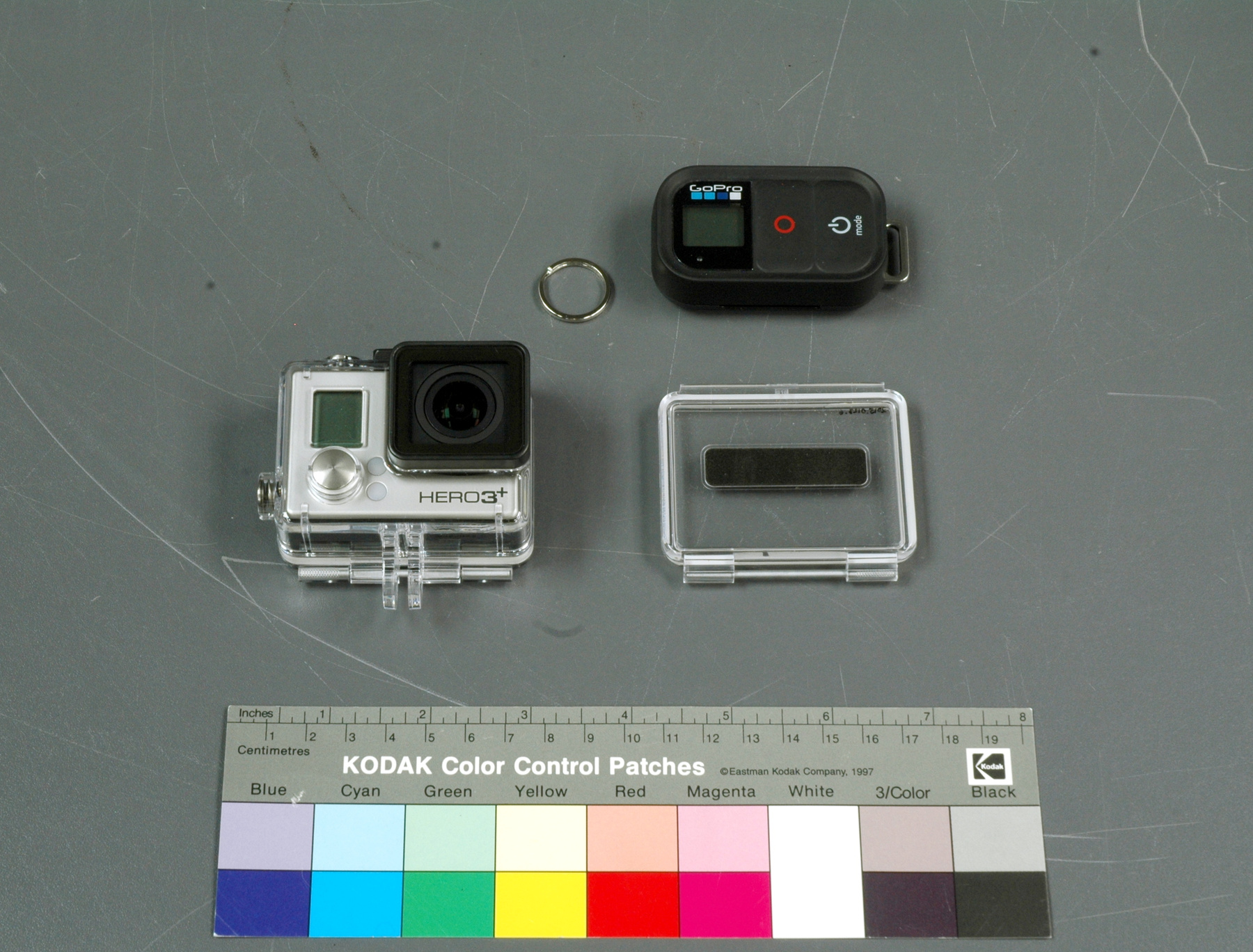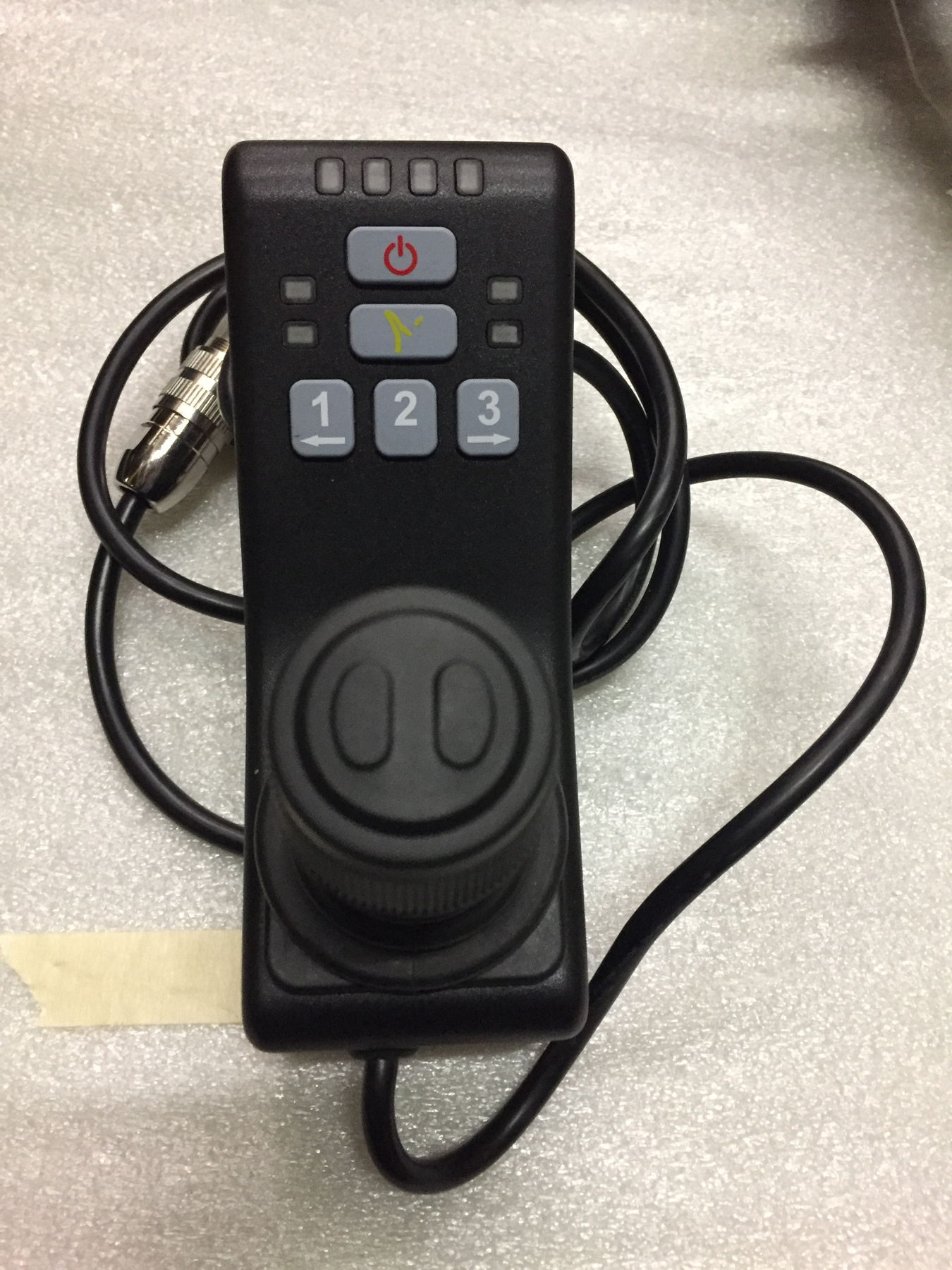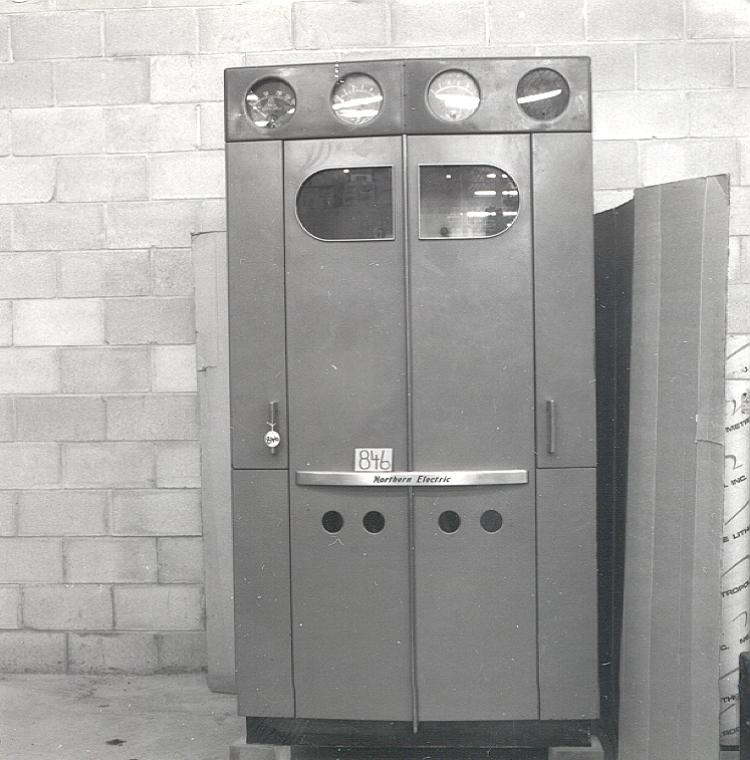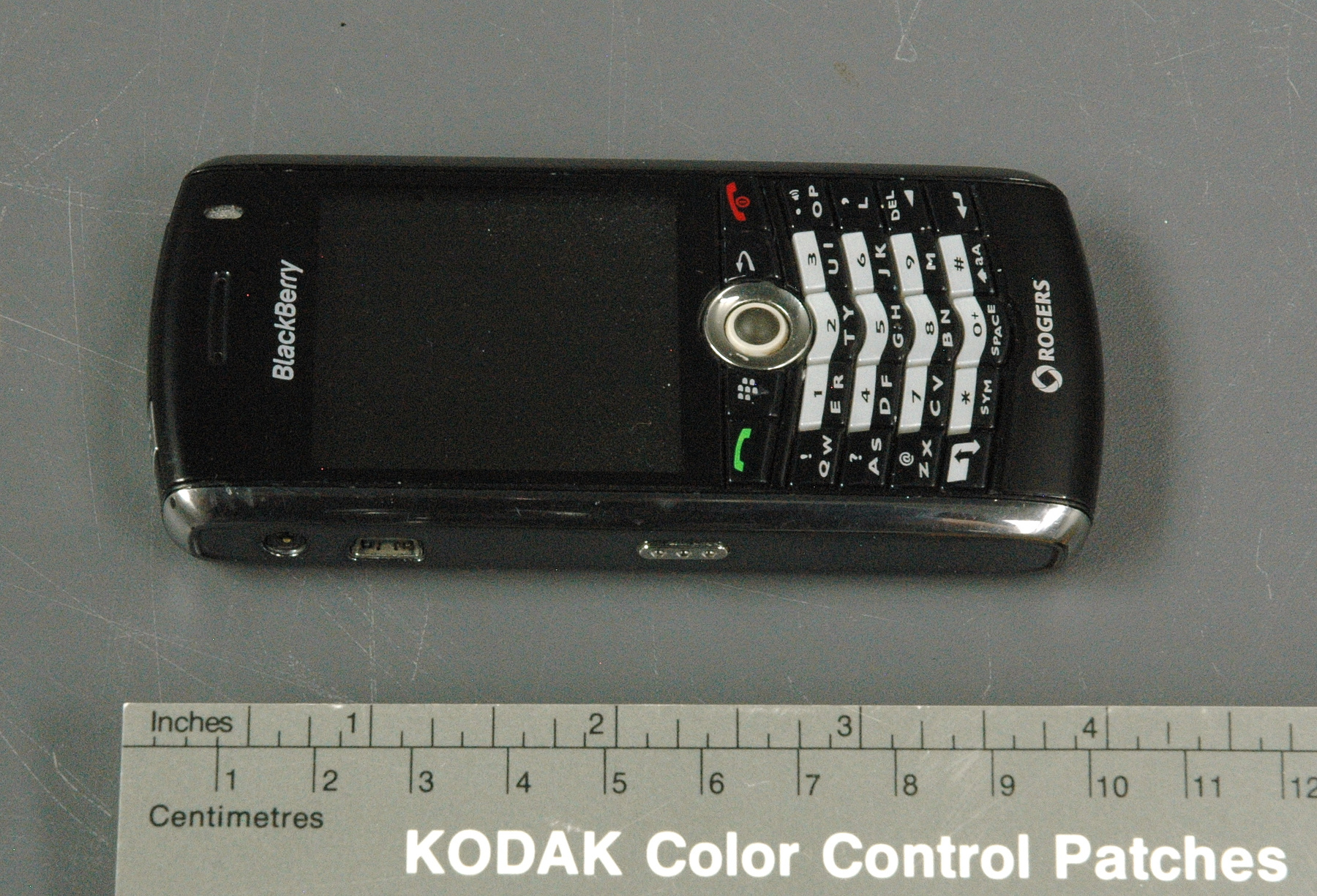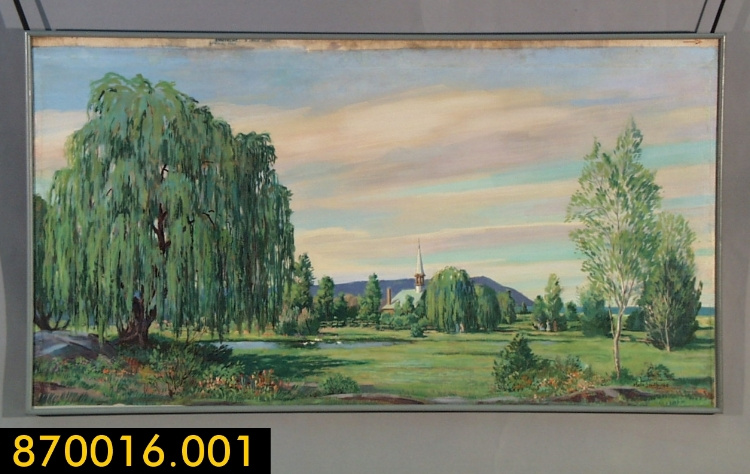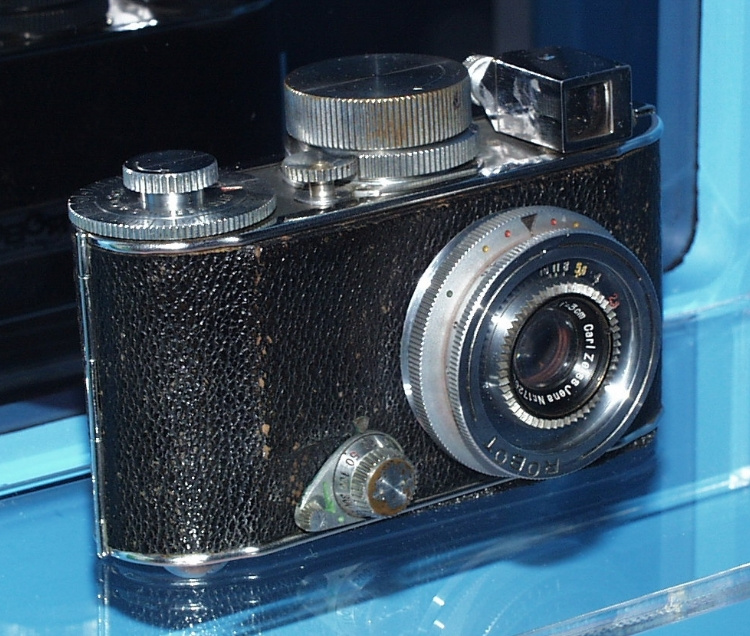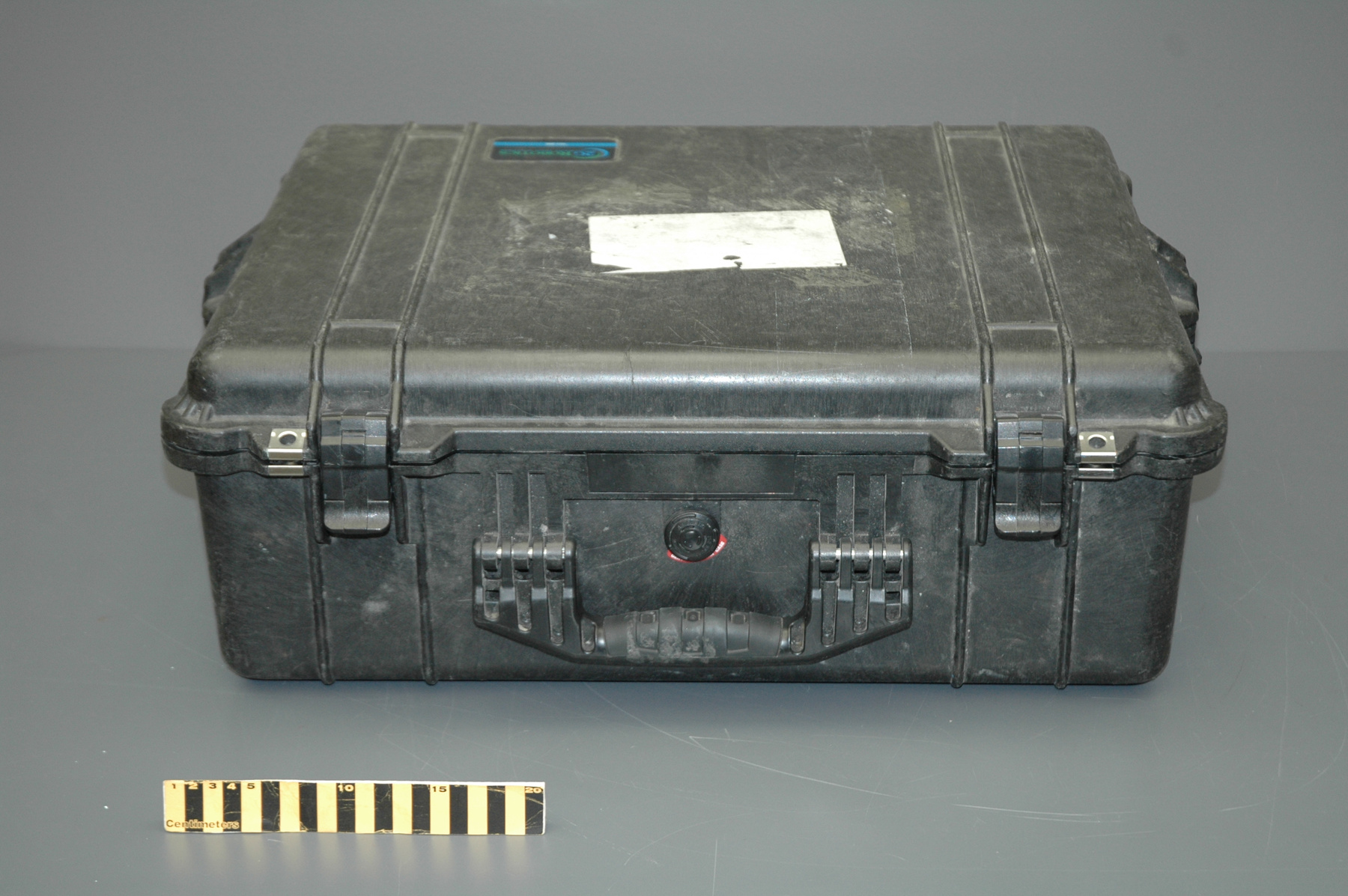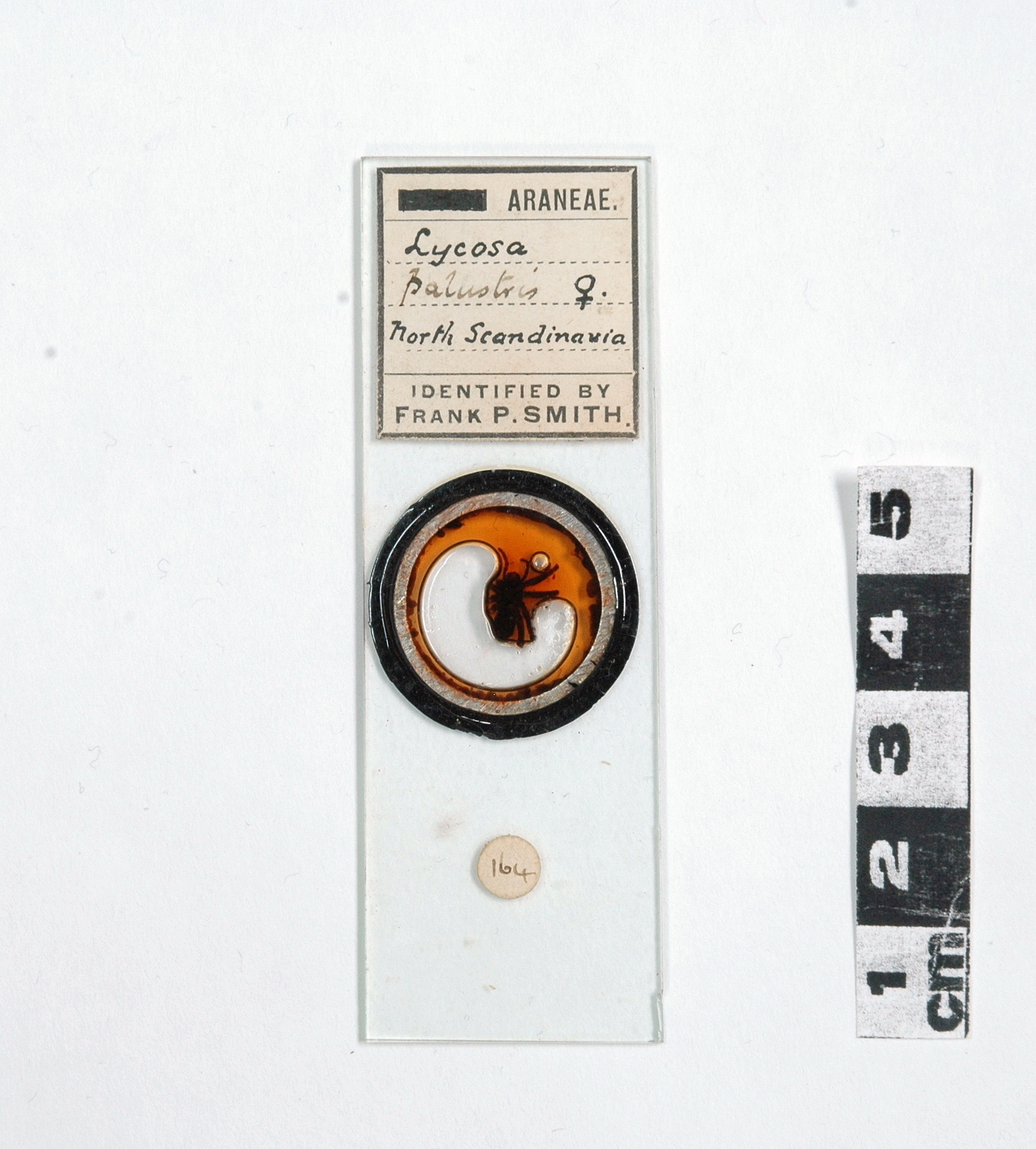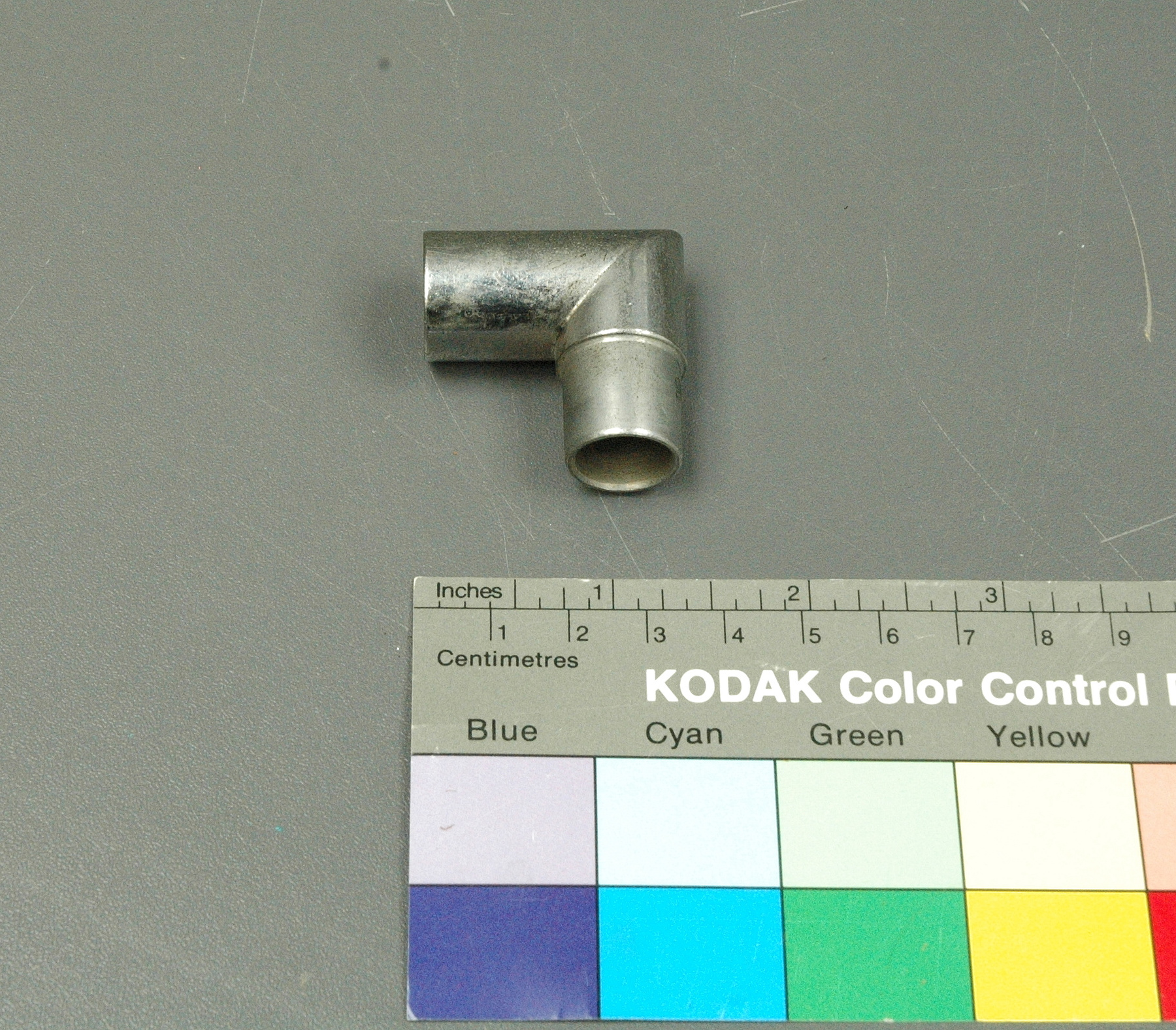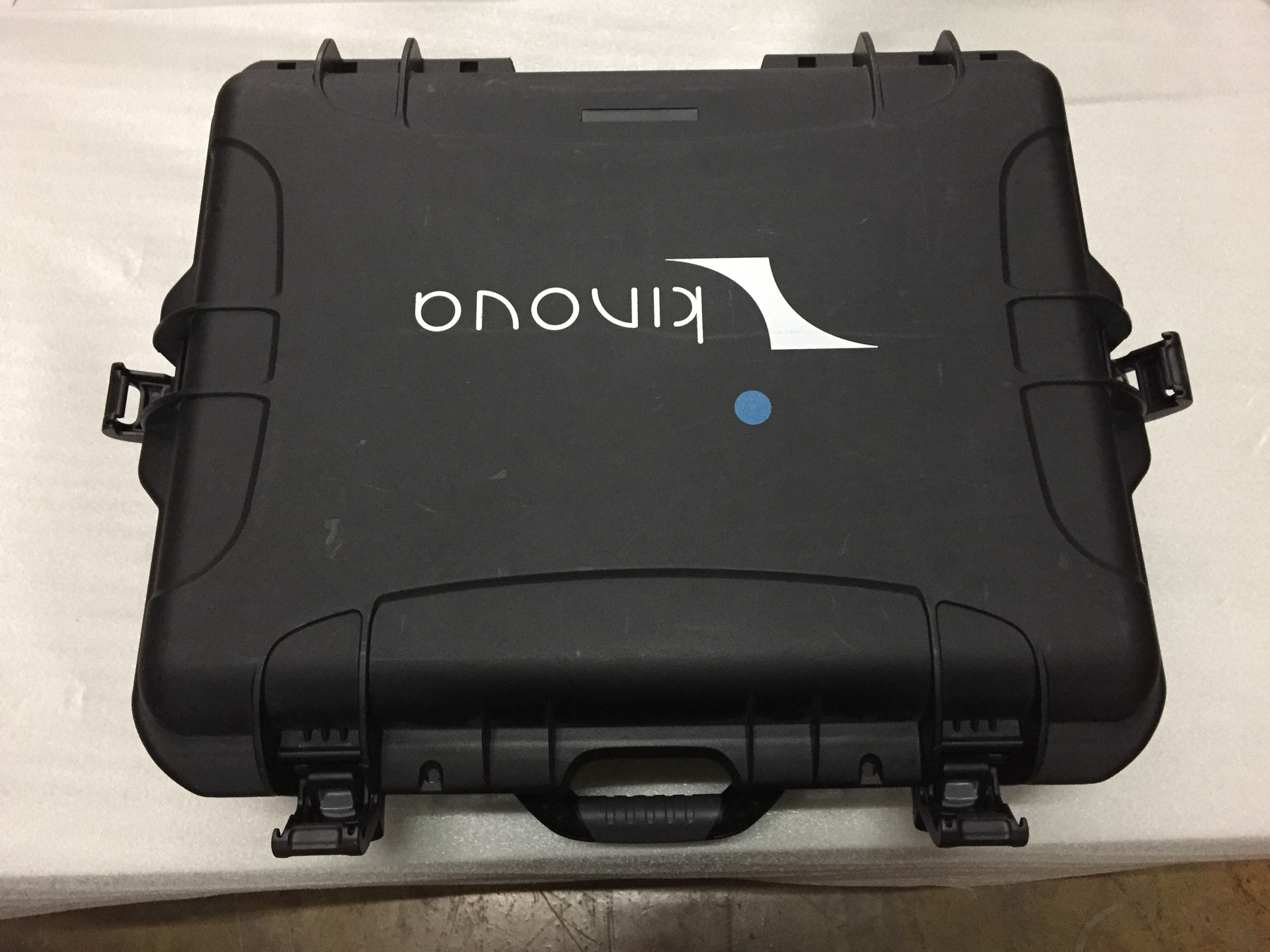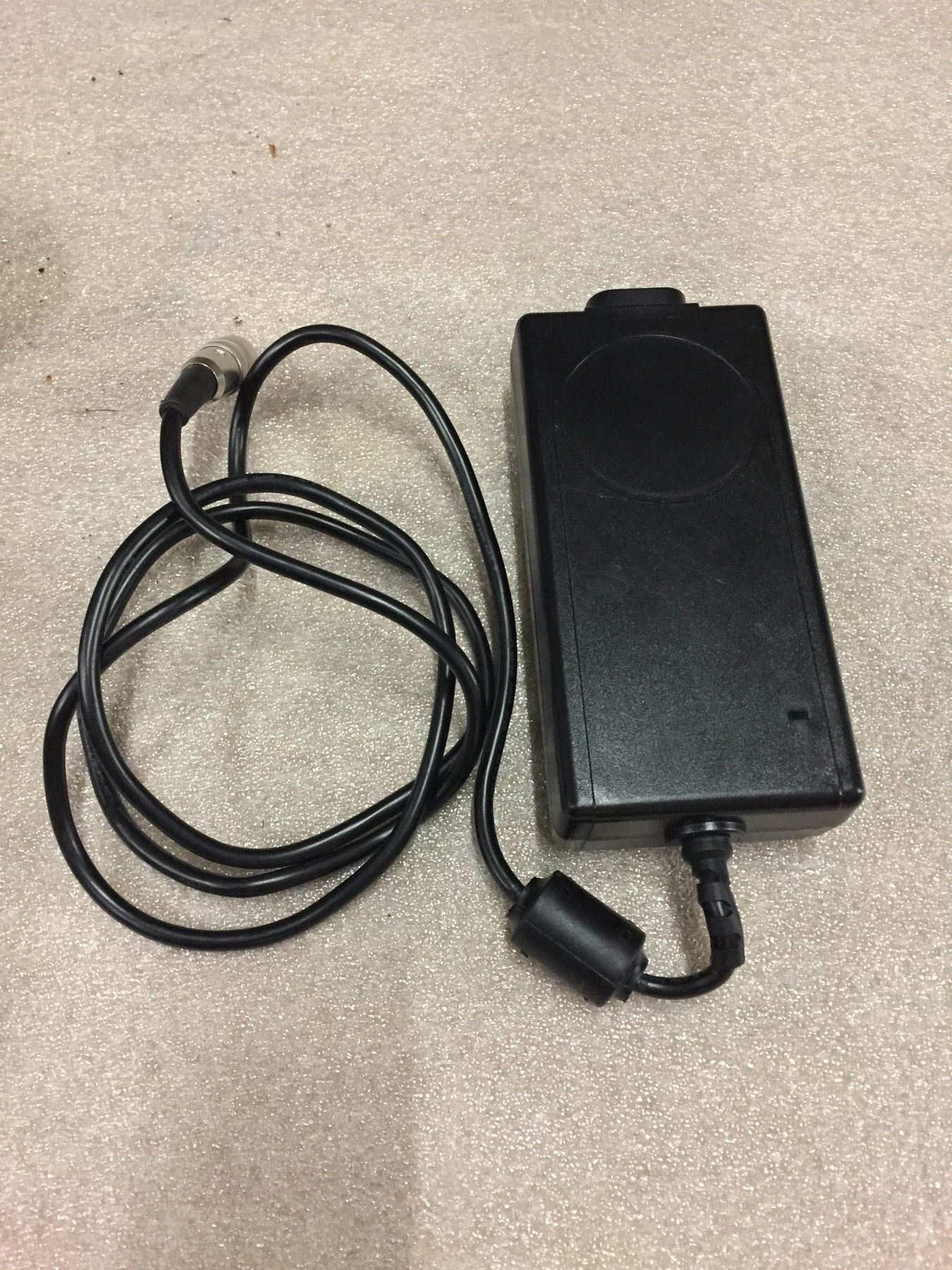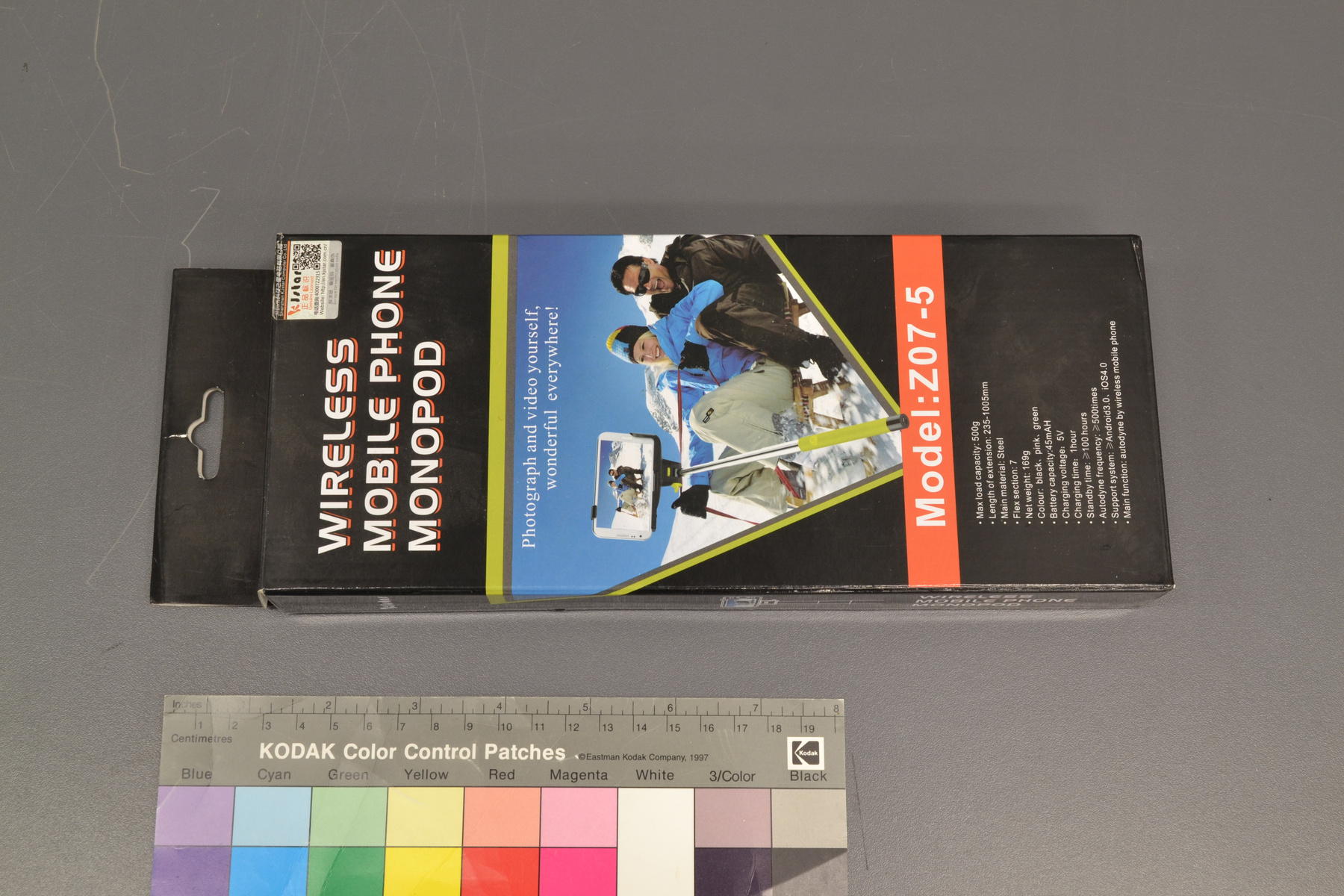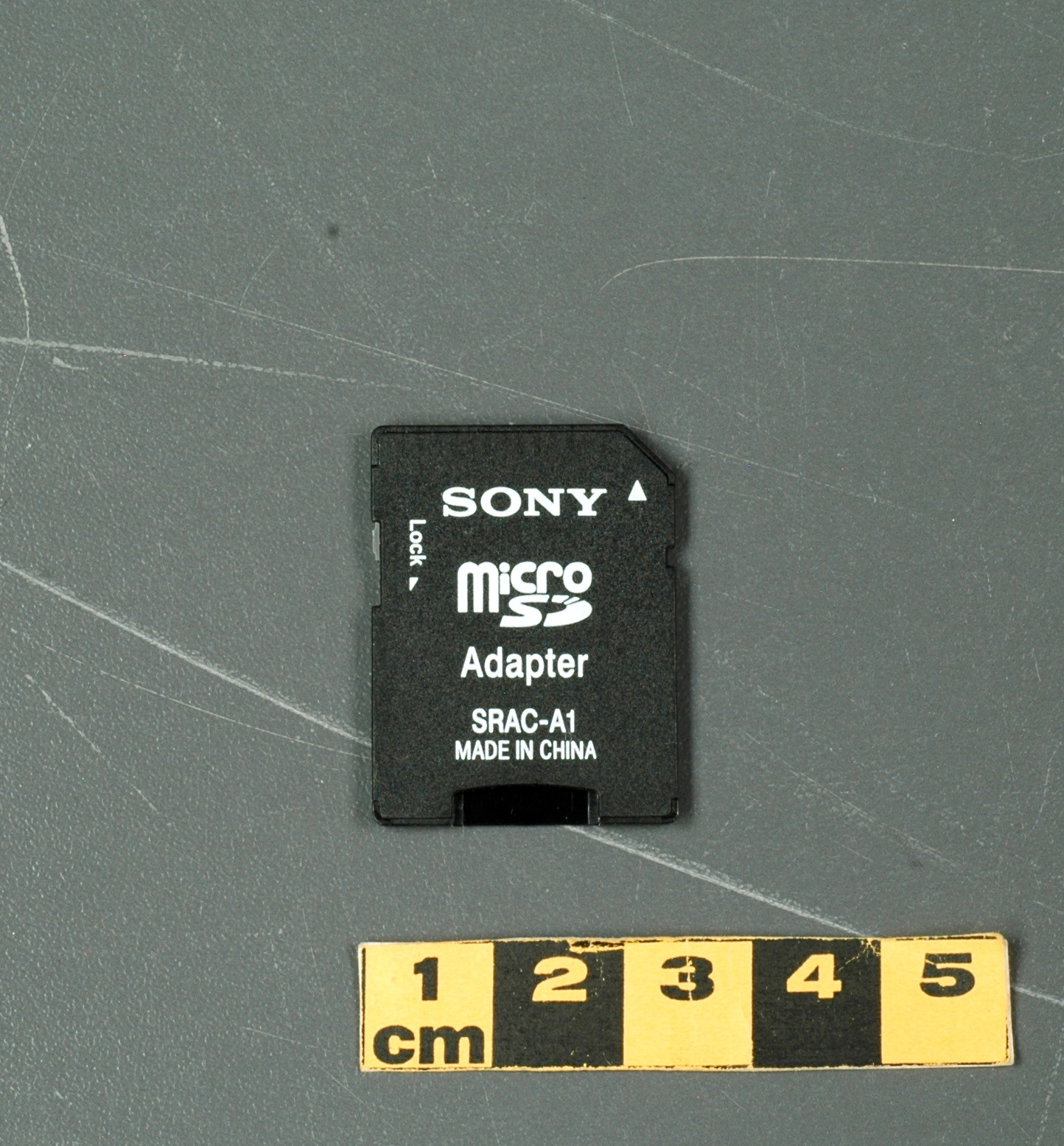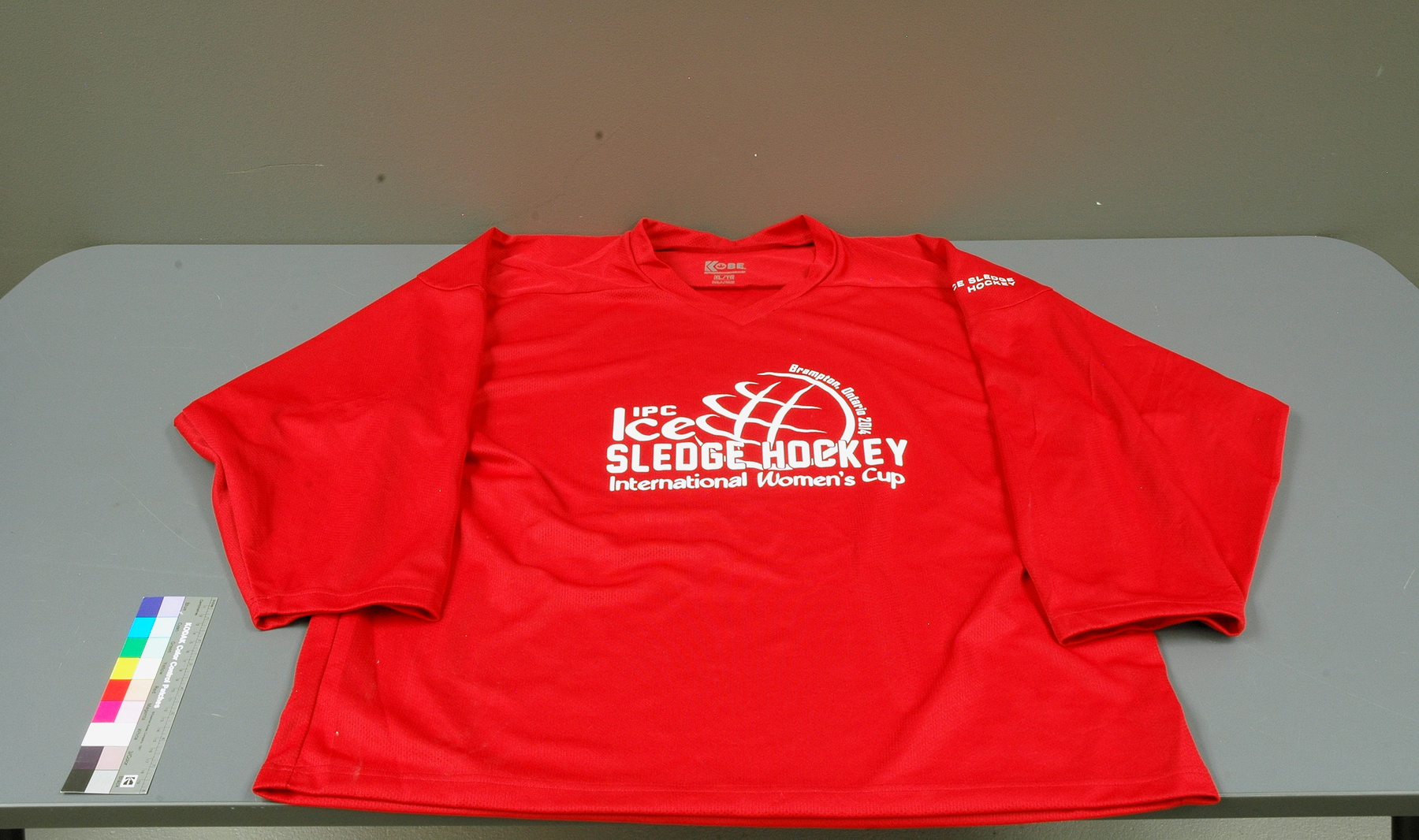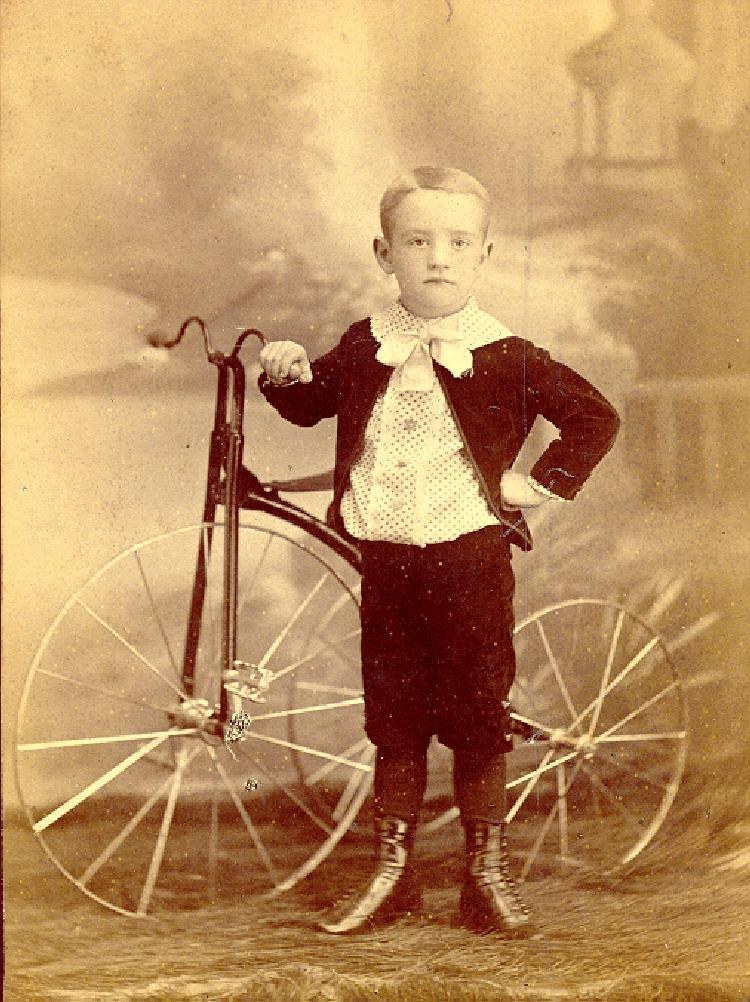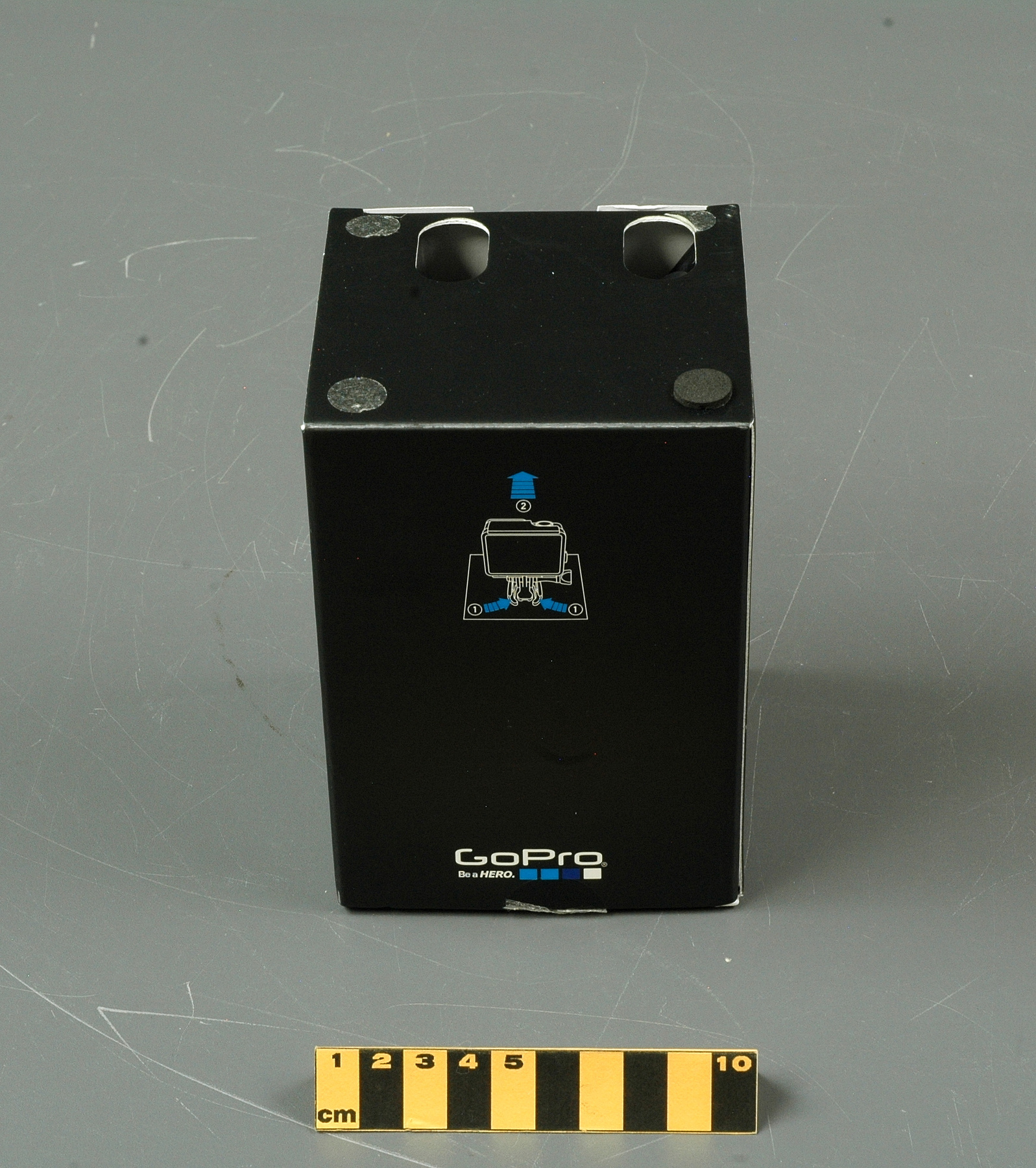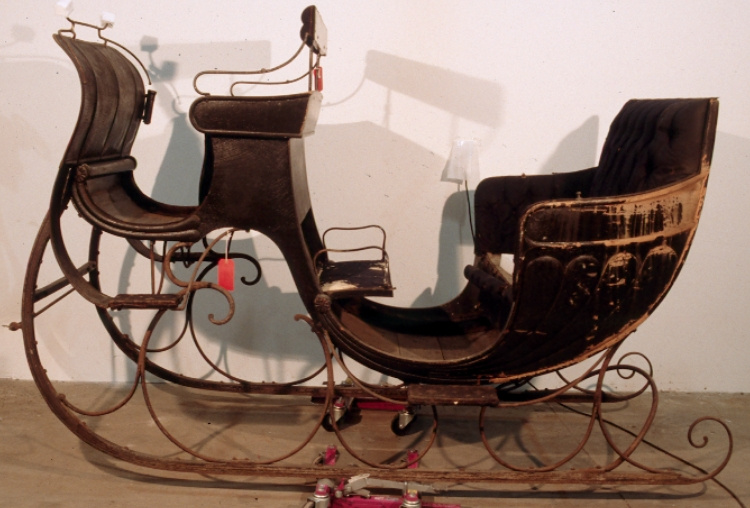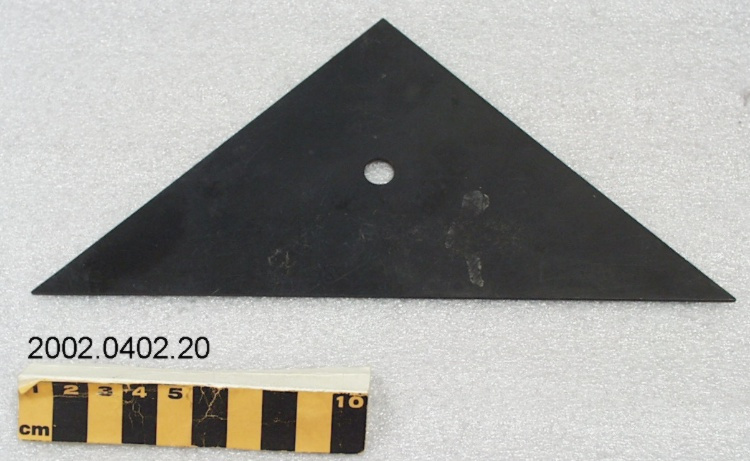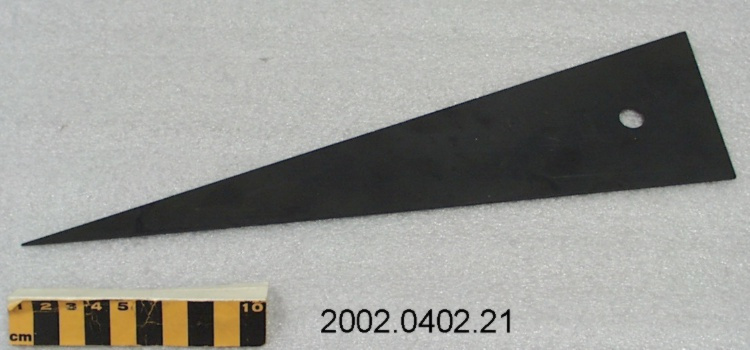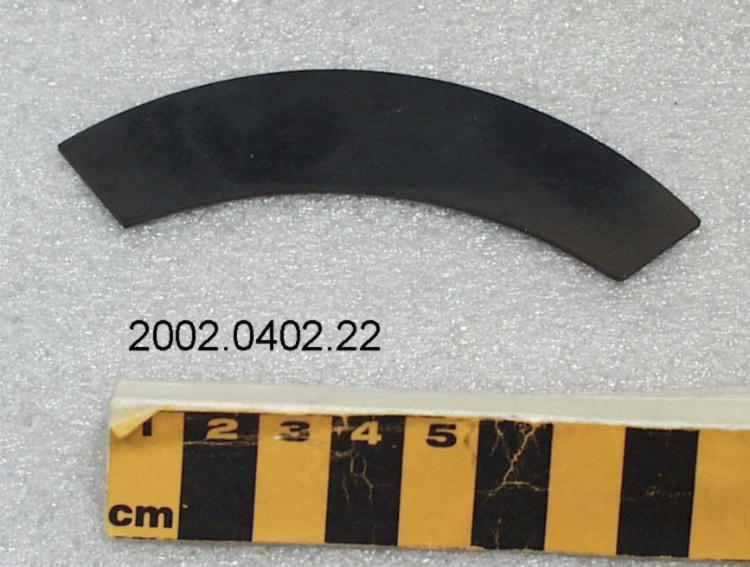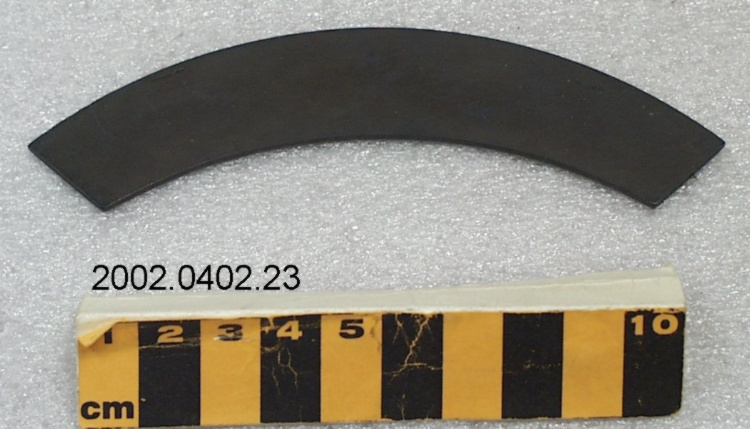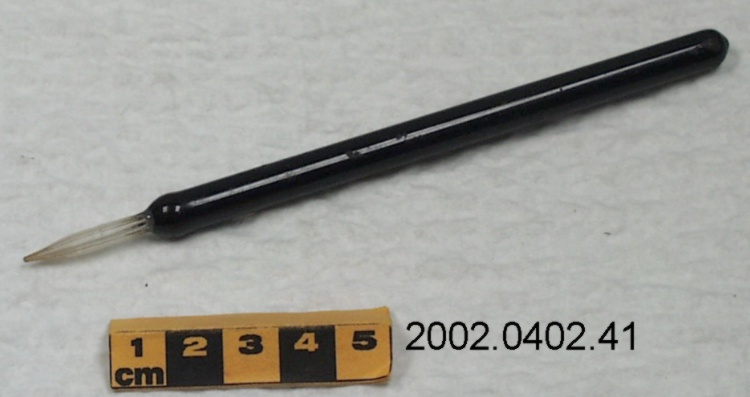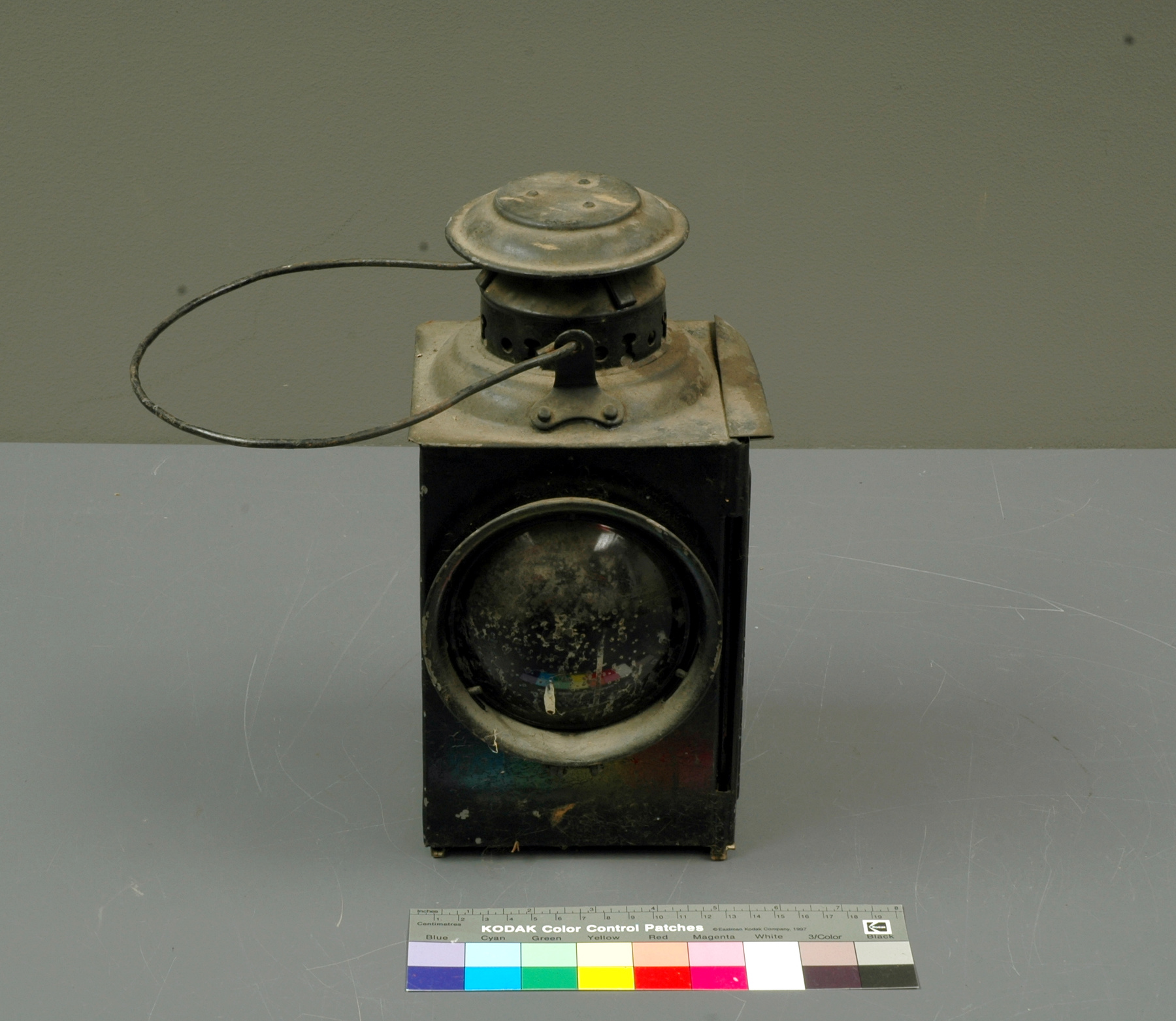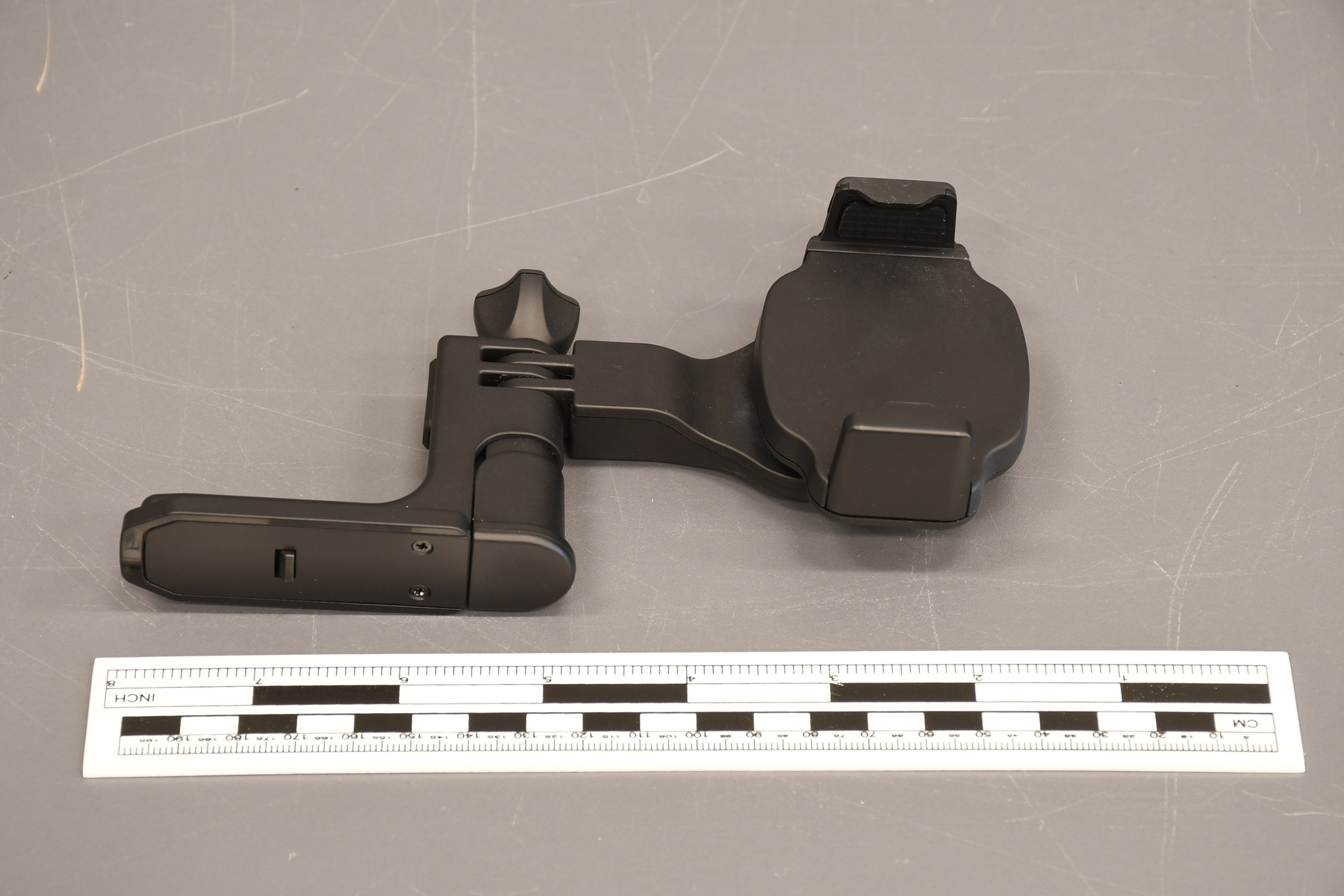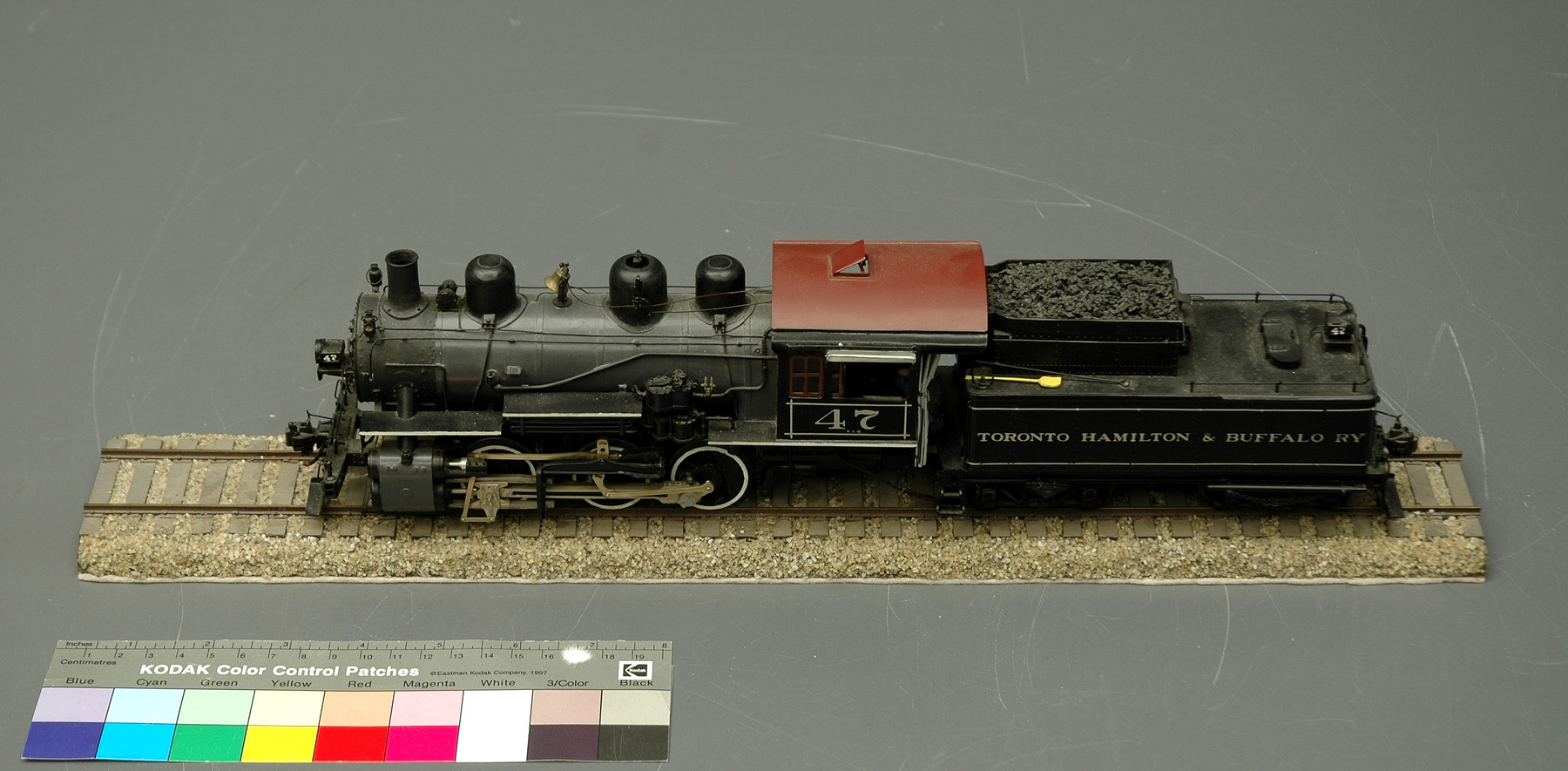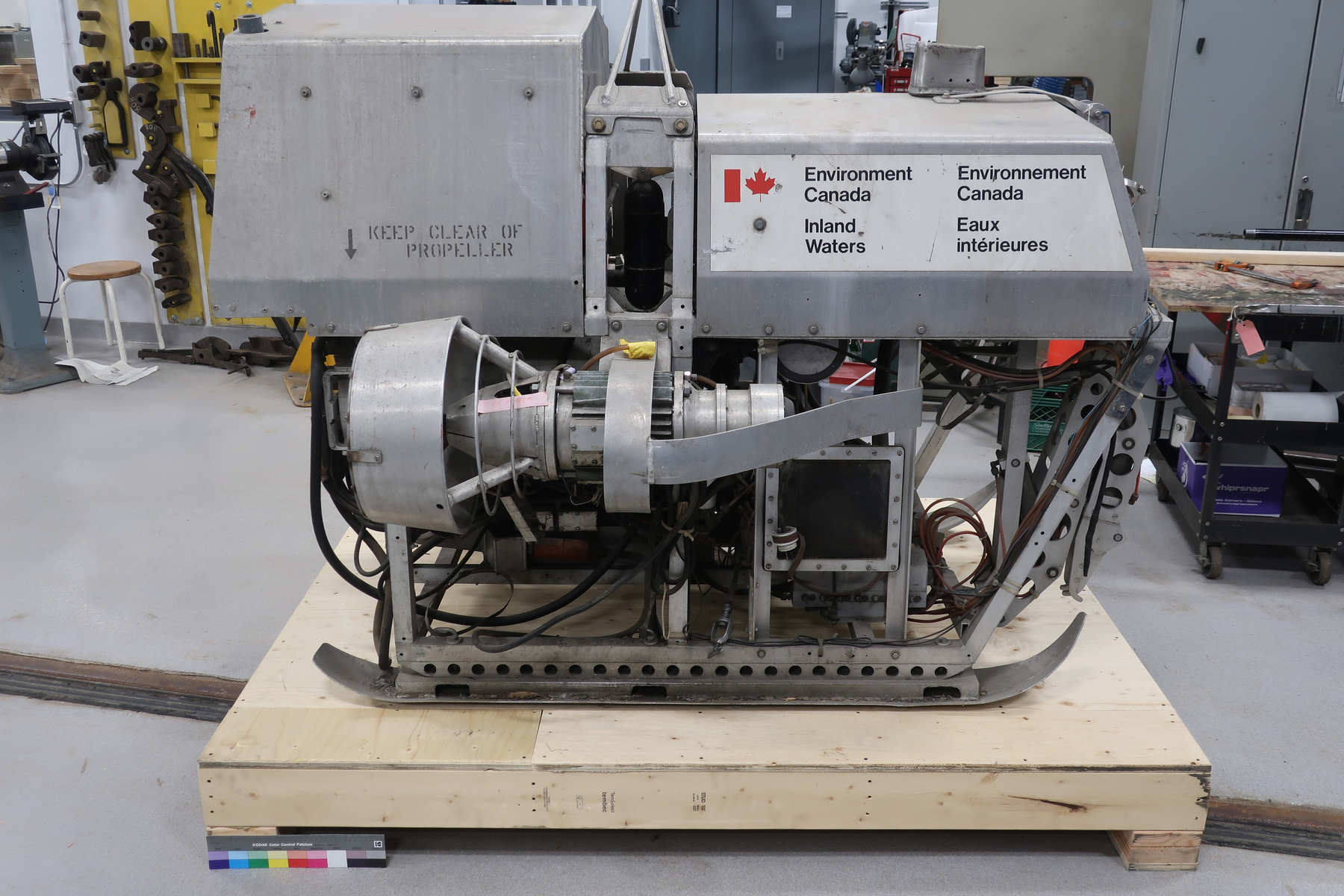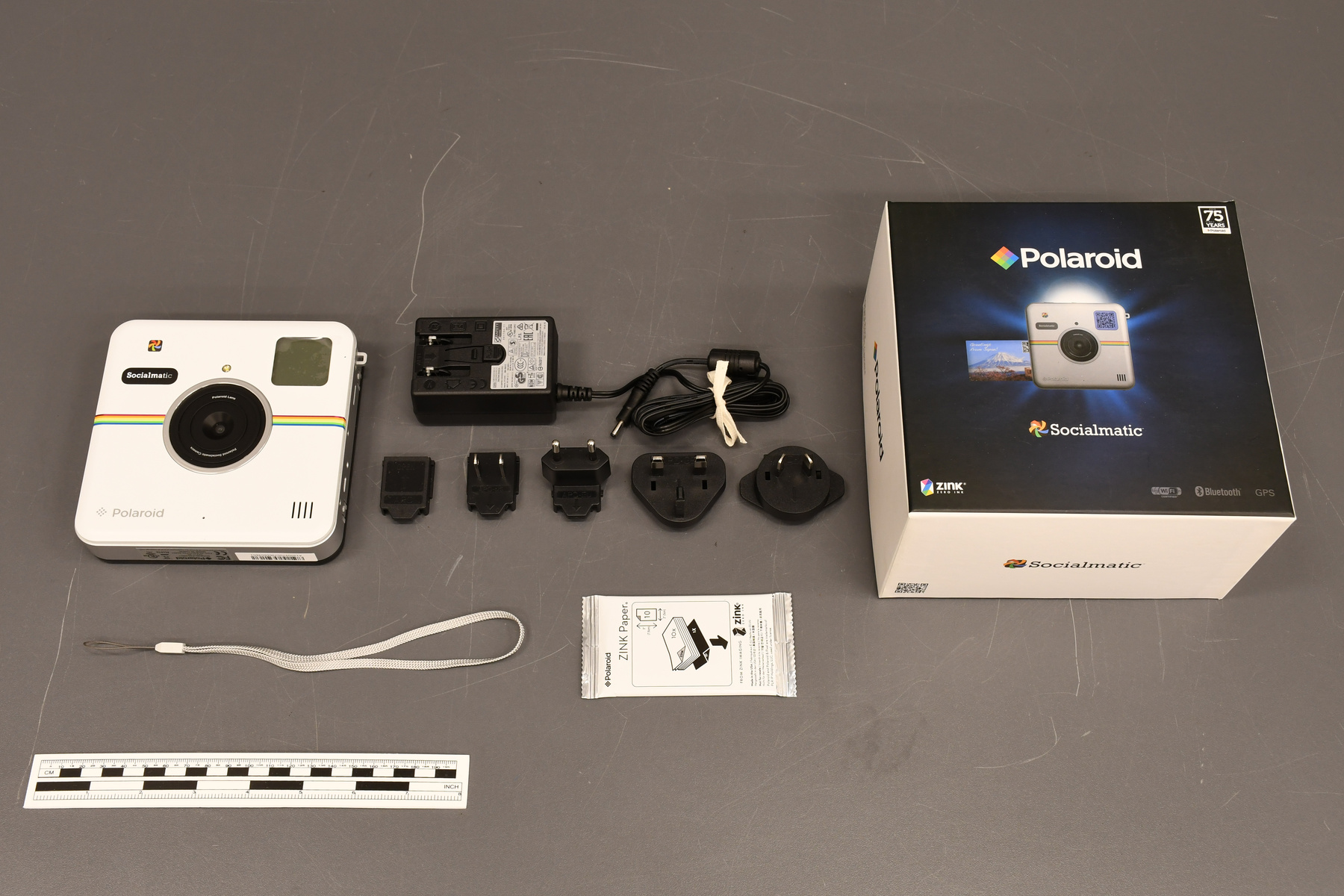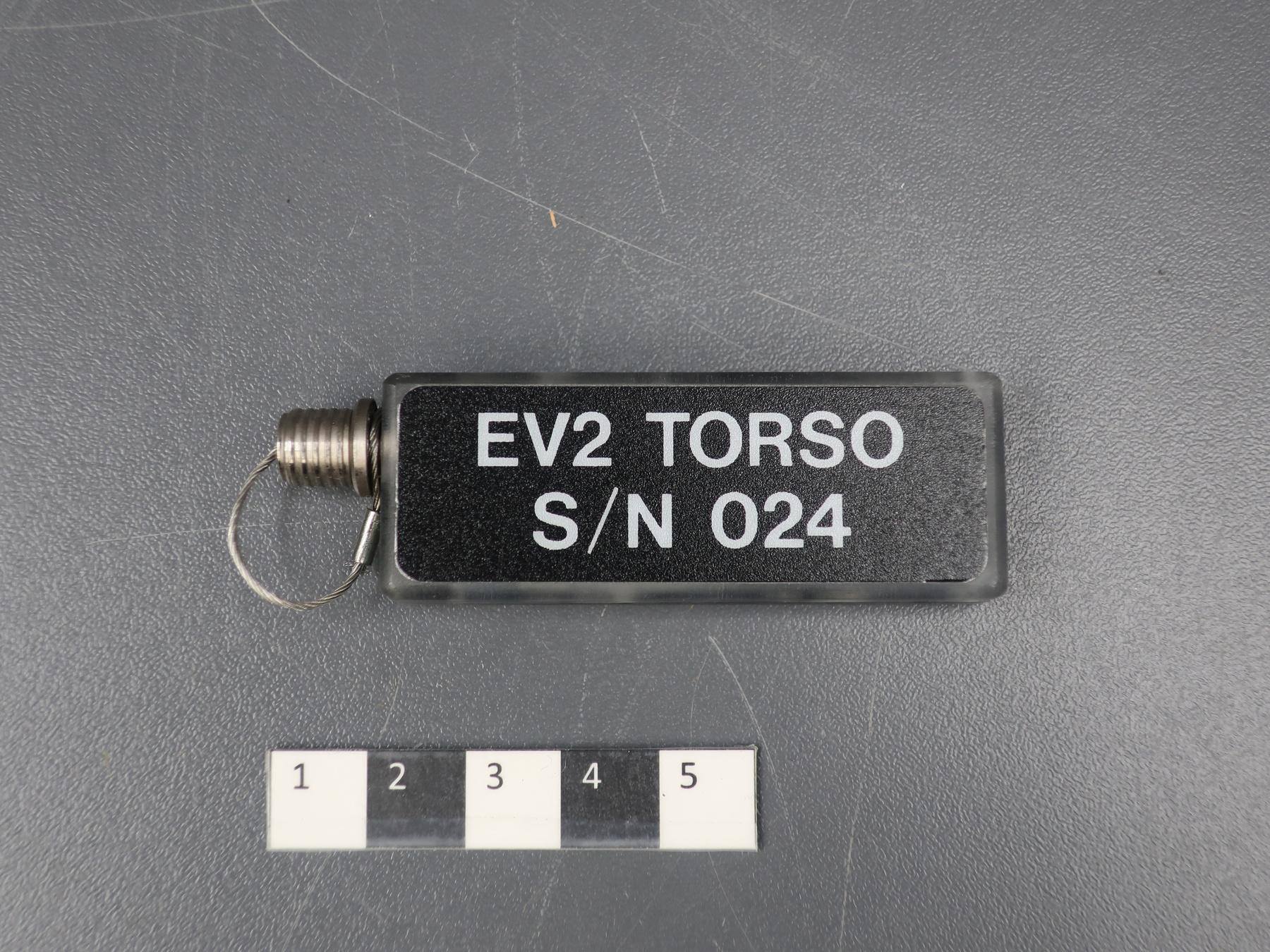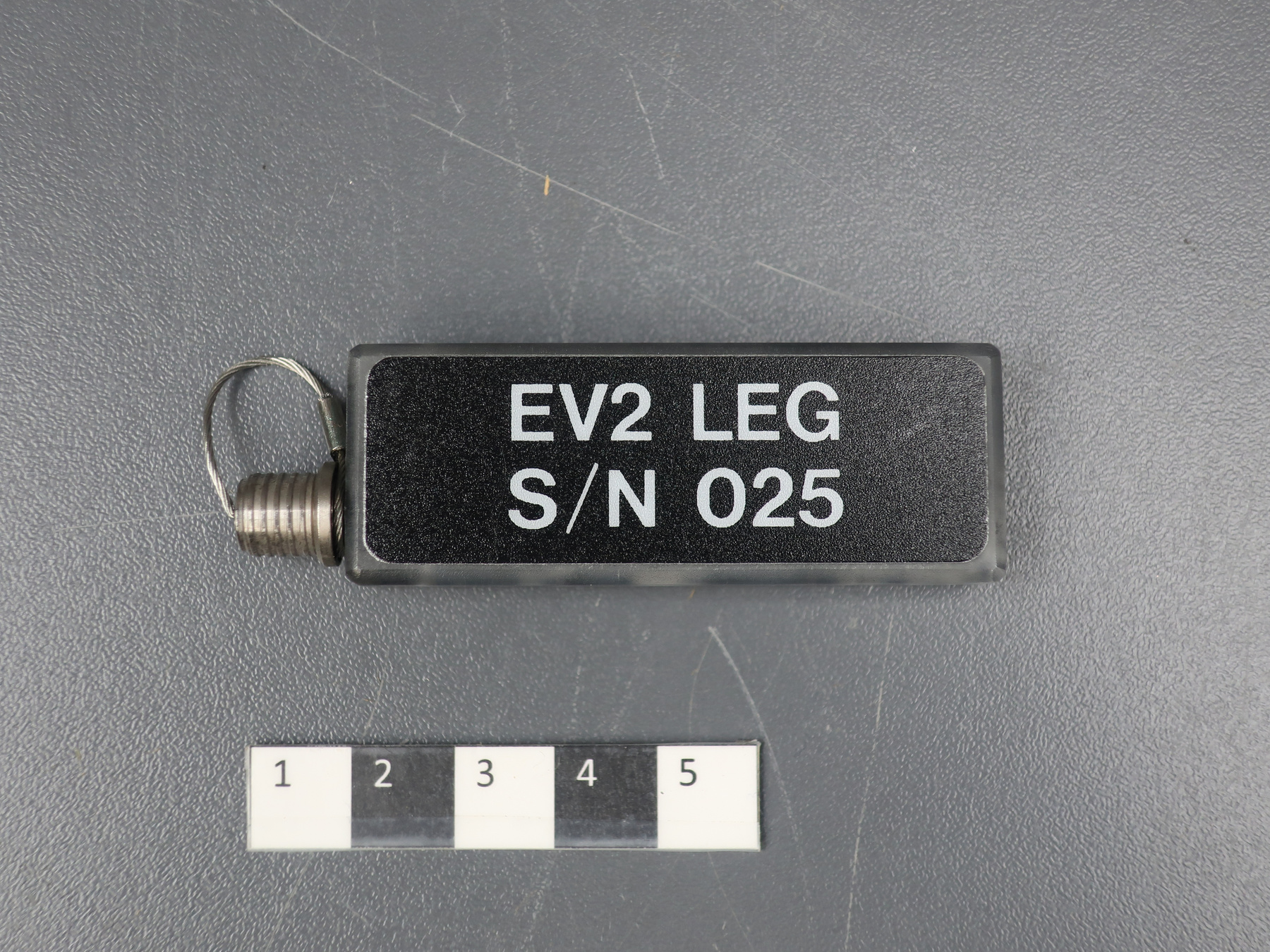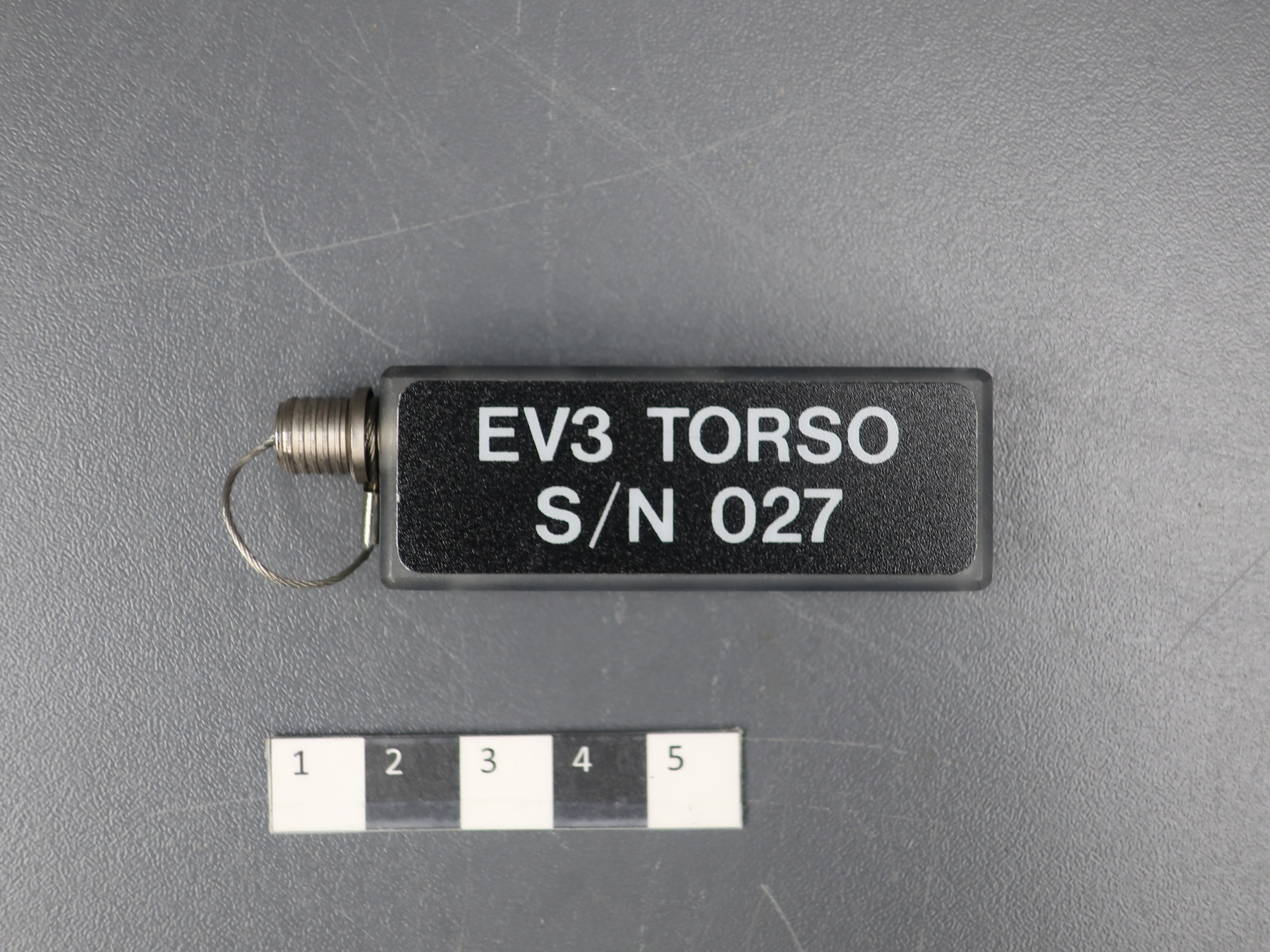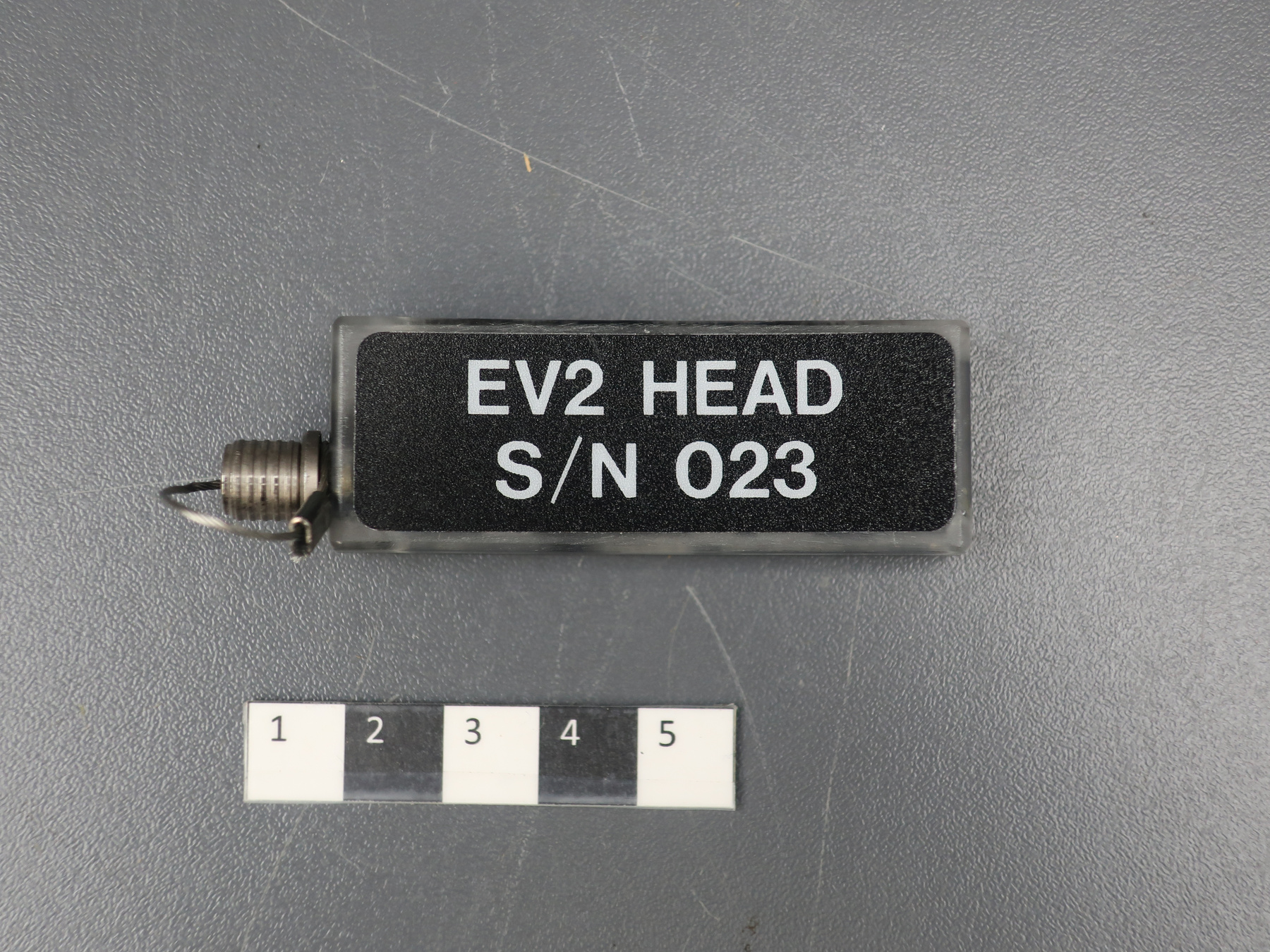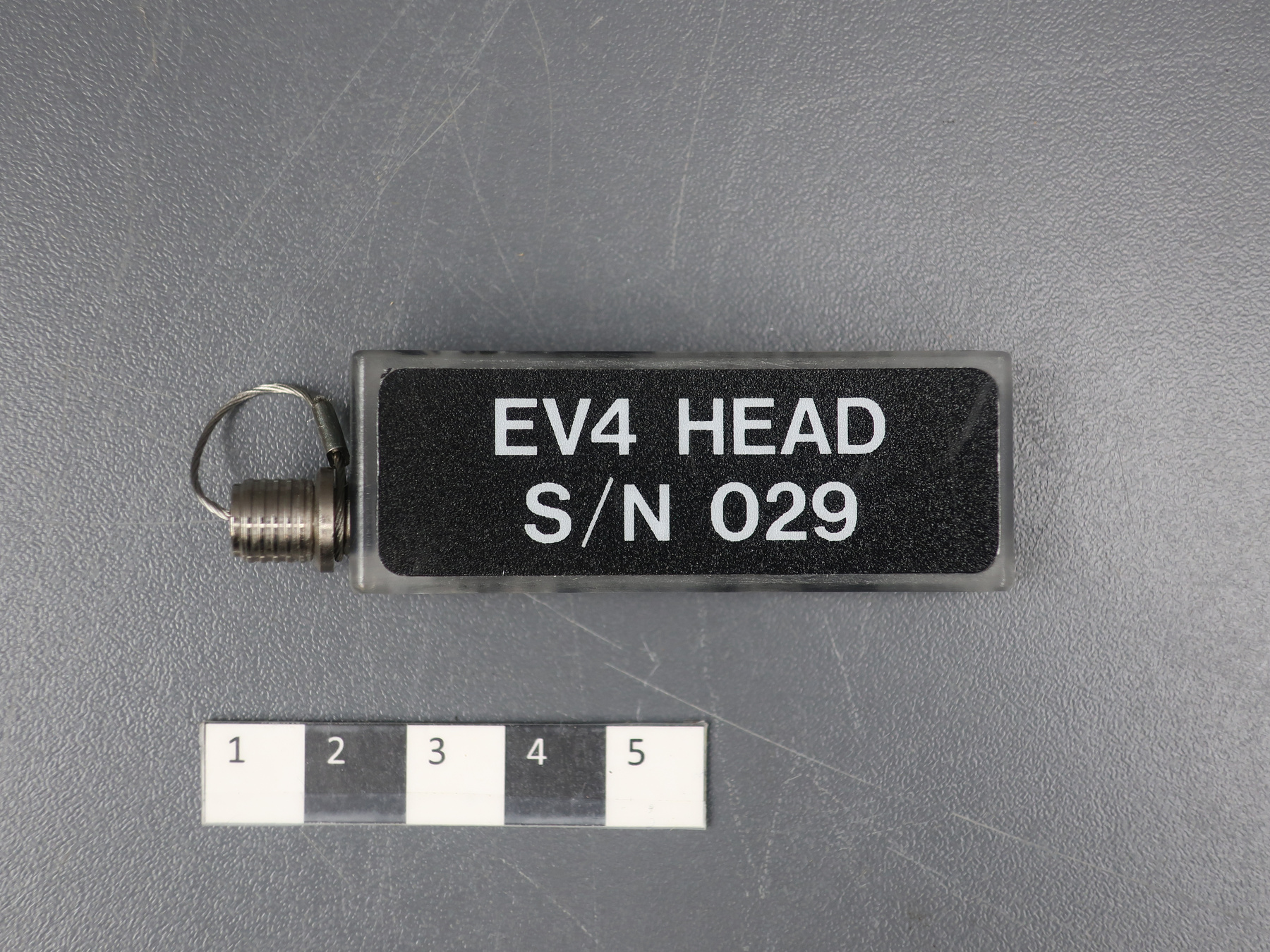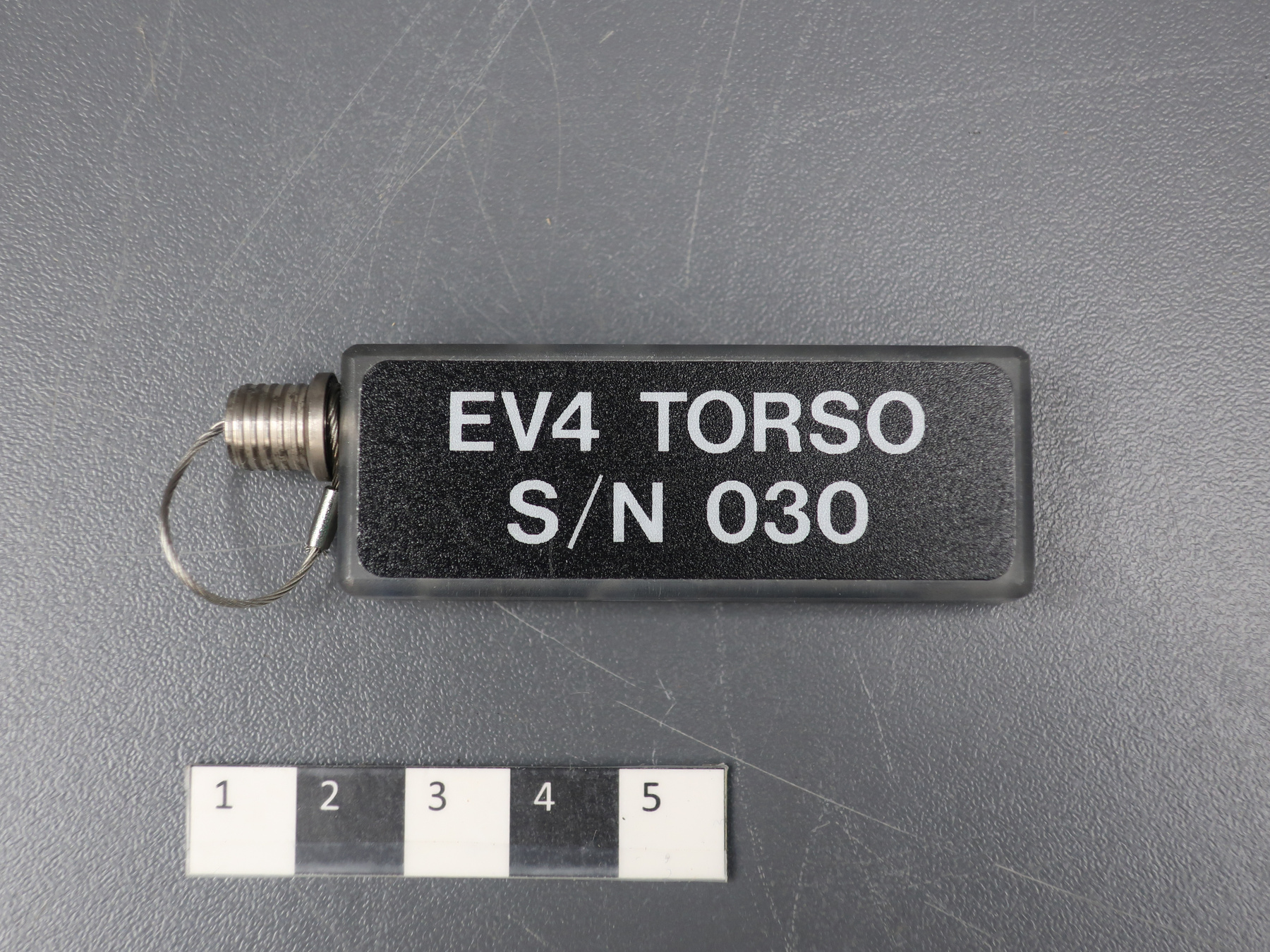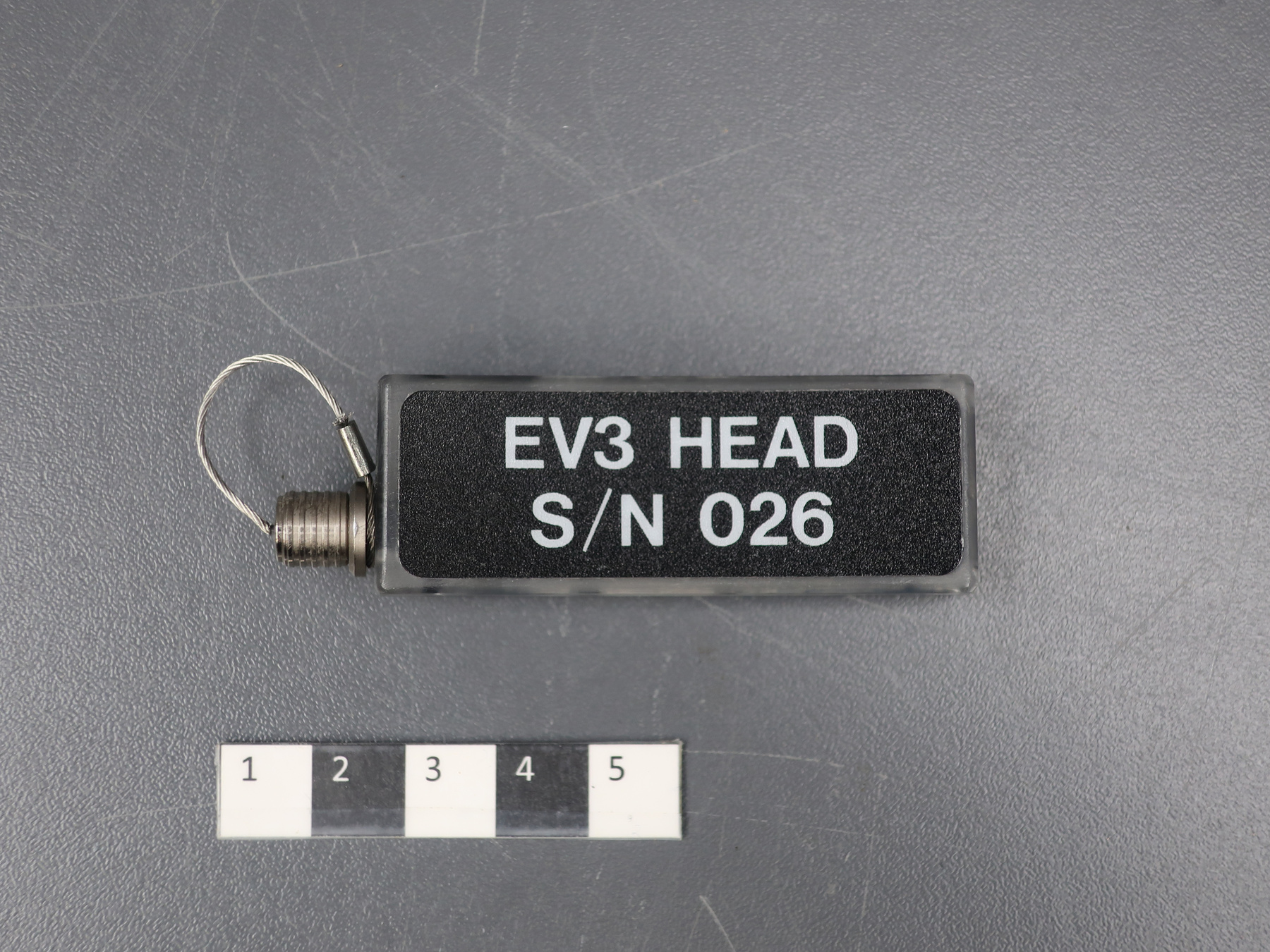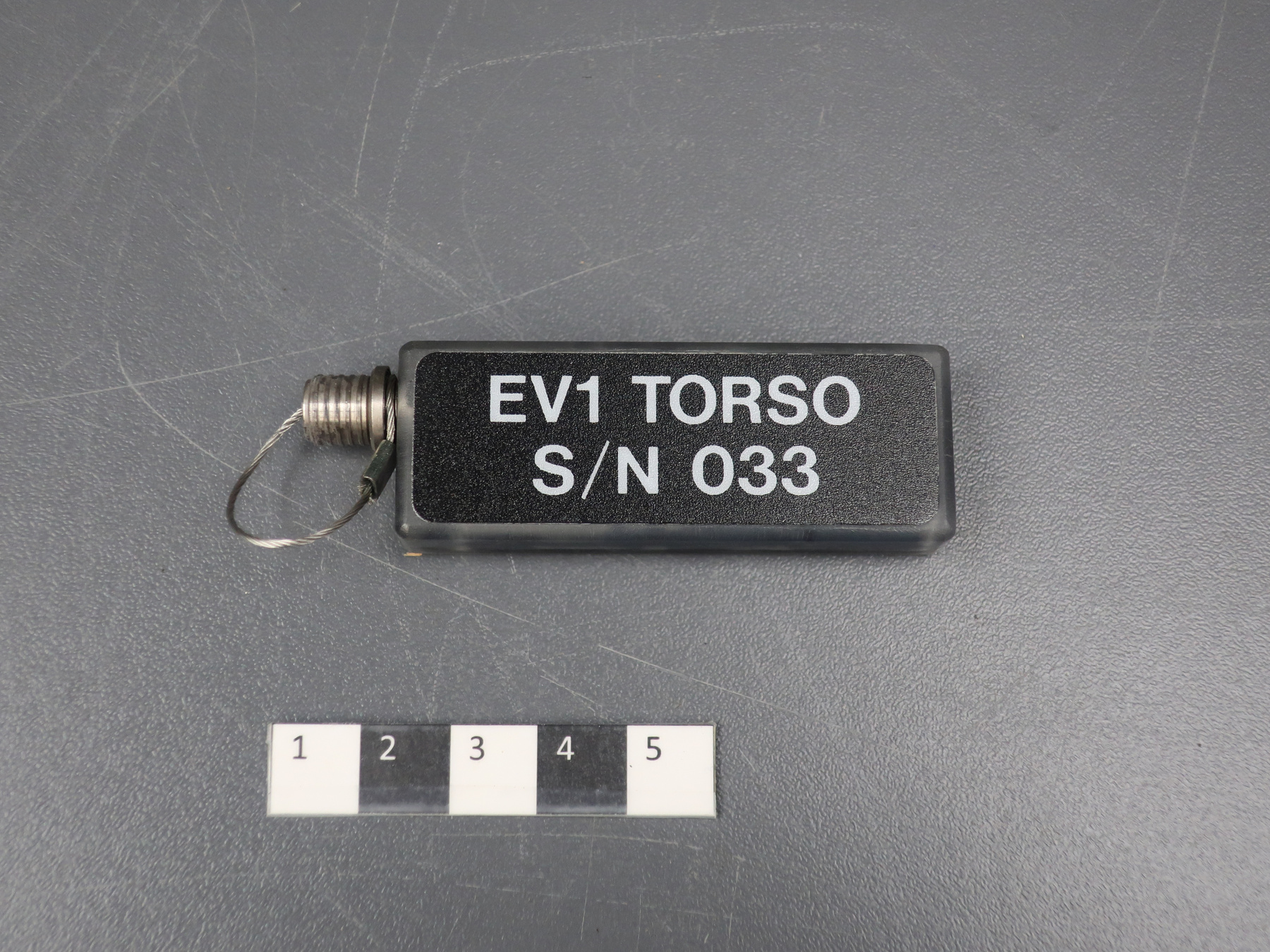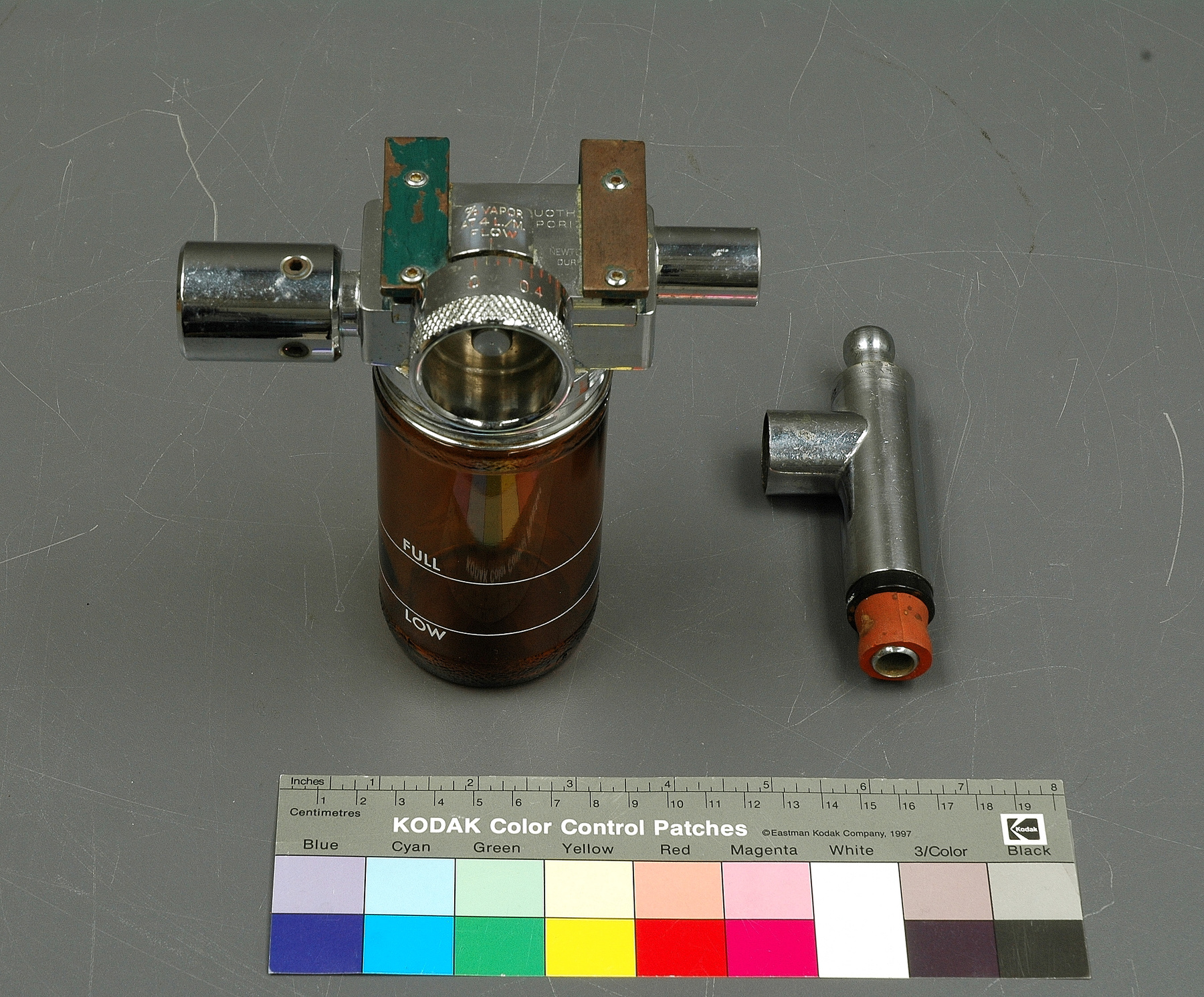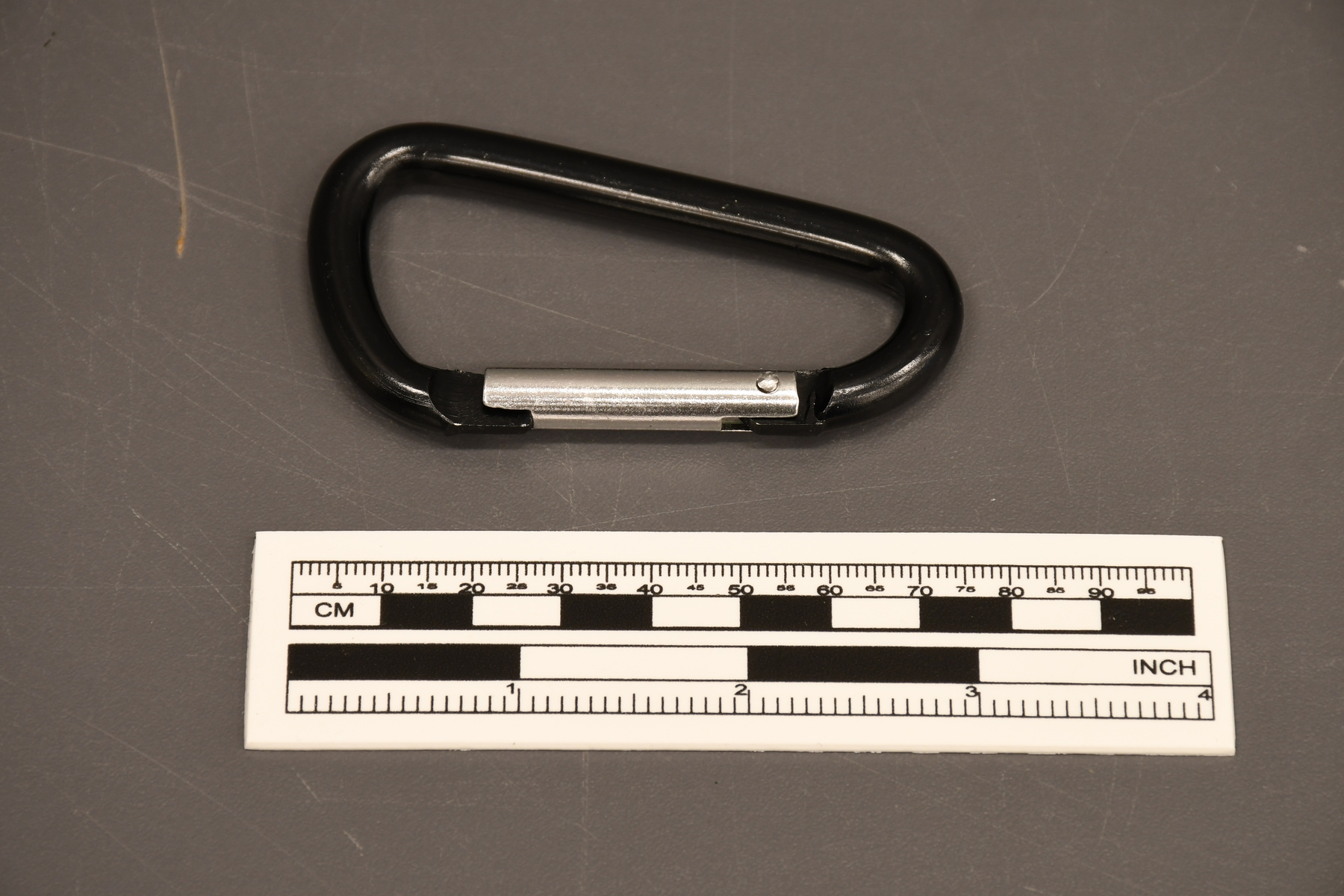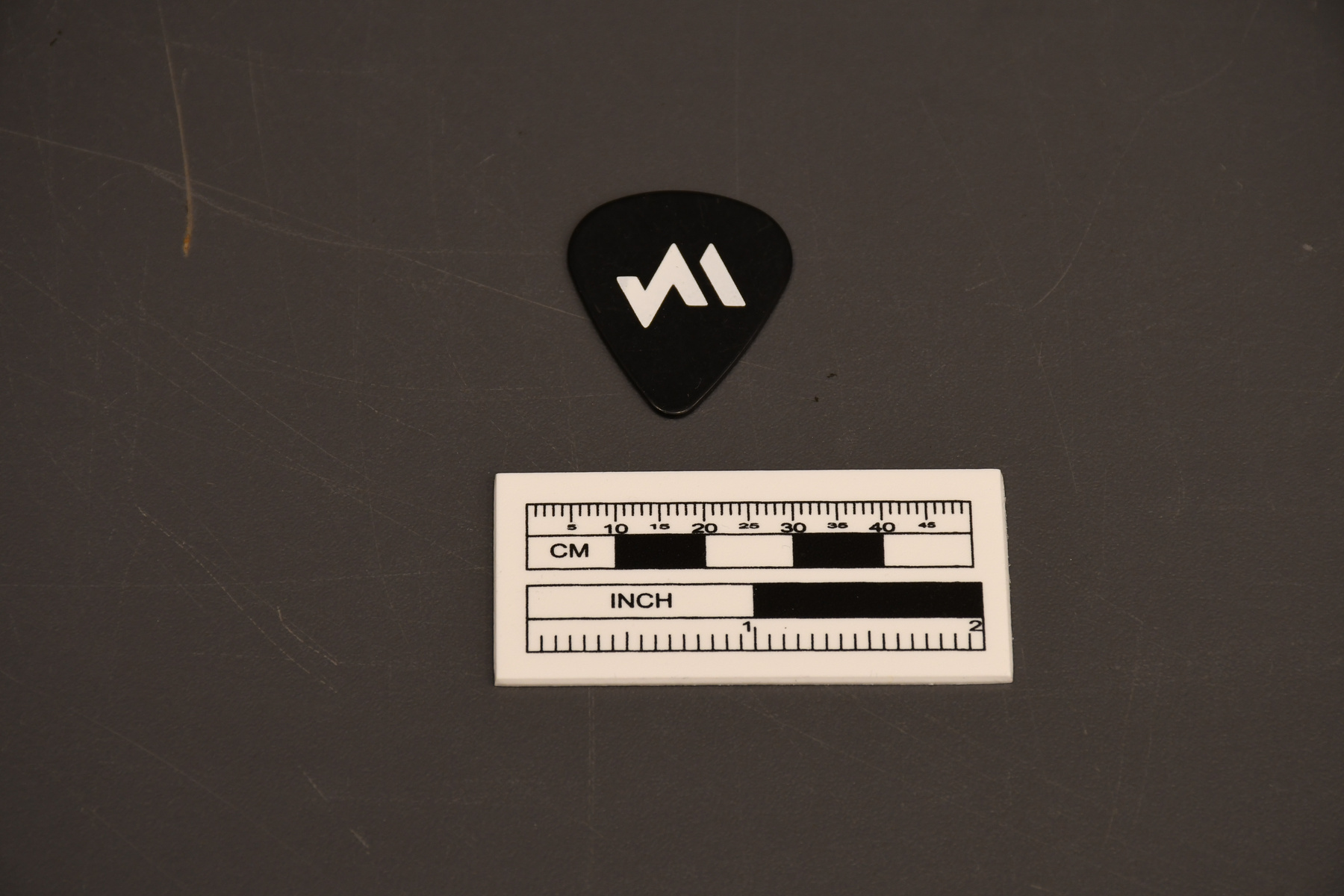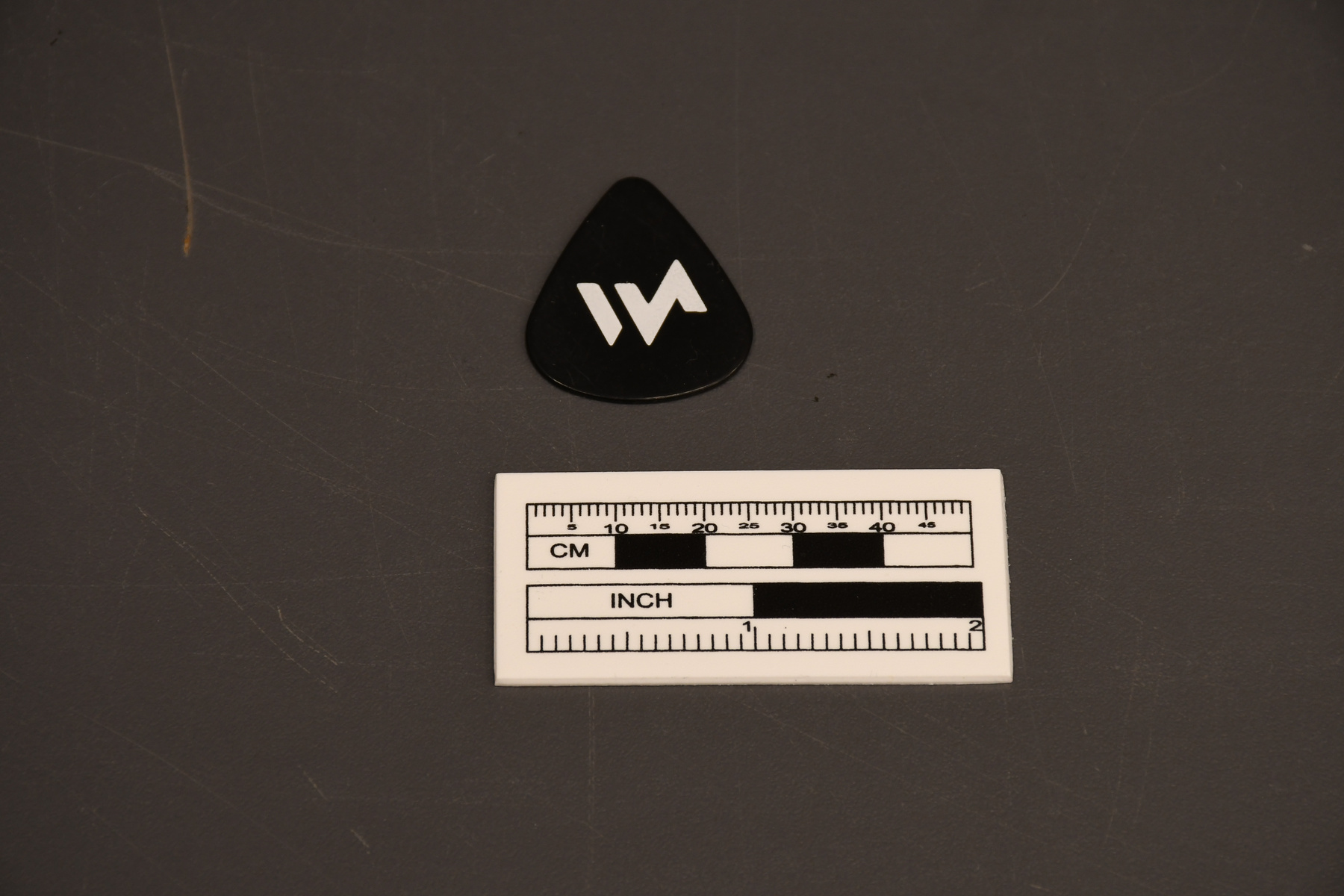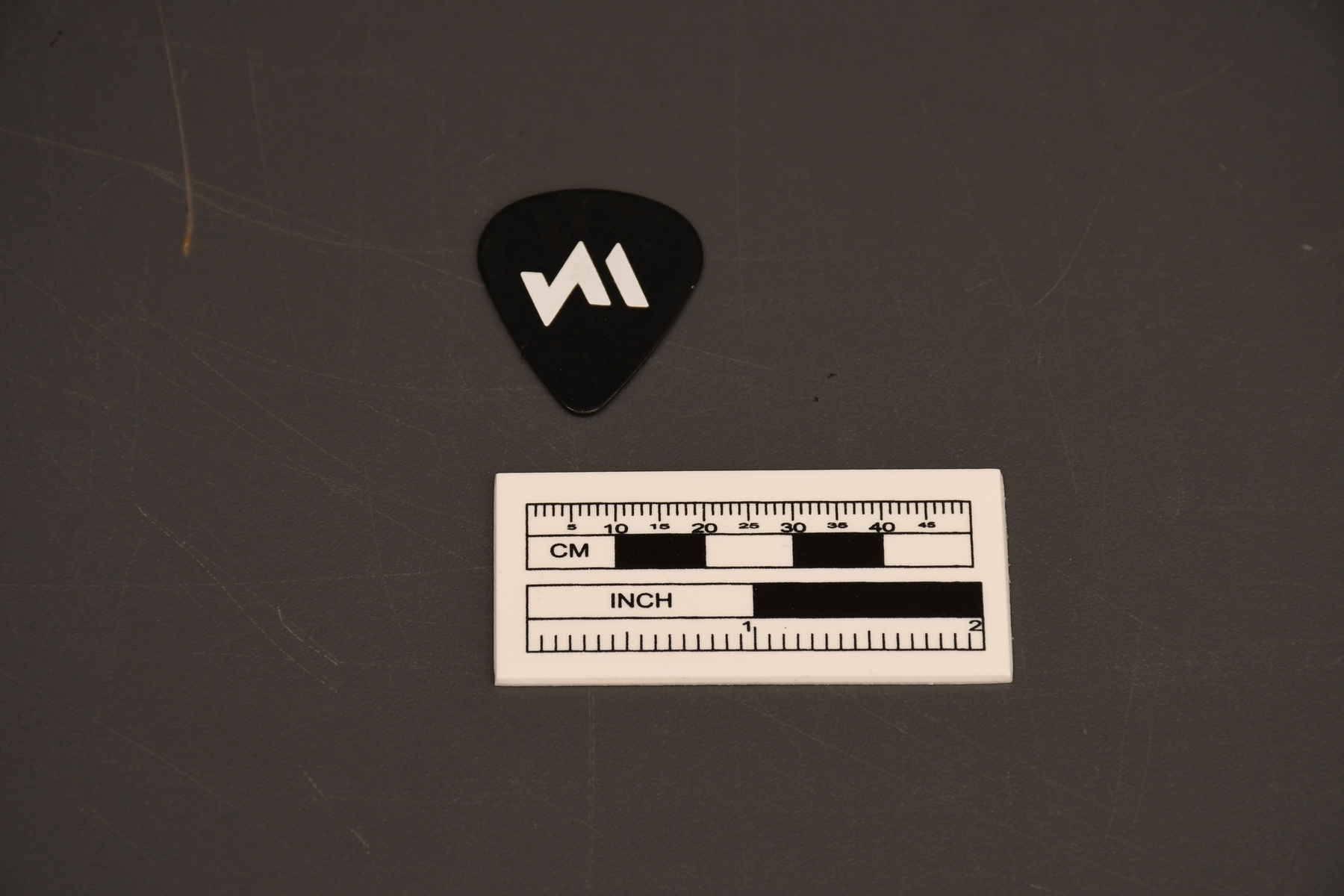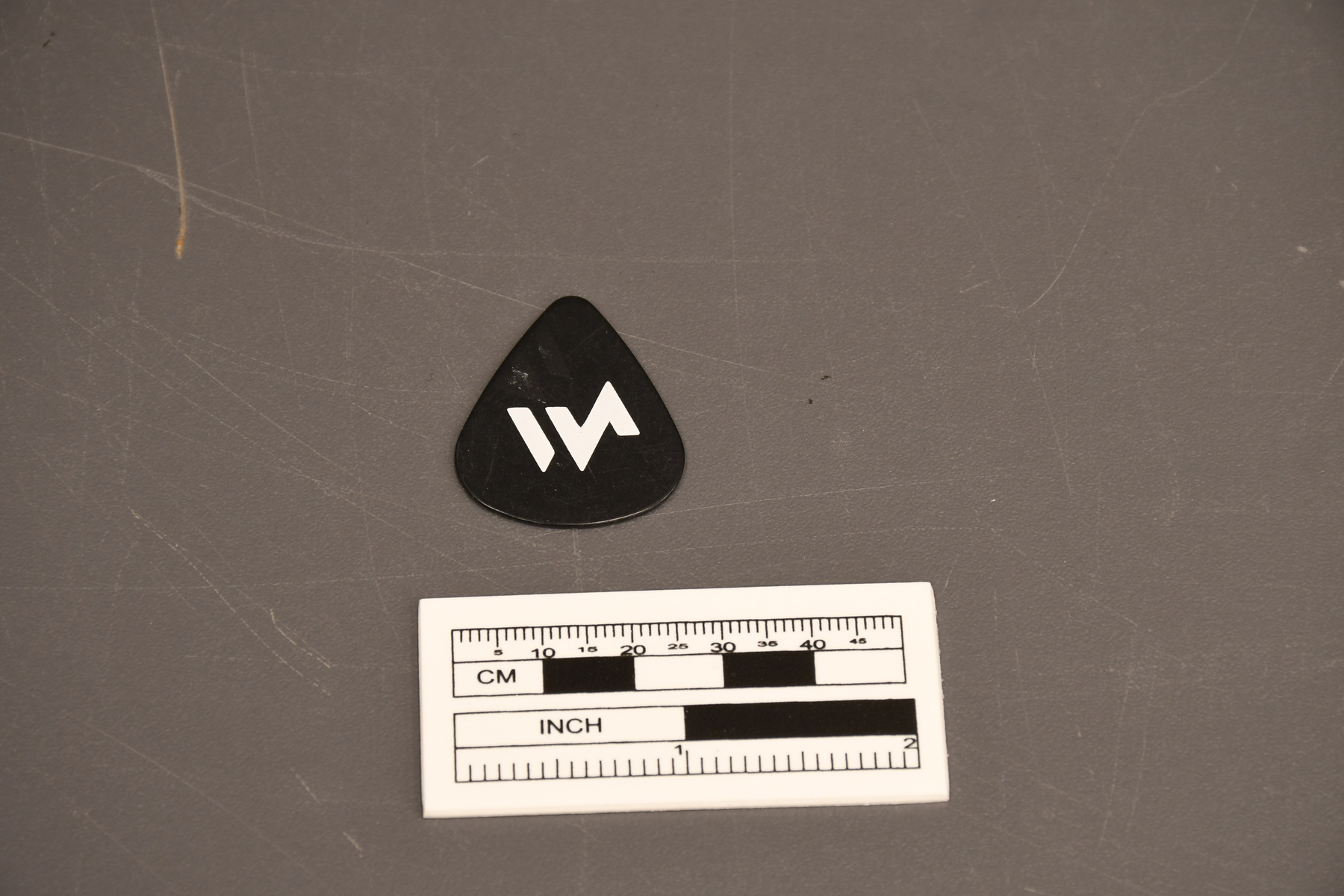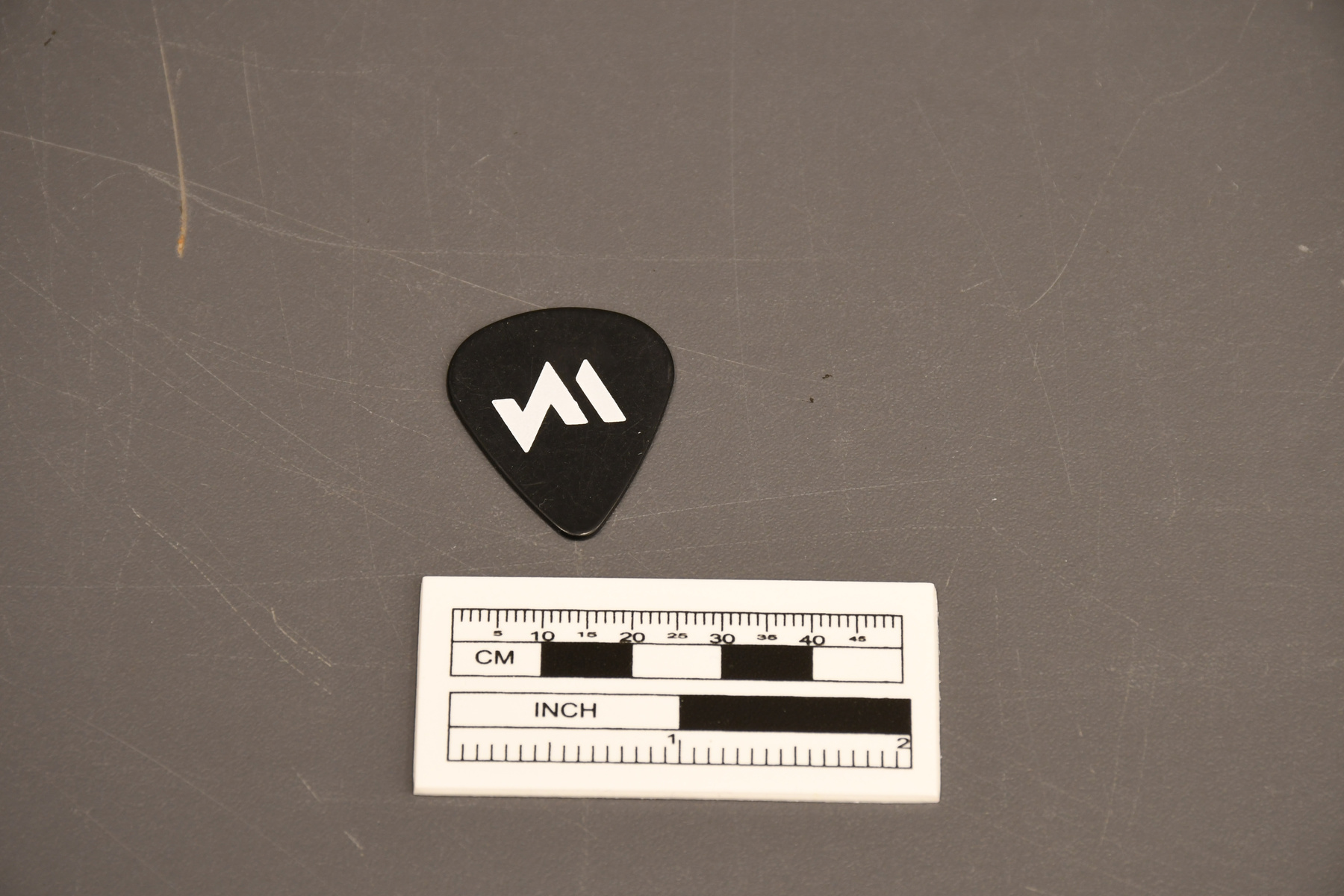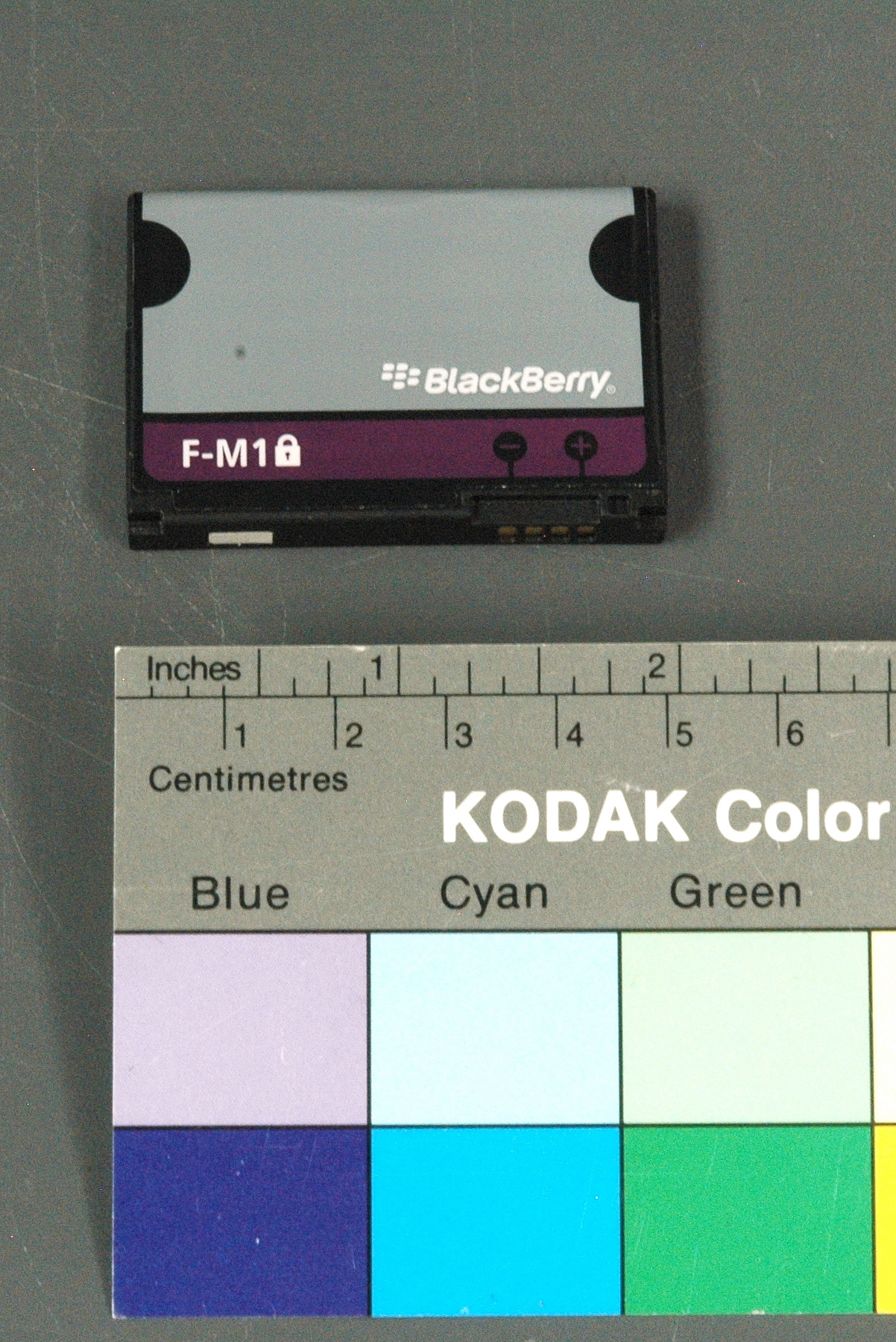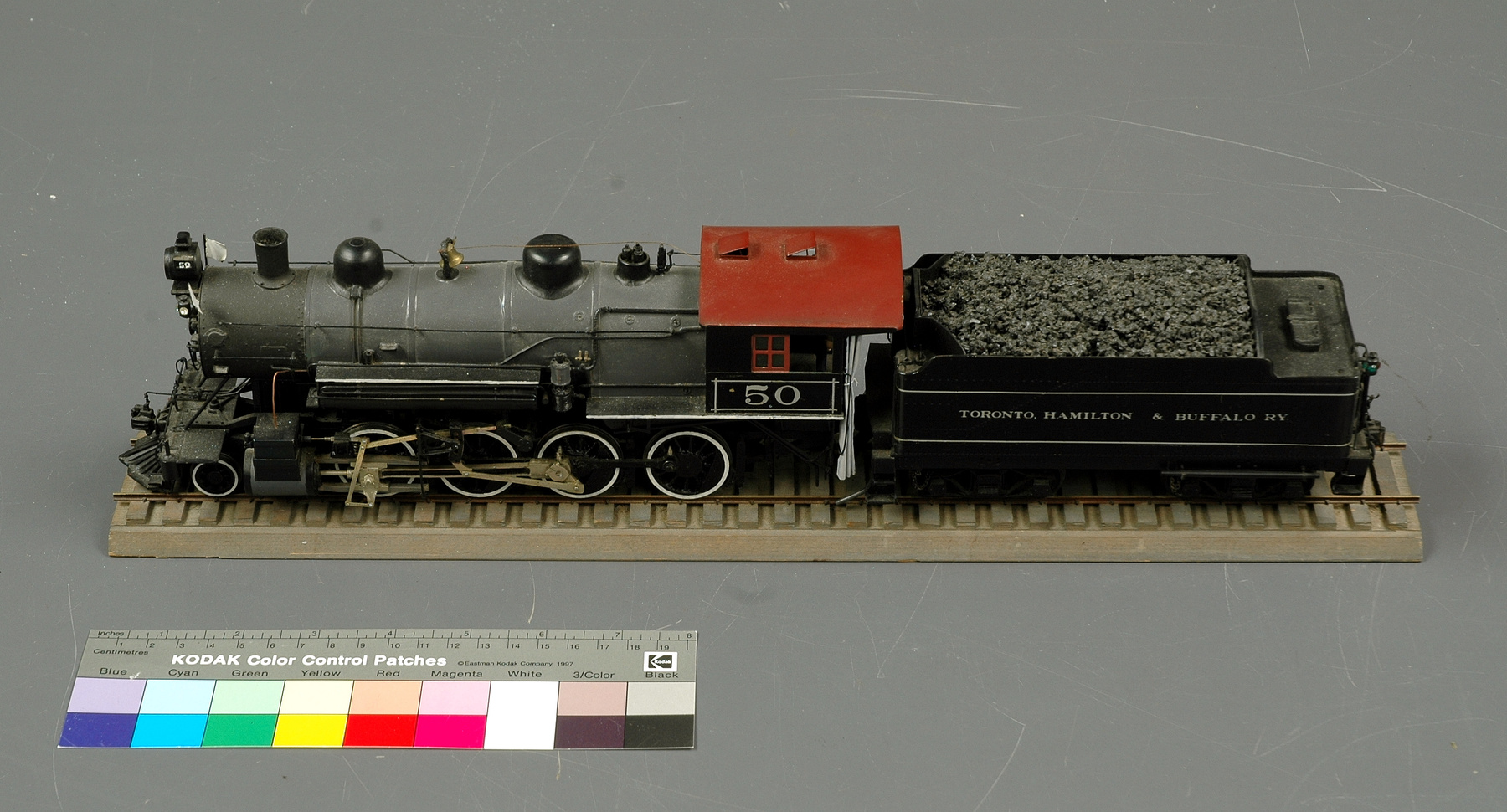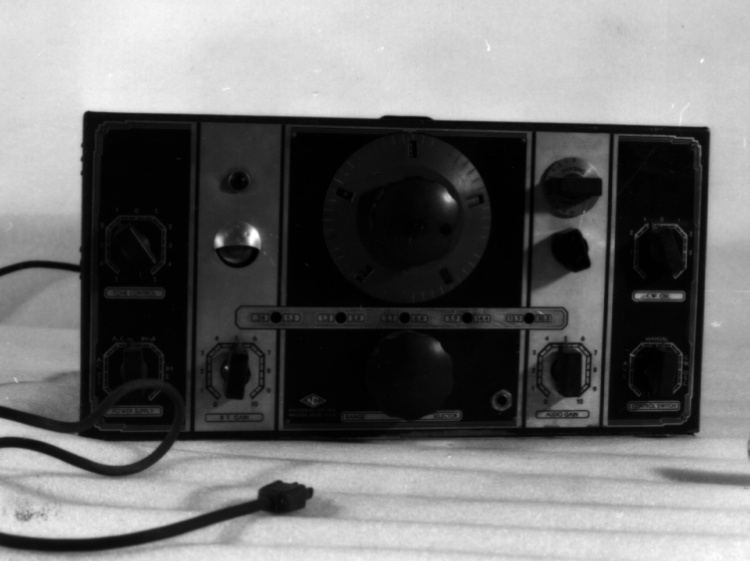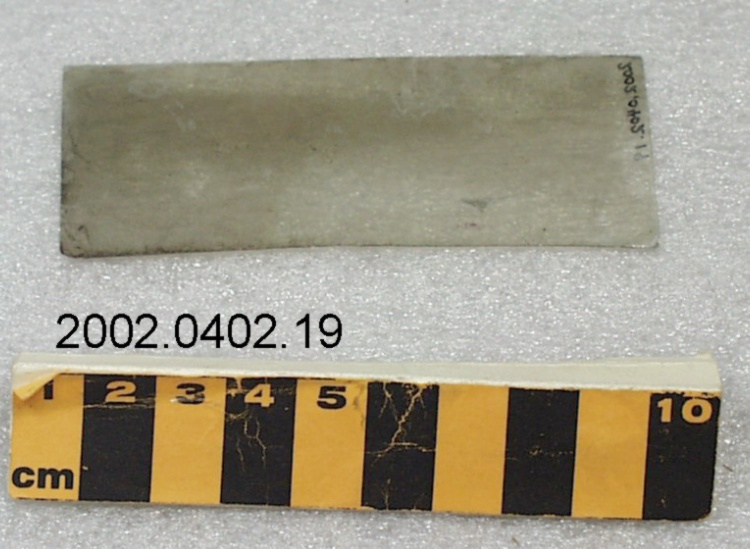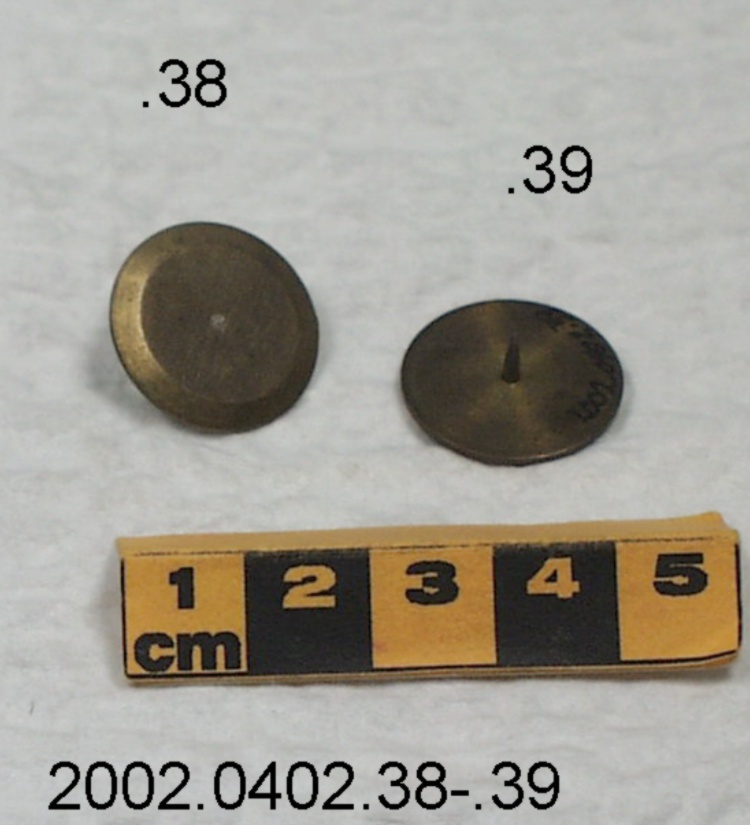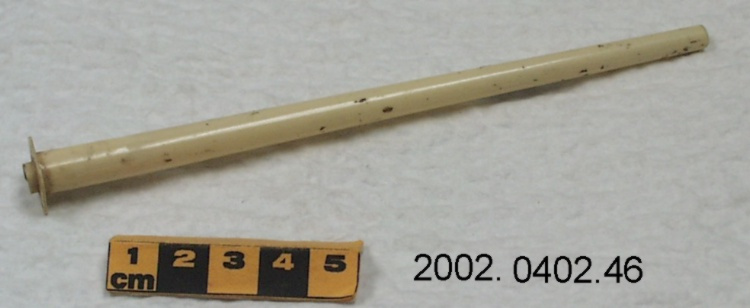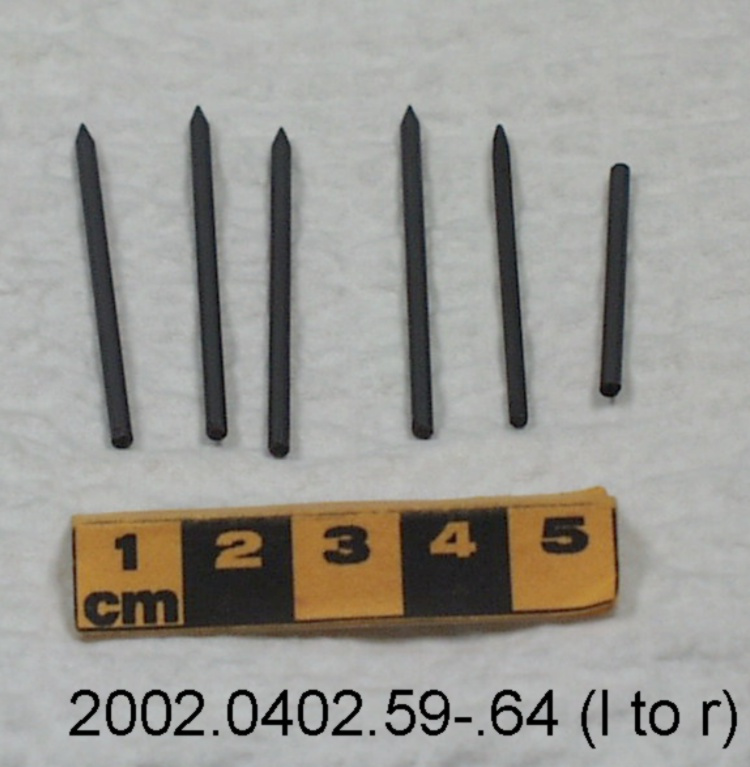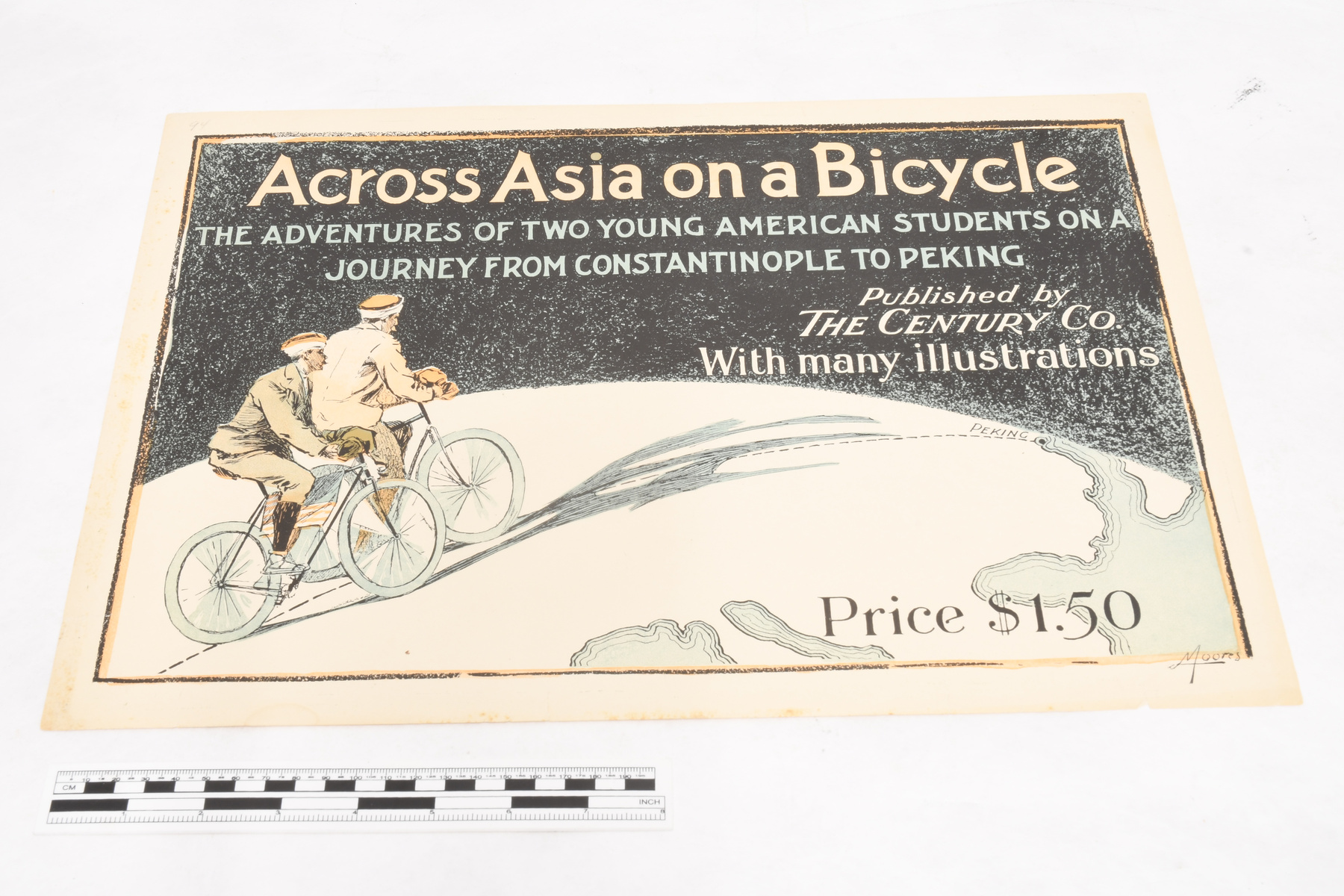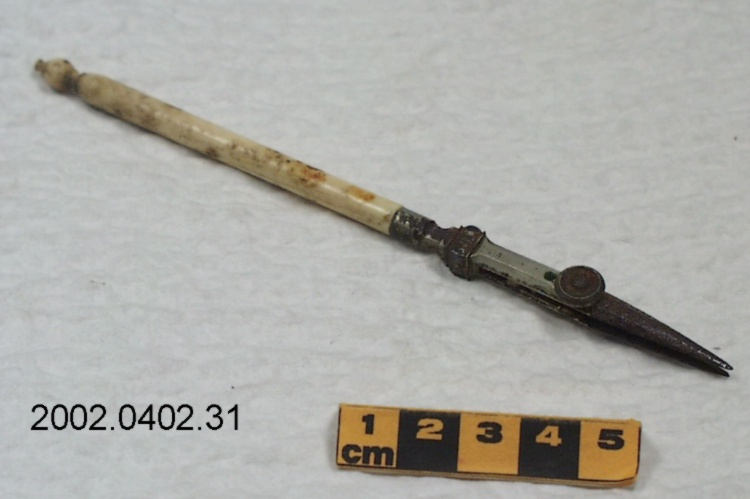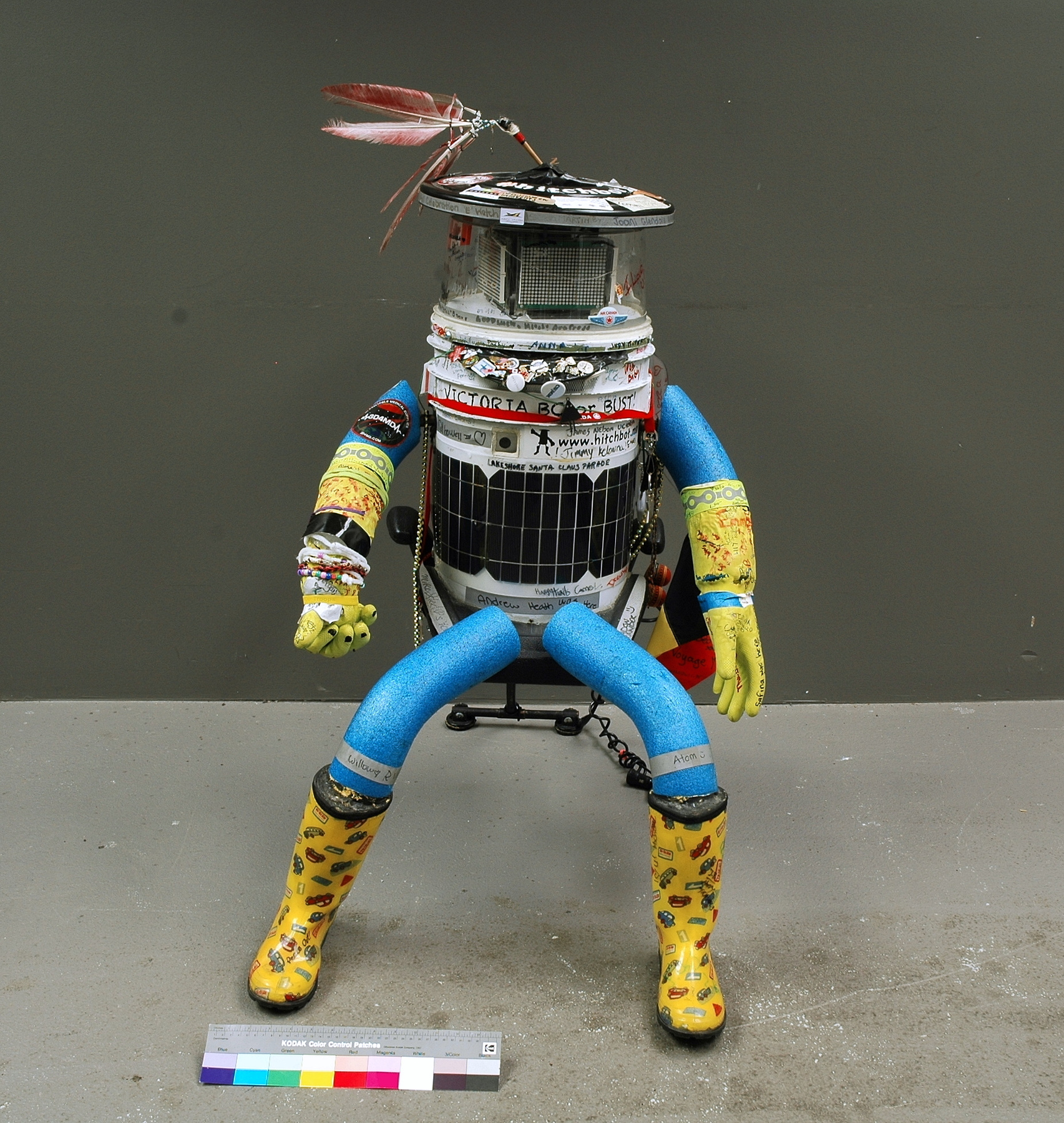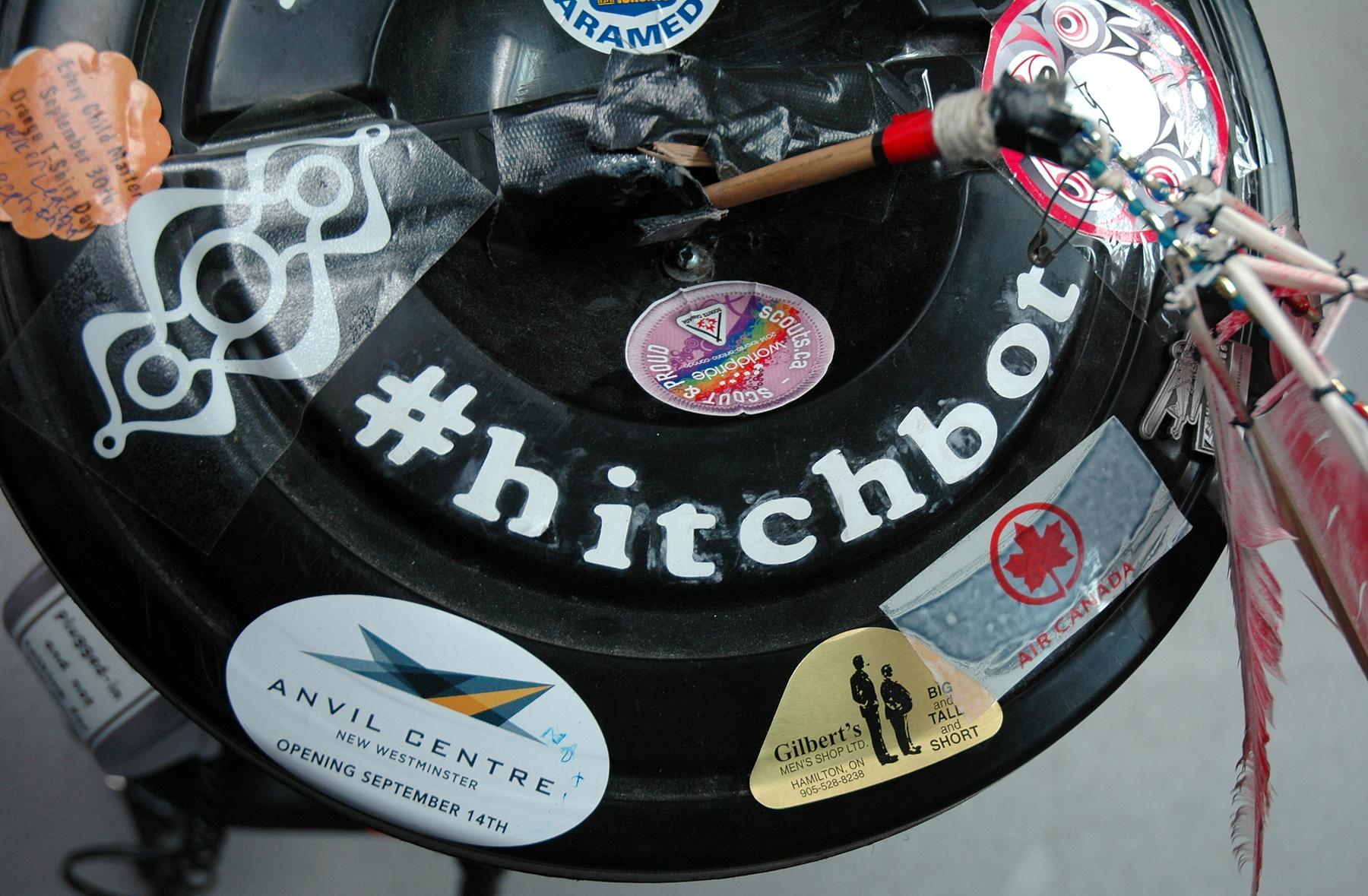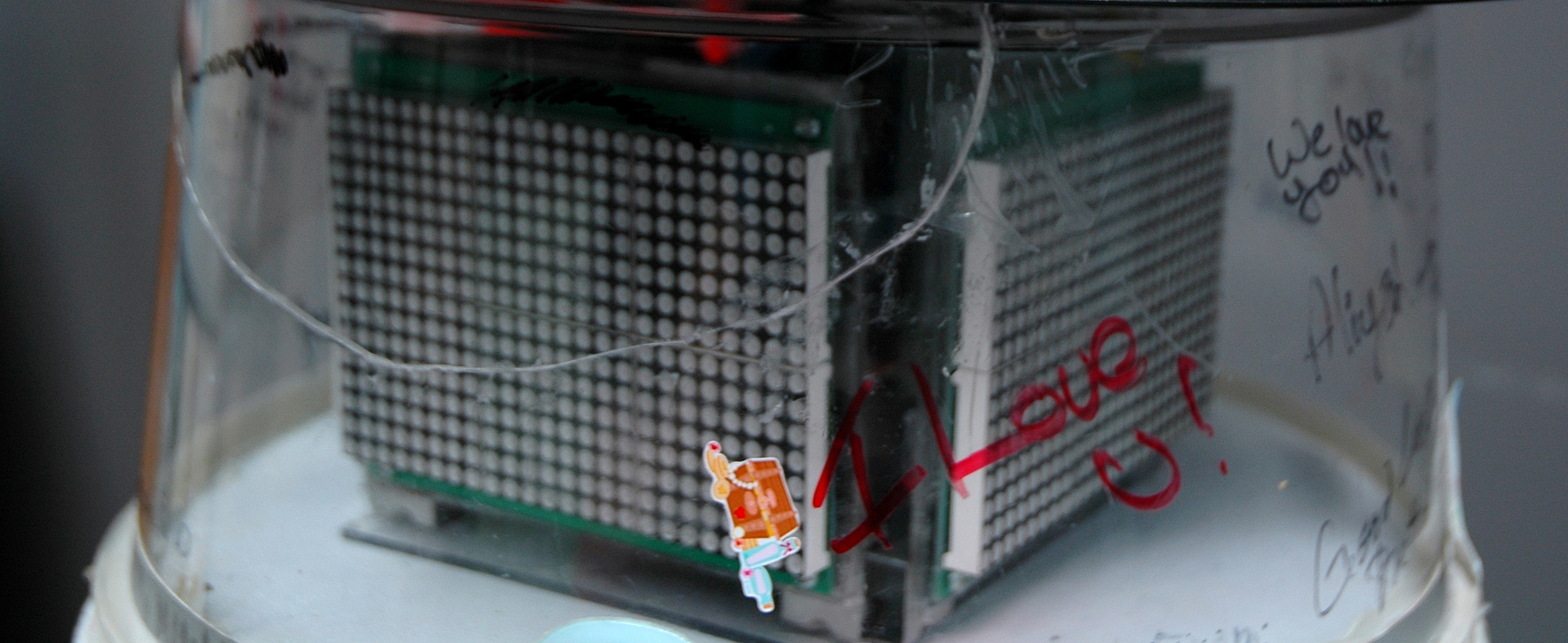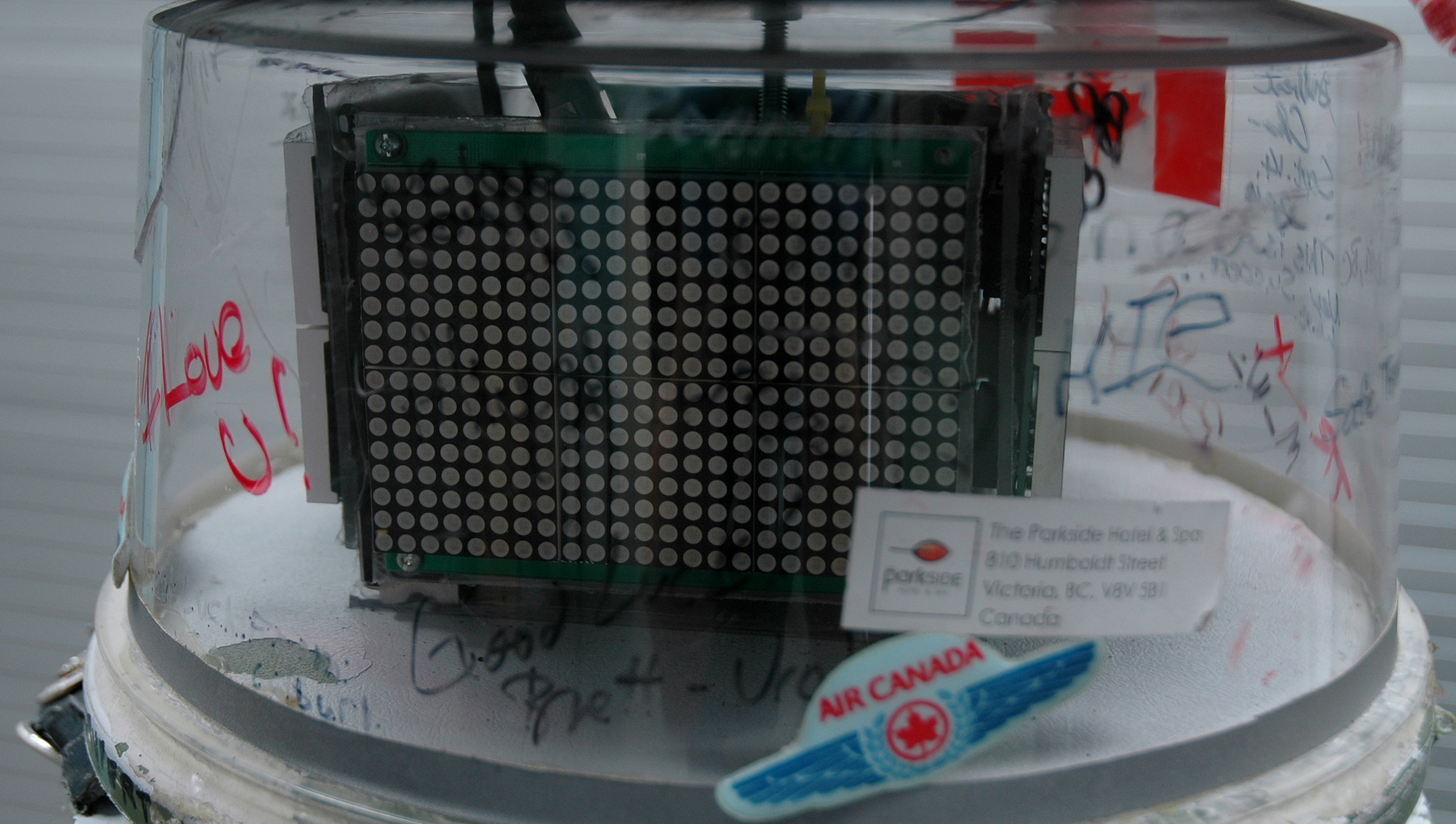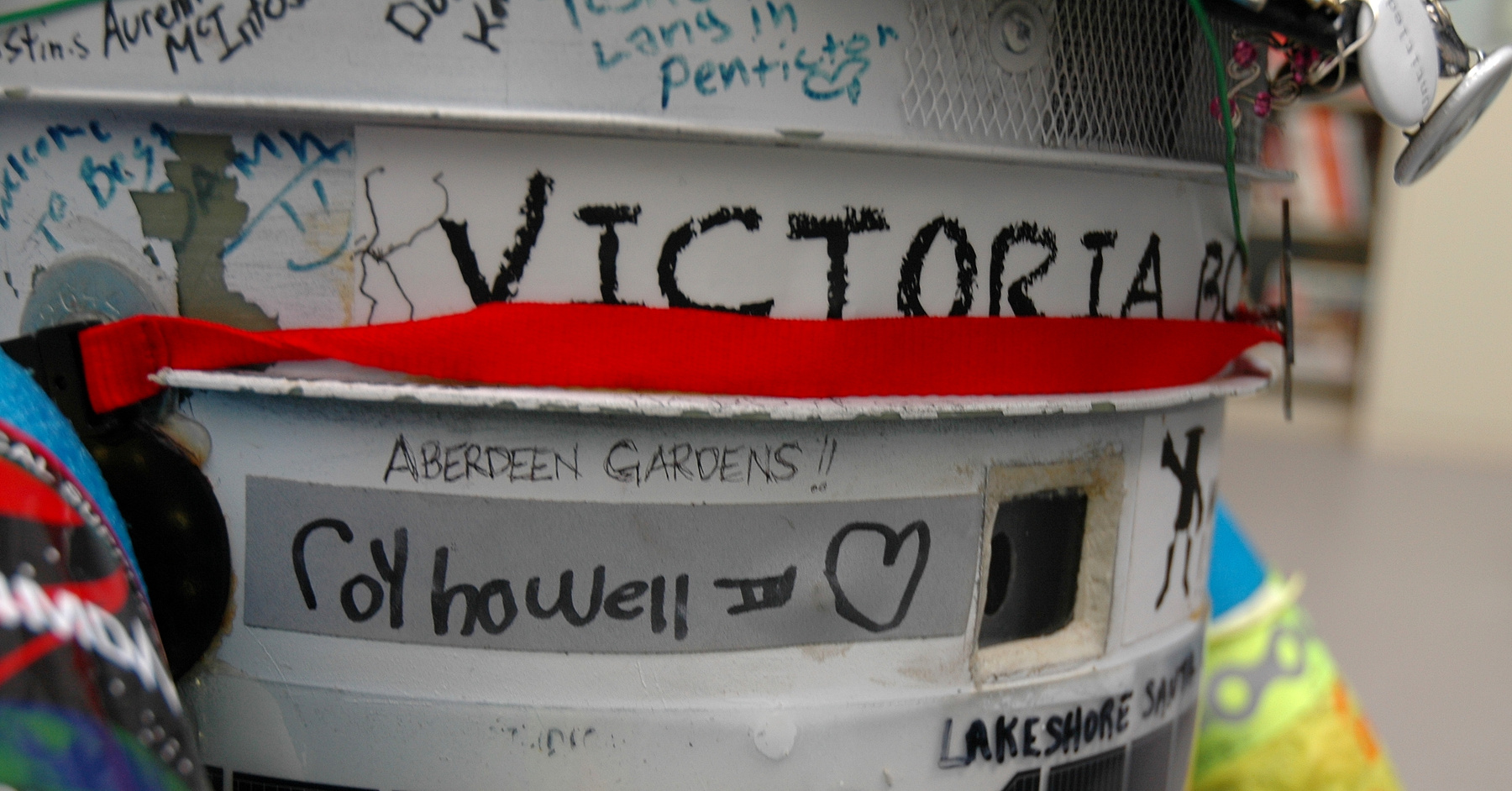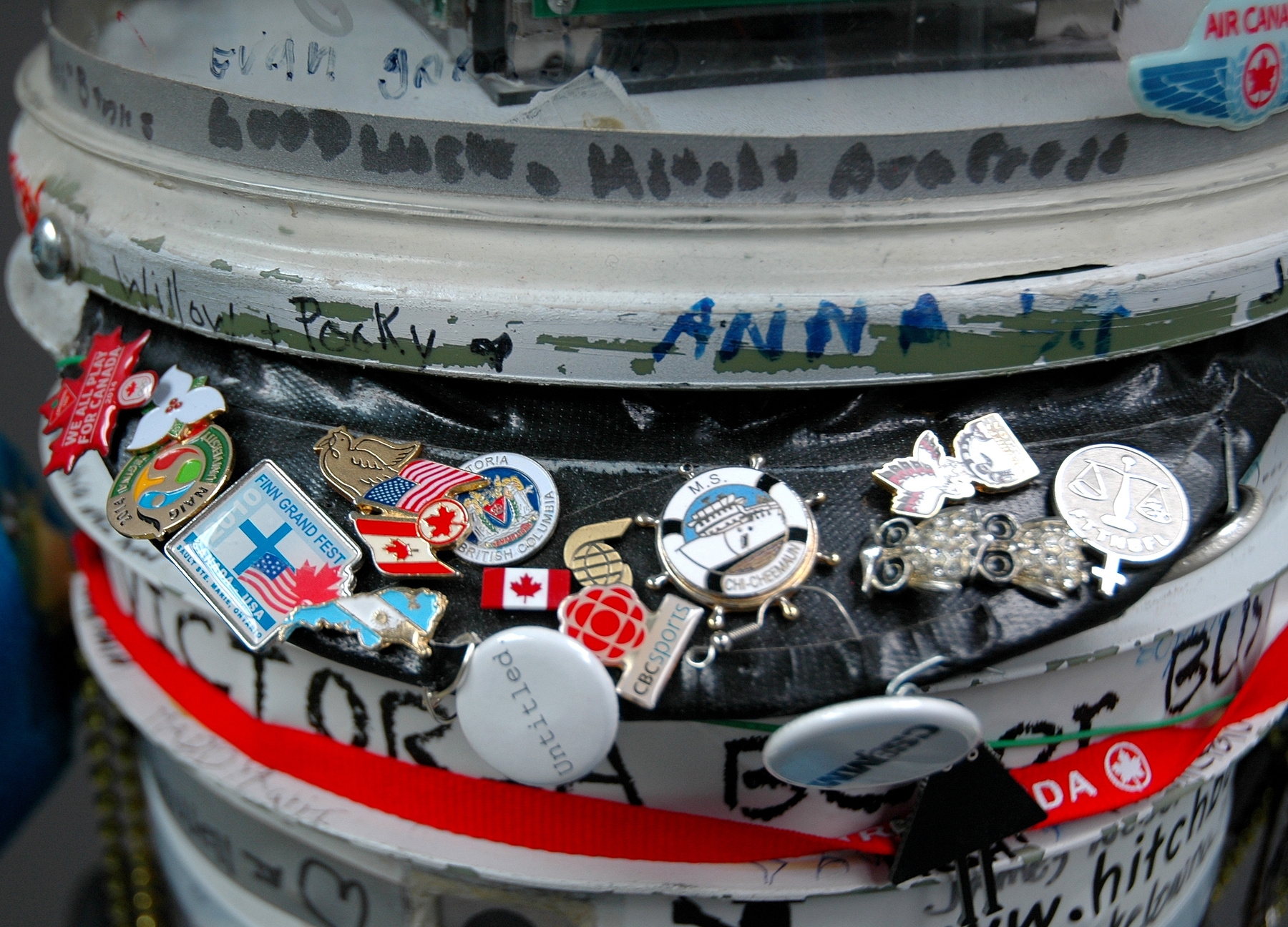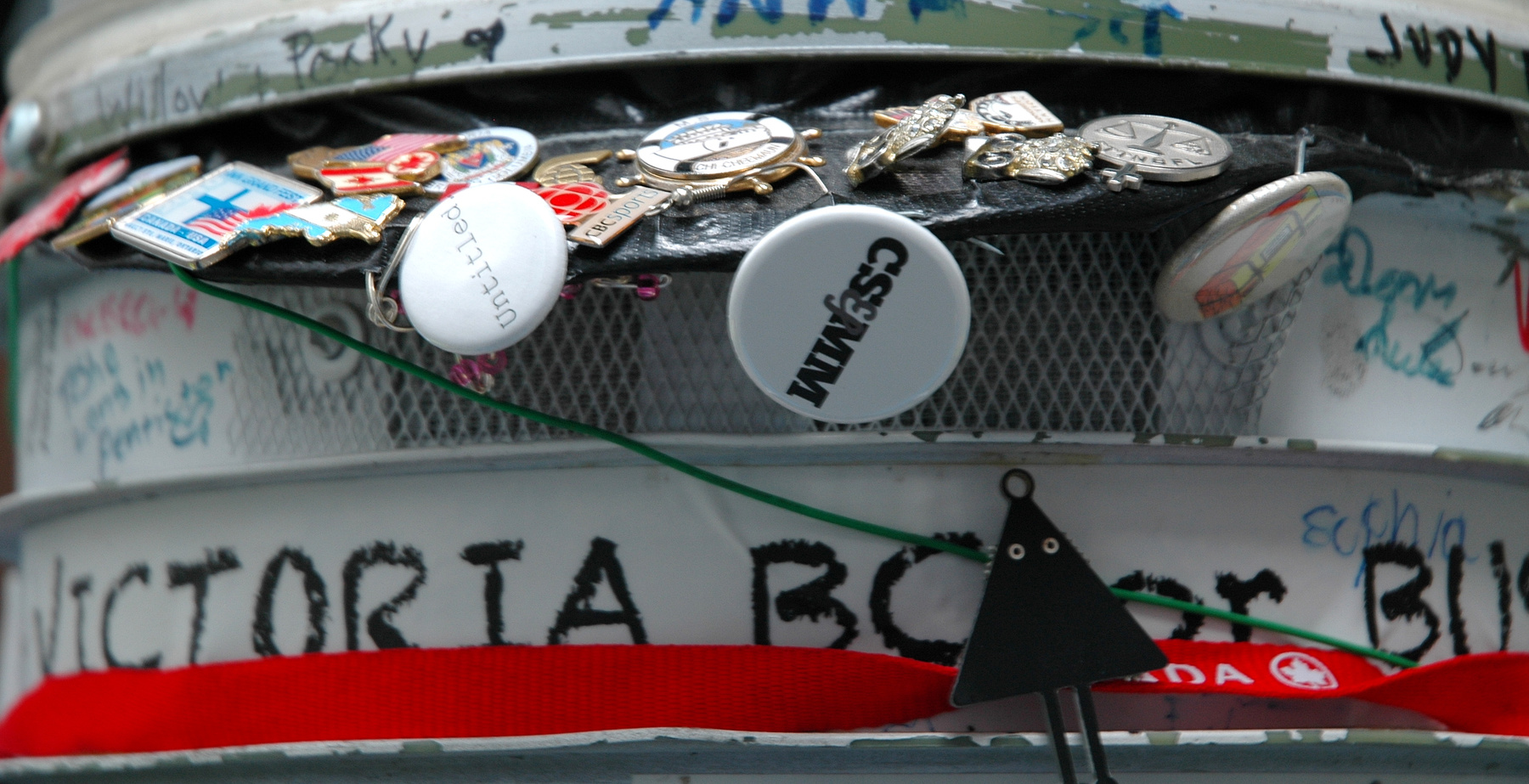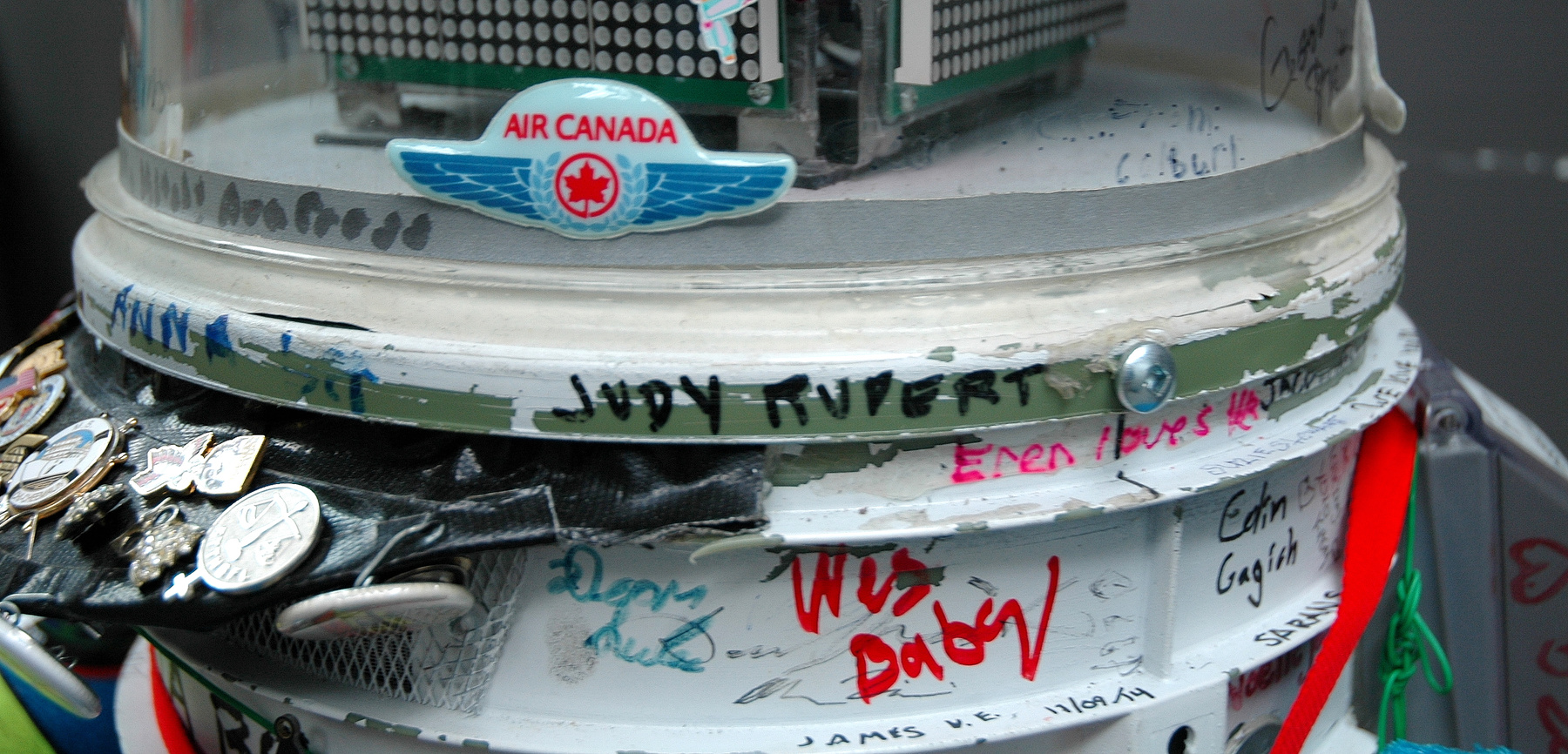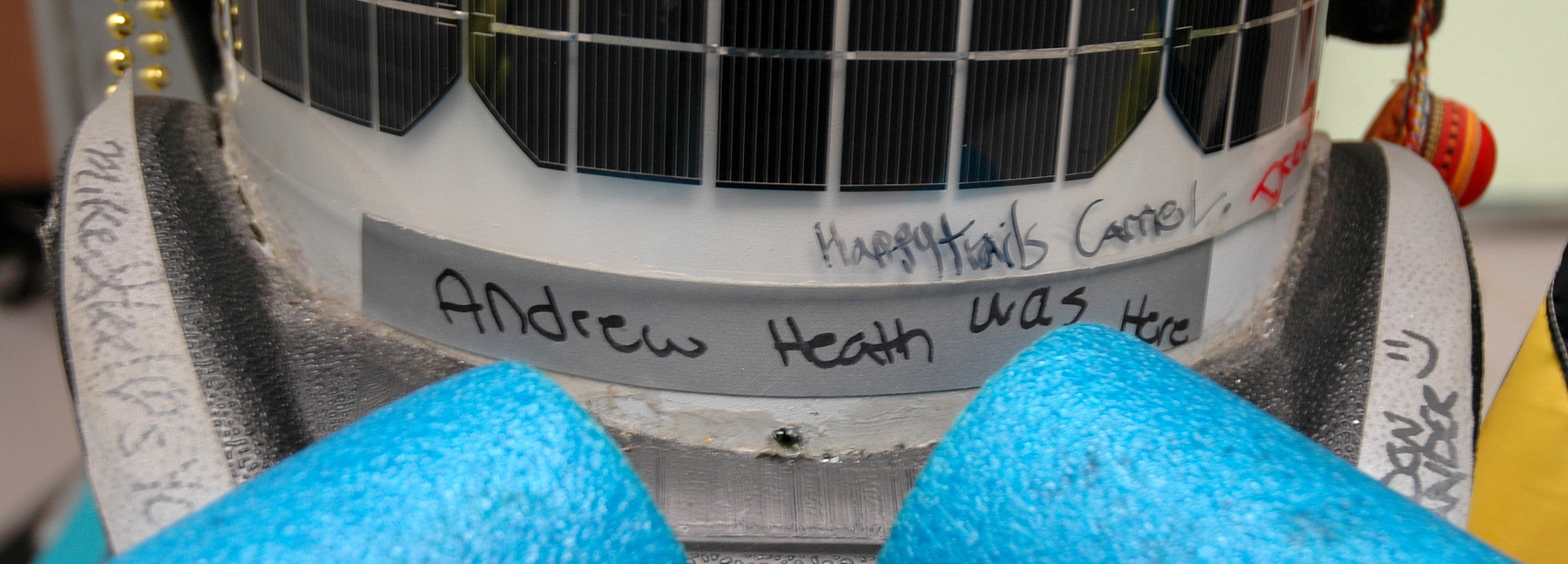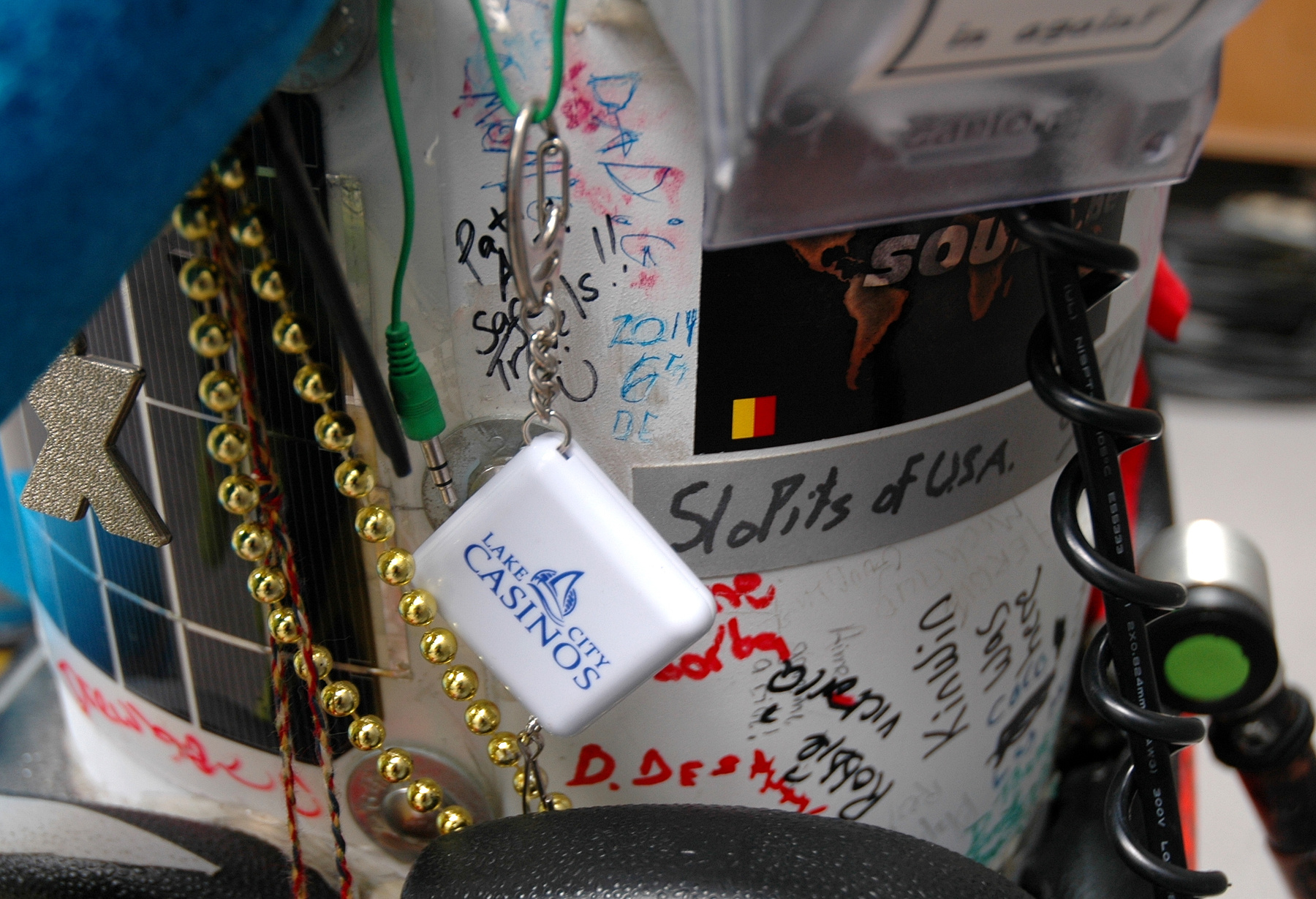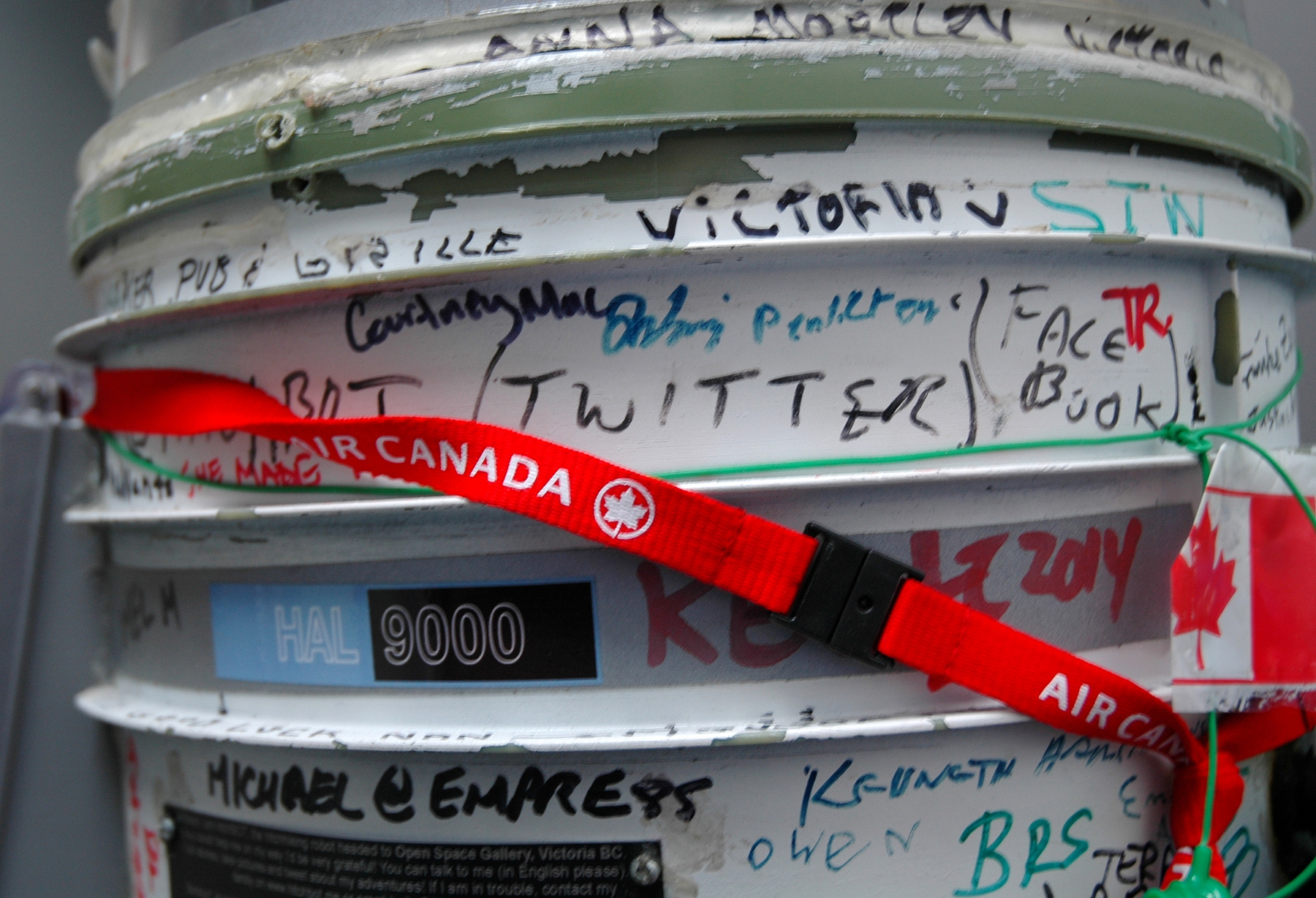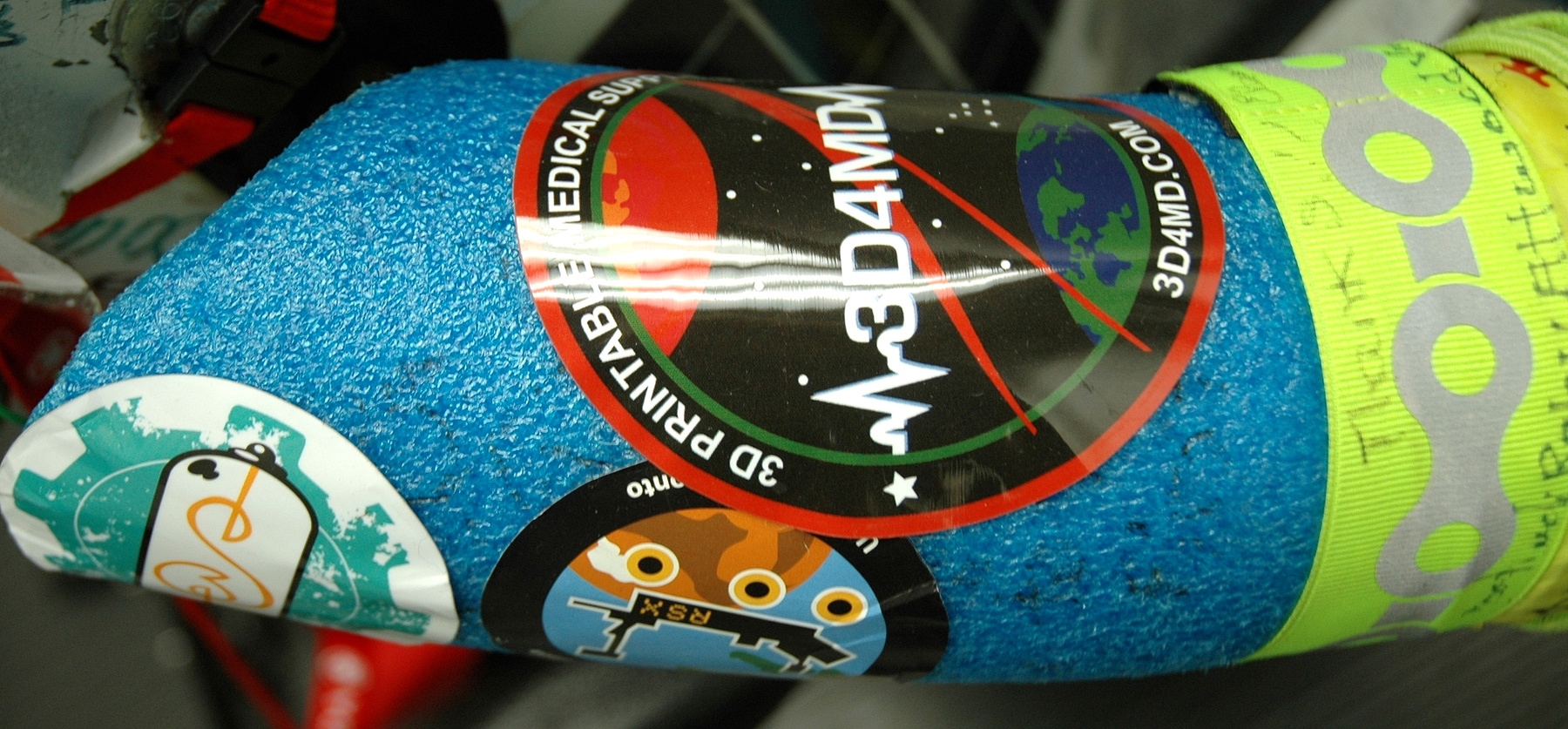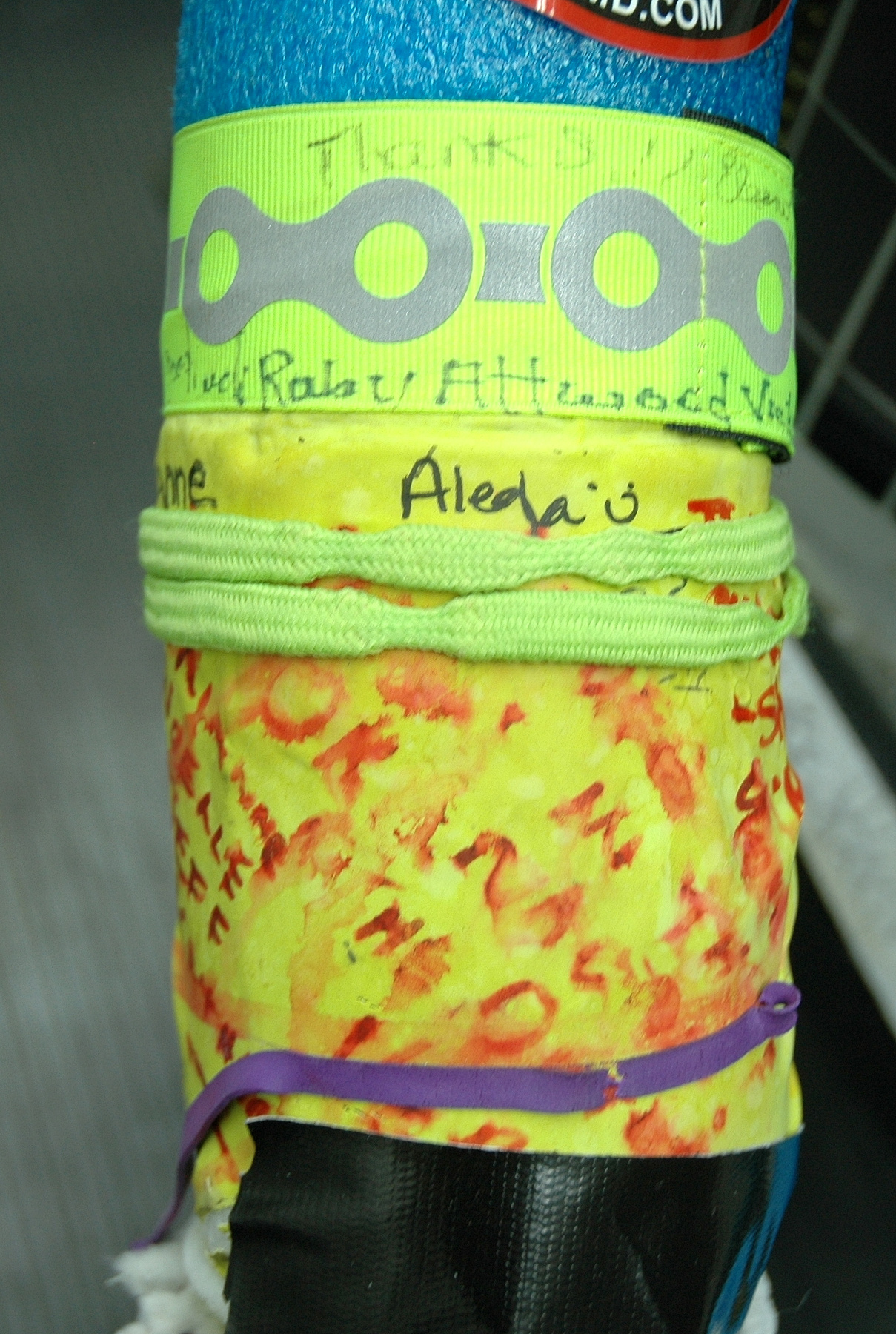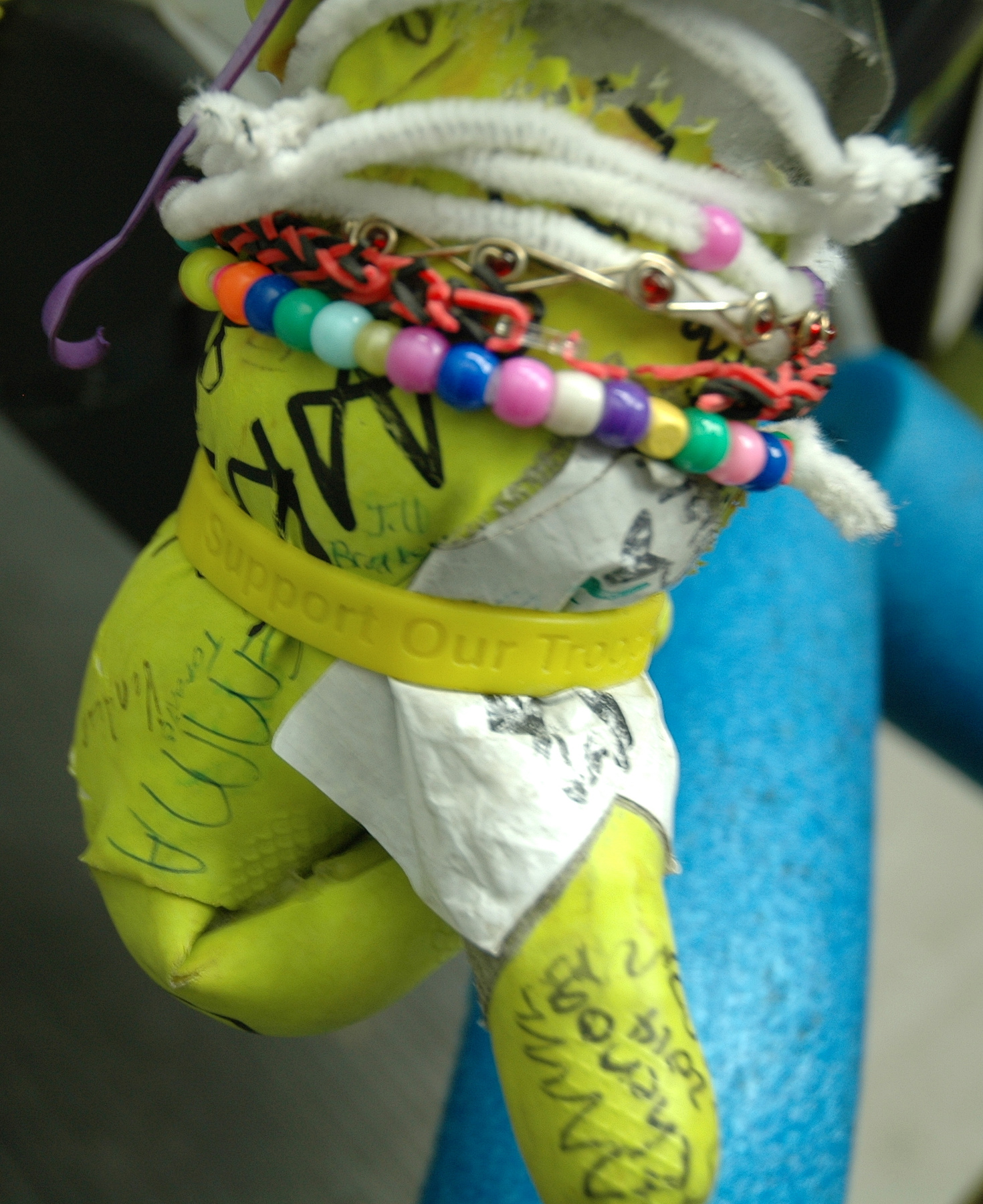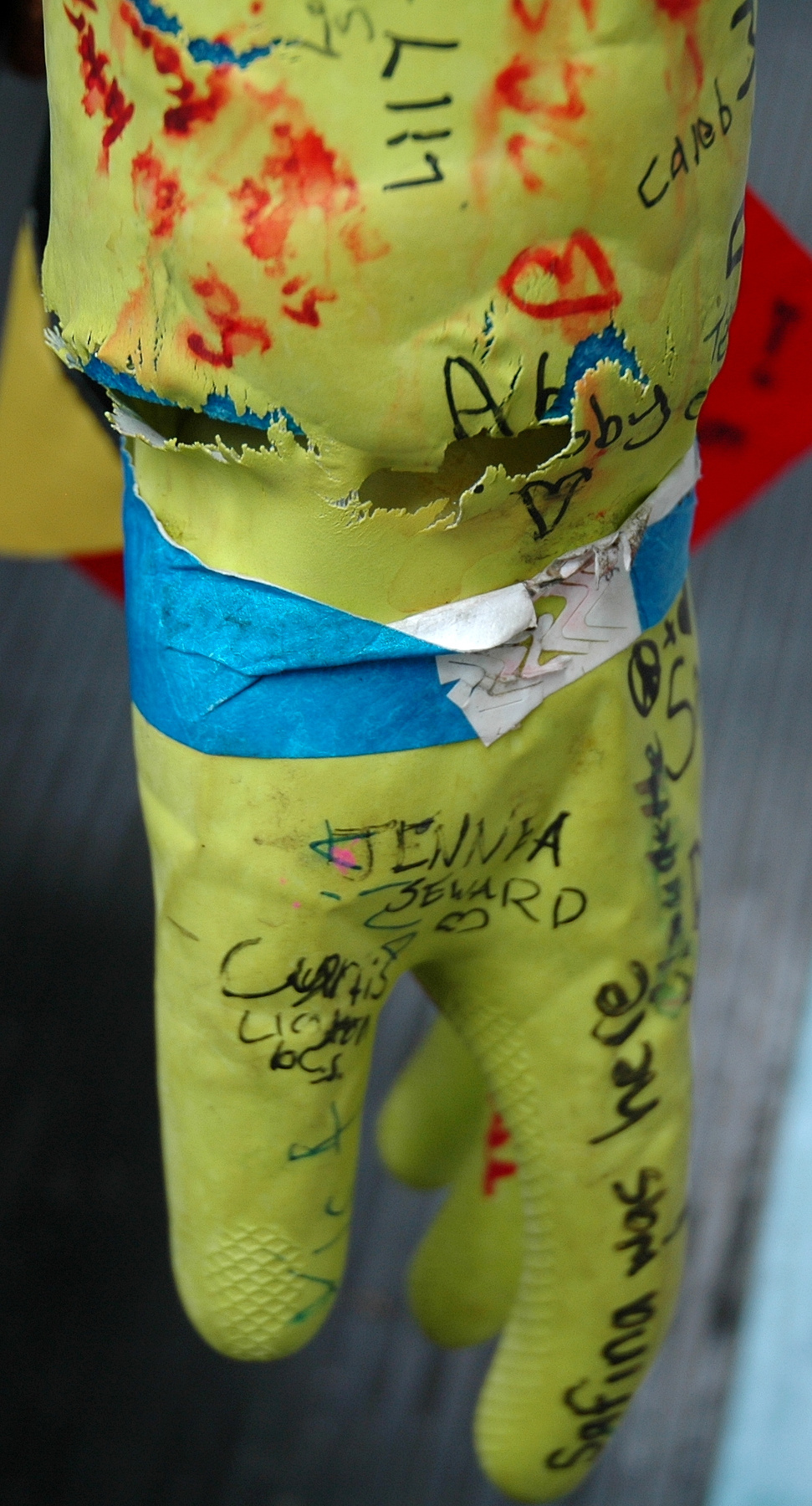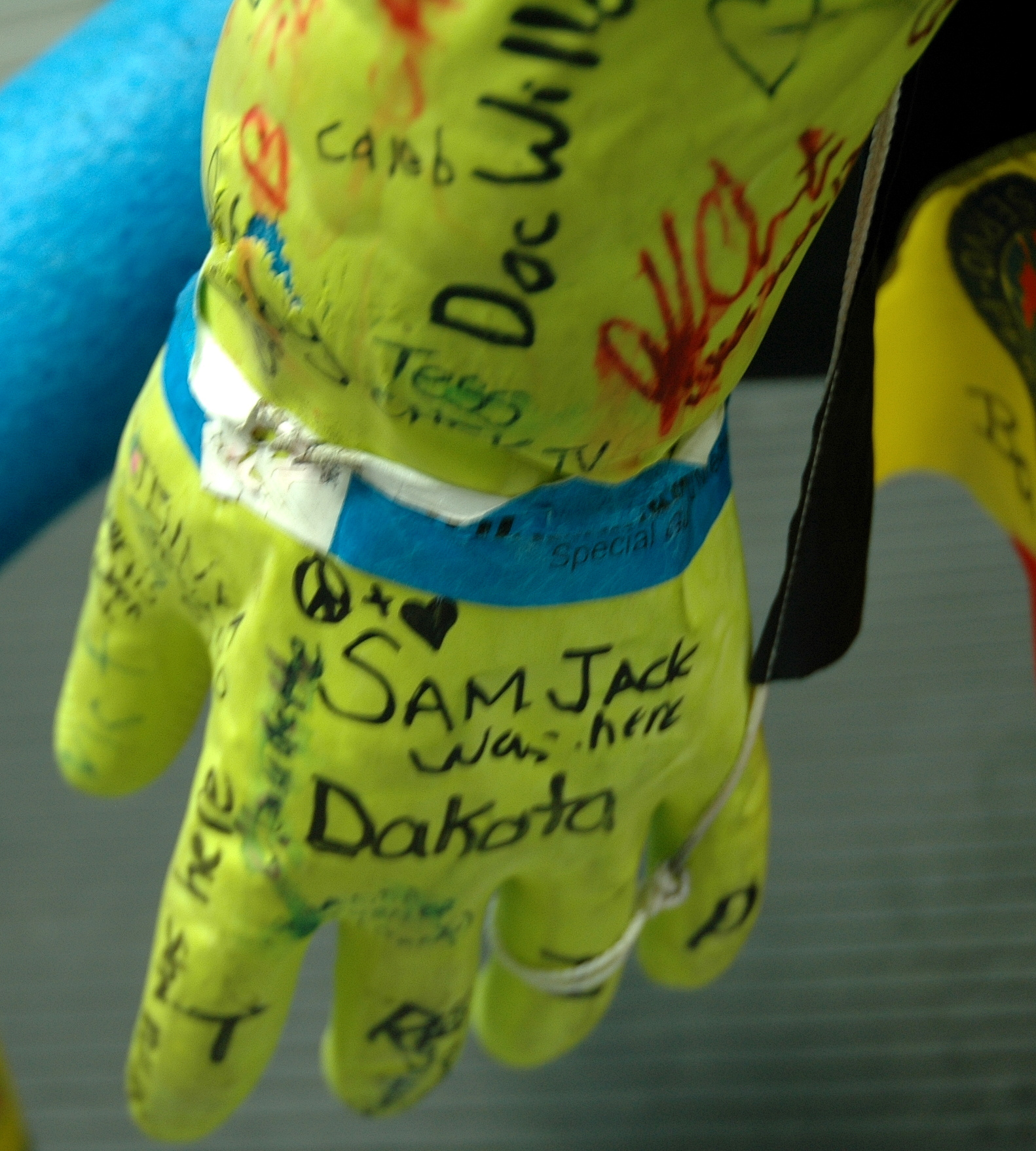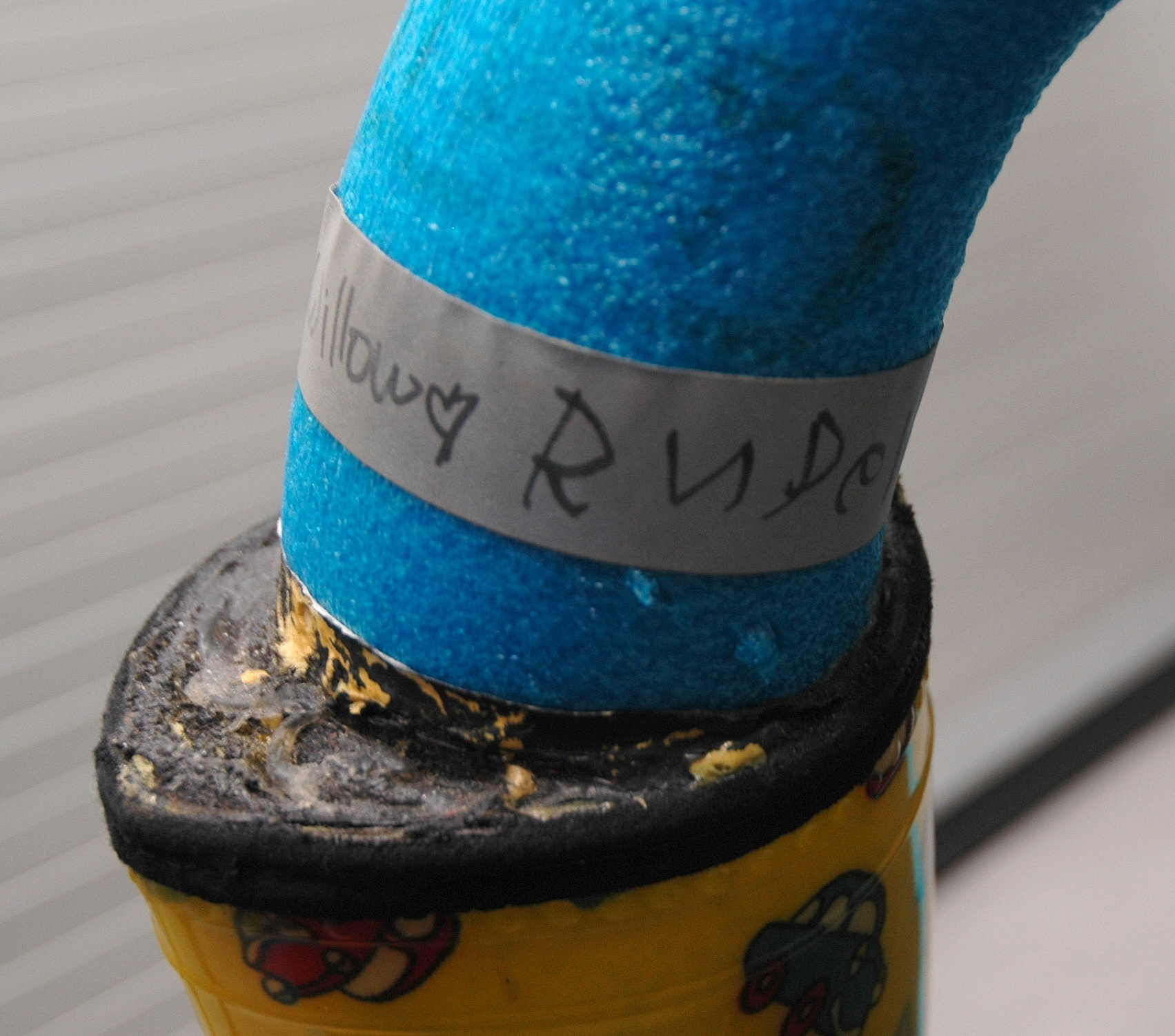Robot
Utiliser cette image
Puis-je réutiliser cette image sans autorisation? Oui
Les images sur le portail de la collection d’Ingenium ont la licence Creative Commons suivante :
Copyright Ingenium / CC BY-NC-ND (Attribution-NonCommercial 4.0 International (CC BY-NC 4.0)
ATTRIBUER CETTE IMAGE
Ingenium,
2015.0119.001
Permalien:
Ingenium diffuse cette image sous le cadre de licence Creative Commons et encourage son téléchargement et sa réutilisation à des fins non commerciales. Veuillez mentionner Ingenium et citer le numéro de l’artefact.
TÉLÉCHARGER L’IMAGEACHETER CETTE IMAGE
Cette image peut être utilisée gratuitement pour des fins non commerciales.
Pour un usage commercial, veuillez consulter nos frais de reproduction et communiquer avec nous pour acheter l’image.
- TYPE D’OBJET
- anthropomorphic
- DATE
- 2014
- NUMÉRO DE L’ARTEFACT
- 2015.0119.001
- FABRICANT
- Harris Smith, Dr. David & Zeller, Dr. Frauke
- MODÈLE
- hitchBOT;Home Built
- EMPLACEMENT
- Port Credit, Ontario, Canada
Plus d’information
Renseignements généraux
- Nº de série
- S/O
- Nº de partie
- 1
- Nombre total de parties
- 3
- Ou
- S/O
- Brevets
- S/O
- Description générale
- Synthetic body, dome and top; foam covered legs and arms; metal support for arms and legs, metal stand and screws; rubber (possible) or synthetic rubber (possible) gloves; synthetic boots; synthetic cord covering; metal electrical connections;
Dimensions
Remarque : Cette information reflète la taille générale pour l’entreposage et ne représente pas nécessairement les véritables dimensions de l’objet.
- Longueur
- 70,0 cm
- Largeur
- 70,0 cm
- Hauteur
- 111,0 cm
- Épaisseur
- S/O
- Poids
- S/O
- Diamètre
- S/O
- Volume
- S/O
Lexique
- Groupe
- Technologie informatique
- Catégorie
- Dispositifs numériques
- Sous-catégorie
- S/O
Fabricant
- Ou
- Harris Smith Zeller
- Pays
- Canada
- État/province
- Ontario
- Ville
- Port Credit
Contexte
- Pays
- Canada
- État/province
- Inconnu
- Période
- July - August of 2014
- Canada
-
hitchBOT was developed in Port Credit, Ontario, as part of a collaborative art/research project undertaken by Dr. David Harris Smith (McMaster University) and Dr. Frauke Zeller (Ryerson University). Broadly speaking, hitchBOT was designed to experiment with a new approach to artificial intelligence – as part of an emerging field the authors describe as “cultural robotics” – while also seeing whether an immobile but friendly robot could autonomously negotiate its way across a significant geographical space (i.e. from one coast of Canada to the other). The success of the project has made it one of the more interesting public examples of artificial intelligence experimentation in recent years, and its rich Canadian provenance makes it an excellent addition to our existing computing and communications collection (more on this later). hitchBOT’s journey across Canada began on July 27, 2014 when it was placed by the side of the road in Halifax, Nova Scotia, and left to negotiate its own way across Canada. Over 26 days, it successfully hitchhiked over 6,000 km to Victoria, British Columbia, without any intervention on the part of its creators. During this time it spent hours interacting with Canadians of all ages under a variety of circumstances: it took rides in automobiles, ferries and canoes; went camping; was received as guest of honour at a First Nations pow-wow; attended a wedding; and received numerous souvenirs and some companion stuffed toys and robots. In the process it gained 35K Twitter followers, 12.6K Instagram followers, solicited 48.2K likes on Facebook, received 355K plays on Vimeo, was tagged in 353 photos online, and generated 195K hits on its personal website. Those who met hitchBOT also regularly posted their own images, videos, and stories on social media, which has resulted in an incredibly rich “unofficial” archive of hitchBOT’s interactions with Canadians on the internet. The Canadian and international media also took a particular interest in hitchBOT, publishing feature articles during its initial cross-Canada journey and even promoting it – and encouraging readers to give it a lift – on subsequent journeys. While the original hitchBOT was retired after the initial 2014 journey, a second hitchBOT robot was built which successfully hitchhiked across Germany, took a country-wide “vacation” to the Netherlands, and made a partial trip across the US before being destroyed and robbed for parts in Philadelphia in August, 2015. Rather than give the second robot a new name, the creators opted to maintain a single identity for hitchBOT throughout the entire experiment. Interestingly, and perhaps an outgrowth of the original Canadian journey, online followers and fans of the robot – as well as journalists and other commentators – consistently identified and described hitchBOT as a Canadian citizen. This is despite the creators never explicitly branding hitchBOT “Canadian” as such, nor willfully promoting this interpretation in interviews or other outreach activities. Beyond the extensive digital archive of its travels – which can be accessed by scrolling through hitchBOT’s social media pages, visiting hitchBOT’s personal website, using Google image search, employing hashtags to scan other social media user accounts, and reading various “official” and “unofficial” media reports – hitchBOT’s physical body is also an incredibly rich archive of its trip across Canada. As mentioned above, as Canadians interacted with hitchBOT along its journey, they also bought it gifts and souvenirs, signed its body with well wishes and autographs, and adorned it with other cultural symbols (the Salish First Nations community, for example, gave hitchBOT a small feather headdress to commemorate its visit). The Ontario Anishinaabe people were so enamoured by hitchBOT that they even gave it an honourary First Nations name: “Biiaabkookwe,” meaning “woman of steel.” (From Acquisition Proposal, see Ref. 1) - Fonction
-
The hitchBOT robot uses artificial intelligence, robotic gestures (lights and hand motion), global positioning software (GPS), and language functioning (voice and text), to interact with humans and persuade them to help it reach its travel/experiential goals. It also uses an onboard camera, GPS, and internet connection to upload images to a secure server, which the hitchBOT development team then uses to post images, video, and stories of its travels on the web (via Twitter, Facebook, Instagram, Vimeo, Storify, and hitchBOT’s personal website). (From Acquisition Proposal, see Ref. 1) - Technique
-
The robot was designed to contribute to an emerging field called “cultural robotics,” which the authors say involves “the creative use of robots and AI to manifest a reflexive action highlighting the construction of values, identities, and beliefs” (Smith & Zeller 2015). hitchBOT’s contribution to this field can be found in its a unique approach to artificial intelligence, which privileges social proficiency (i.e. “likability”) over complex on-board intelligence (i.e. “smarts”). Specifically, hitchBOT was designed to be as simple, non-intimidating, and anthropomorphic as possible, so as to encourage human interaction, facilitate the formation of social bonds, and increase the chances that humans would be willing to engage with the robot and help it complete simple tasks (in this case, travel to several pre-determined locations across Canada). While it’s still too early to determine the long-term impact of hitchBOT and its unique contribution to cultural robotics, a number of research projects are currently underway to interpret the results of the experiment and begin exploring new applications for this technology. For example, hitchBOT’s creators have already entered into a partnership with Airbus to build a social robot that will accompany and entertain astronauts at the international space station, and have also taken the first steps toward developing an educational robot that might assist Canadian First Nations communities with their language preservation challenges. With regards to international recognition, Dr. Smith and Dr. Zeller have received a number of awards, including a prestigious Silicon Valley Innovation & Entrepreneurship Top 30 Innovators Award. hitchBOT has also been featured in art galleries and festivals, museums, and science and technology fairs around the world. (From Acquisition Proposal, see Ref. 1) - Notes sur la région
-
Inconnu
Détails
- Marques
- In white lettering on the proper top: "#hitchbot/ #hitchbot"/ On proper front front of body in black lettering: "VICTORIA BC or BUST!"/ "www.hitchbot.me"/ White label on a clear frosted cover on proper left side: "If I am/ plugged-in/ and not/ talking for/ one hour,/ just unplug me/ and/ plug me/ back/ in again!"/ On black panel on proper back: "Hi there I am hitchBOT, the hitchhiking robot headed to Open Space Gallery, Victoria BC./ If you could help me on my way I'd be very grateful! You can talk to me (in English please)./ I tell stories, take pictures and tweet about my adventures! If I am in trouble, contact my/ family on www.hitchbot.me or email hello@hitchbot.me./ Bonjour! Je suis hitchBOT, le robot auto-stop en route vers la Gallerie Open Space de/ Victoria, C.-B. J'apprecierais enormement votre aide! Vous pouvez me parler/ (en anglais s'il vous plait). Je raconte des histoires, prends des photos, et envoie des/ tweets au sujet de mes adventures! Si je suis end difficulte, communiquez avec ma/ famille sure www.hitchbot.me, ou envoyez-leur un email a hello@hitchbot.me."/ Below the text is a series of four pictographs with the following captions: "Lift Stand"/ "Buckle Up"/ "Charge Battery"/ "Distance Roadside"/ At the base of the seat is an orange sticker that reads: "FRAGILE/ HANDLE WITH CARE"/ See attached photographs for inscriptions and stickers left on the robot over the course of its travels.
- Manque
- Appears complete
- Fini
- Artifact has a black top on a clear dome, which surrounds a set of black, white, and green LED panels. The body is a round, white synthetic container covered with black solar cells, black markings, and silver coloured reflective tape. On the proper back is a black panel with silver coloured markings. The body is attached to a black synthetic seat with an orange sticker on the proper back. From the proper front protrude two "legs" covered in blue foam with a pair of yellow, red, green and black boots. From the sides of the body protrude two "arms" covered in blue foam with a pair of yellow rubber gloves. There are also numerous other objects and different colours of inscriptions that accumulated over the course of its travels.
- Décoration
- S/O
FAIRE RÉFÉRENCE À CET OBJET
Si vous souhaitez publier de l’information sur cet objet de collection, veuillez indiquer ce qui suit :
Harris Smith, Dr. David & Zeller, Dr. Frauke, Robot, vers 2014, Numéro de l'artefact 2015.0119, Ingenium - Musées des sciences et de l'innovation du Canada, http://collections.ingeniumcanada.org/fr/id/2015.0119.001/
RÉTROACTION
Envoyer une question ou un commentaire sur cet artefact.
Plus comme ceci
